The 1990s in Manhattan were more than just a bridge between two millennia; they were a vibrant era of transformation, echoing with the sounds of the past while embracing the promises of the future. Streets thrummed with new rhythms, iconic television shows celebrated the city’s character, and every corner seemed to whisper of stories waiting to be told. Dive into the captivating world of 1990s Manhattan, where every alleyway and avenue reflected a city on the cusp of a new era.
From Skyline to Street Art
The ’90s in Manhattan bore witness to the continued metamorphosis of the city’s iconic skyline. As skyscrapers reached new heights, so too did the urban art scene, with graffiti artists like Jean-Michel Basquiat leading the charge. The streets became a gallery, showcasing the city’s pulse and passion, reflecting the decade’s blend of grit and glamour.
The Soundtrack of the Streets
Music was evolving, and Manhattan was at the heart of it all. The hip-hop scene grew exponentially, with artists like Jay-Z and Nas narrating life in the Big Apple. Clubs reverberated with the sounds of grunge, alternative rock, and pop, as MTV’s influence seeped into the culture. The CD boom was in full swing, with Tower Records on Broadway becoming a mecca for music enthusiasts.
Silver Screens & Broadway Dreams
The cinema of the ’90s in Manhattan was nothing short of iconic. With movies like “You’ve Got Mail” portraying the quaint charm of the Upper West Side and the rise of indie films, Manhattan’s theaters were always packed. On Broadway, shows like “Rent” brought contemporary issues to the stage, encapsulating the city’s essence and energy in every performance.
Coffee Shops & Digital Hops
The ’90s also saw the rise of internet cafes and the beginnings of the digital revolution. Manhattanites witnessed the birth of the World Wide Web, with many experiencing their first email or chat room in cozy cafes scattered around the borough. This digital dawn signaled a new era, with Manhattan once again at the forefront of change.
The 1990s saw Manhattan’s literary scene bloom in tandem with its coffee culture. Independent bookstores and cozy coffee shops became the haunts of budding writers and established authors. The renowned “The New York Trilogy” by Paul Auster or Candace Bushnell’s “Sex and the City” captured the nuances of Manhattan life, influencing a generation. Coffee houses, on the other hand, transformed into spaces of intellectual discourse and creativity. This was the era when Central Perk, the fictional coffee spot in the TV show “Friends,” became an emblematic representation of Manhattan’s thriving café scene.


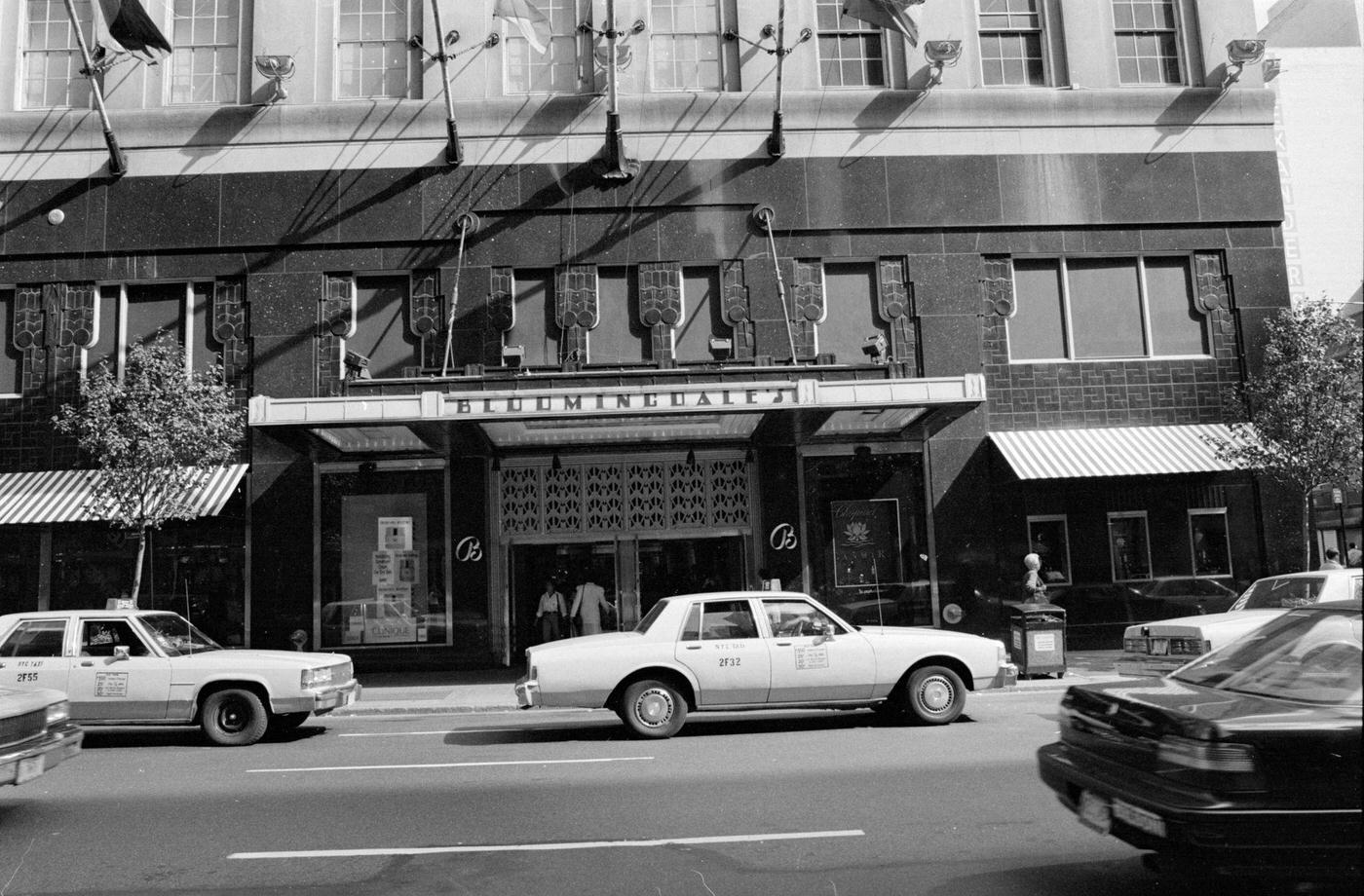
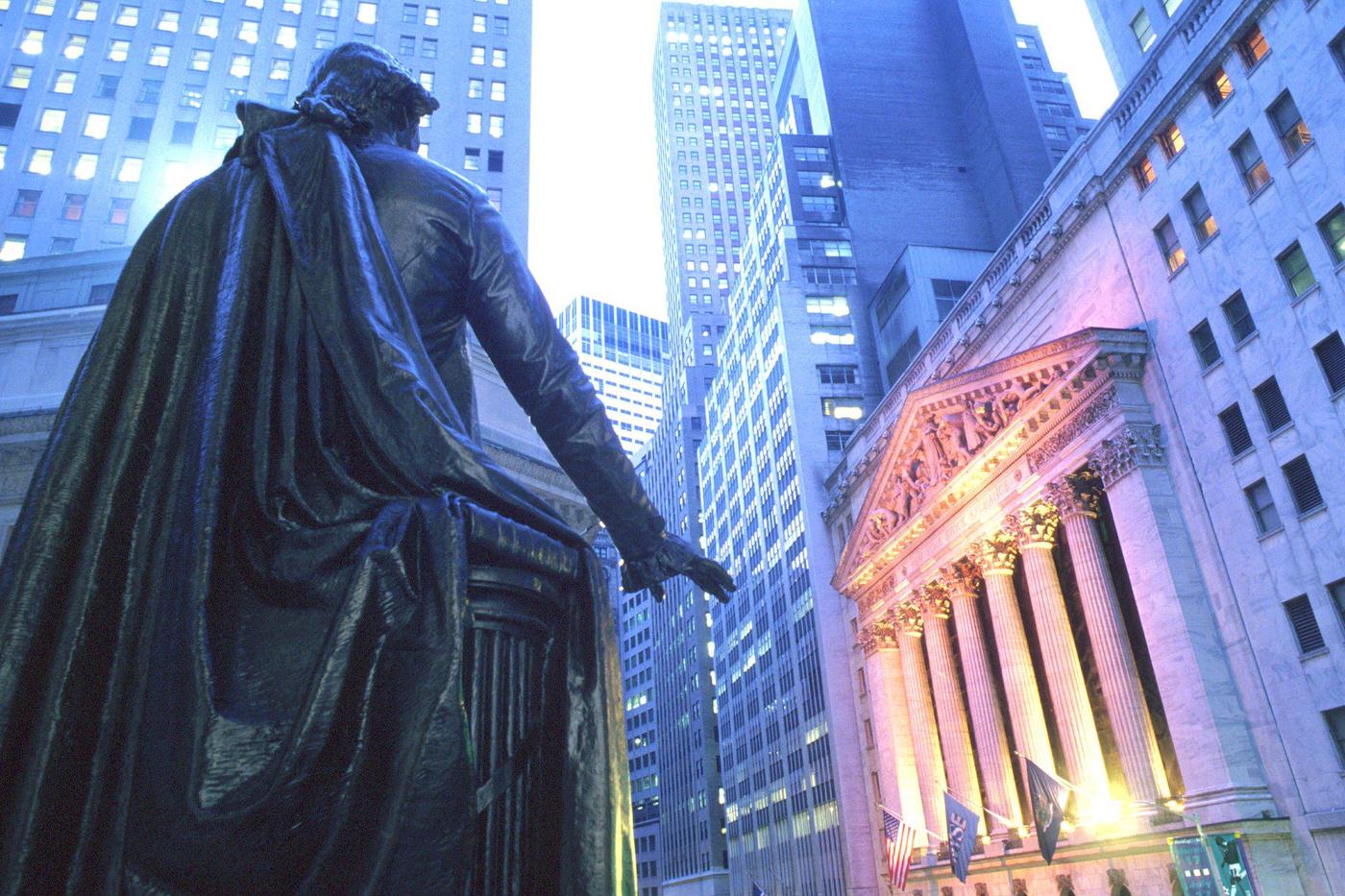
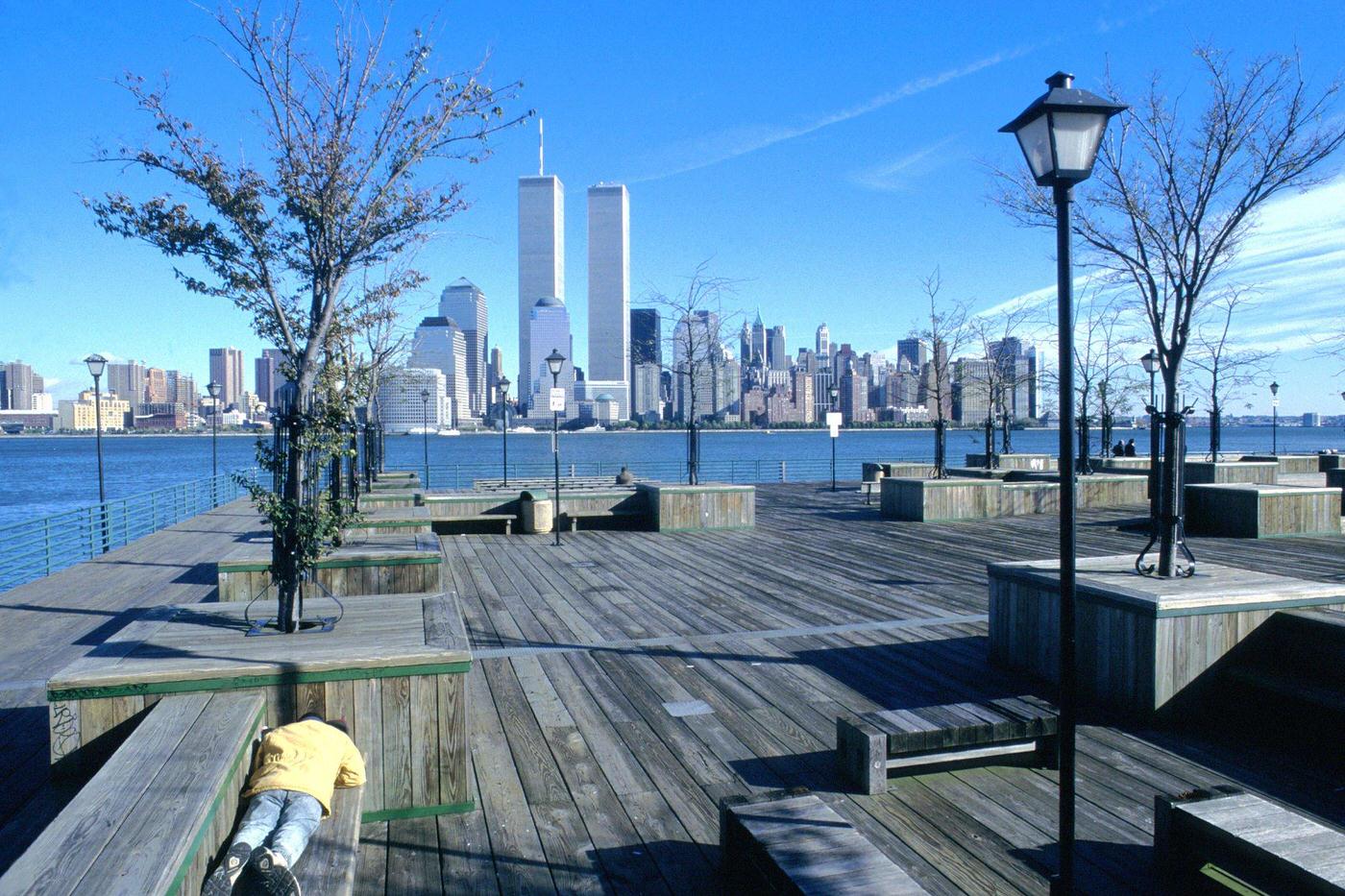
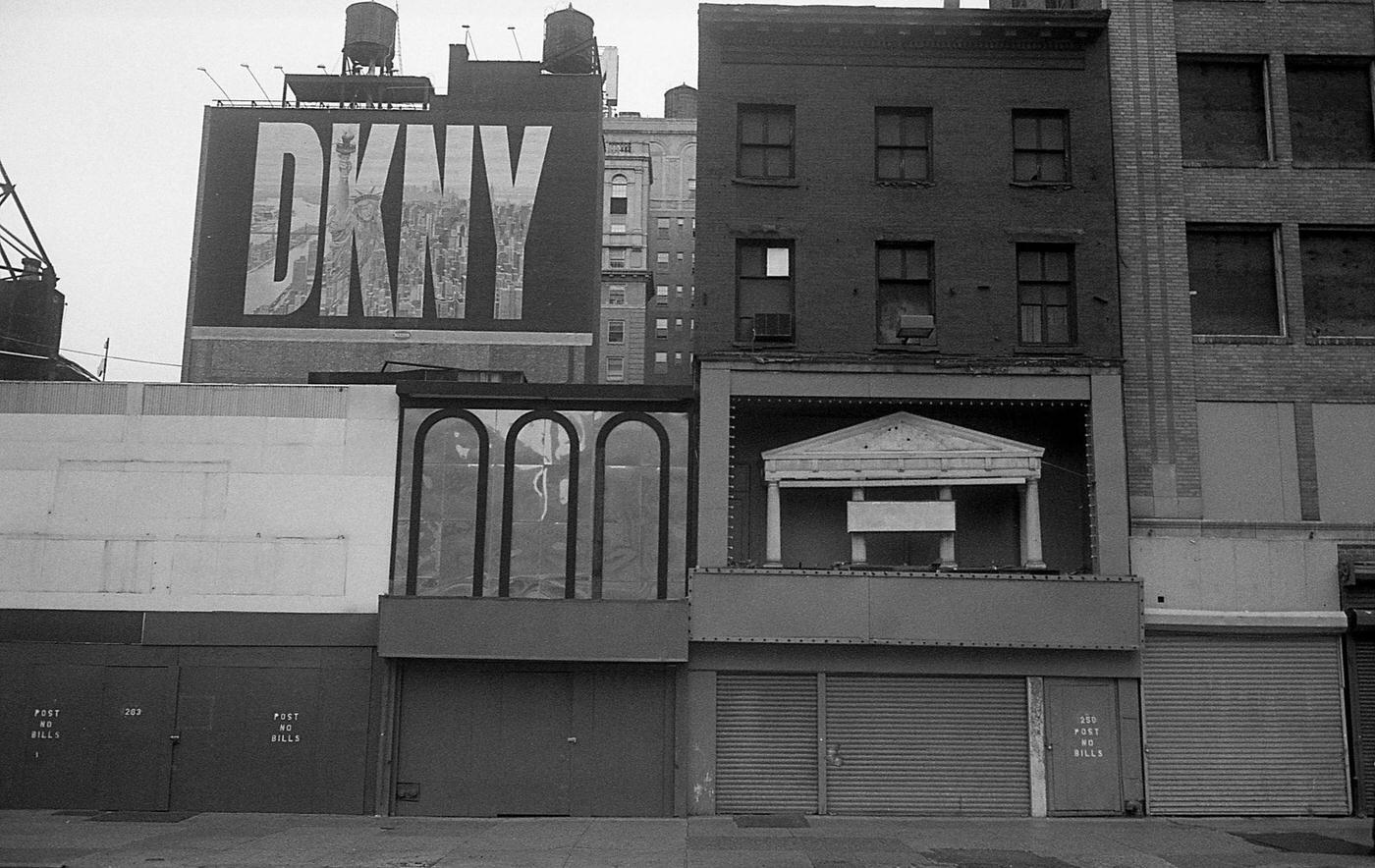
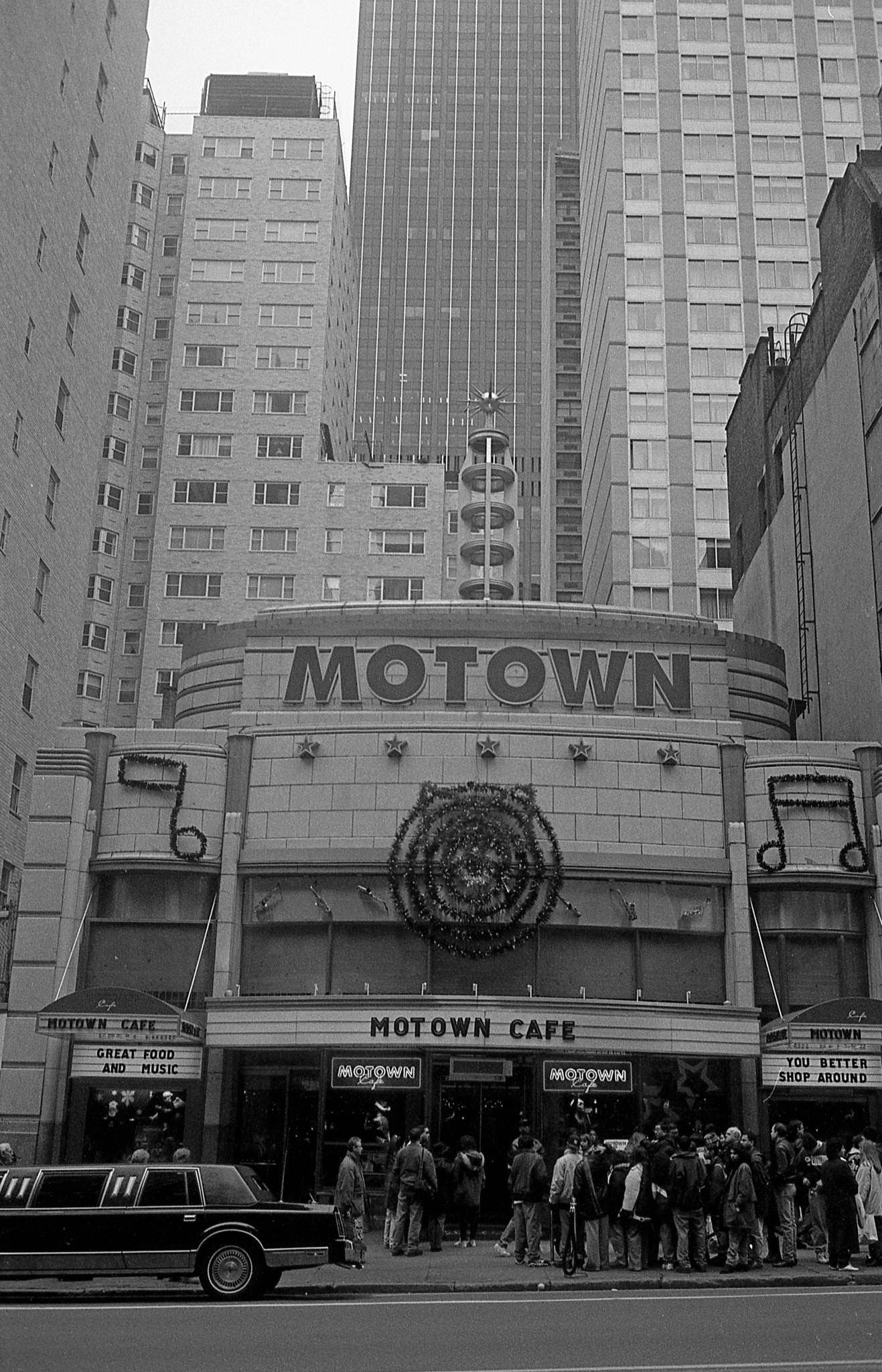

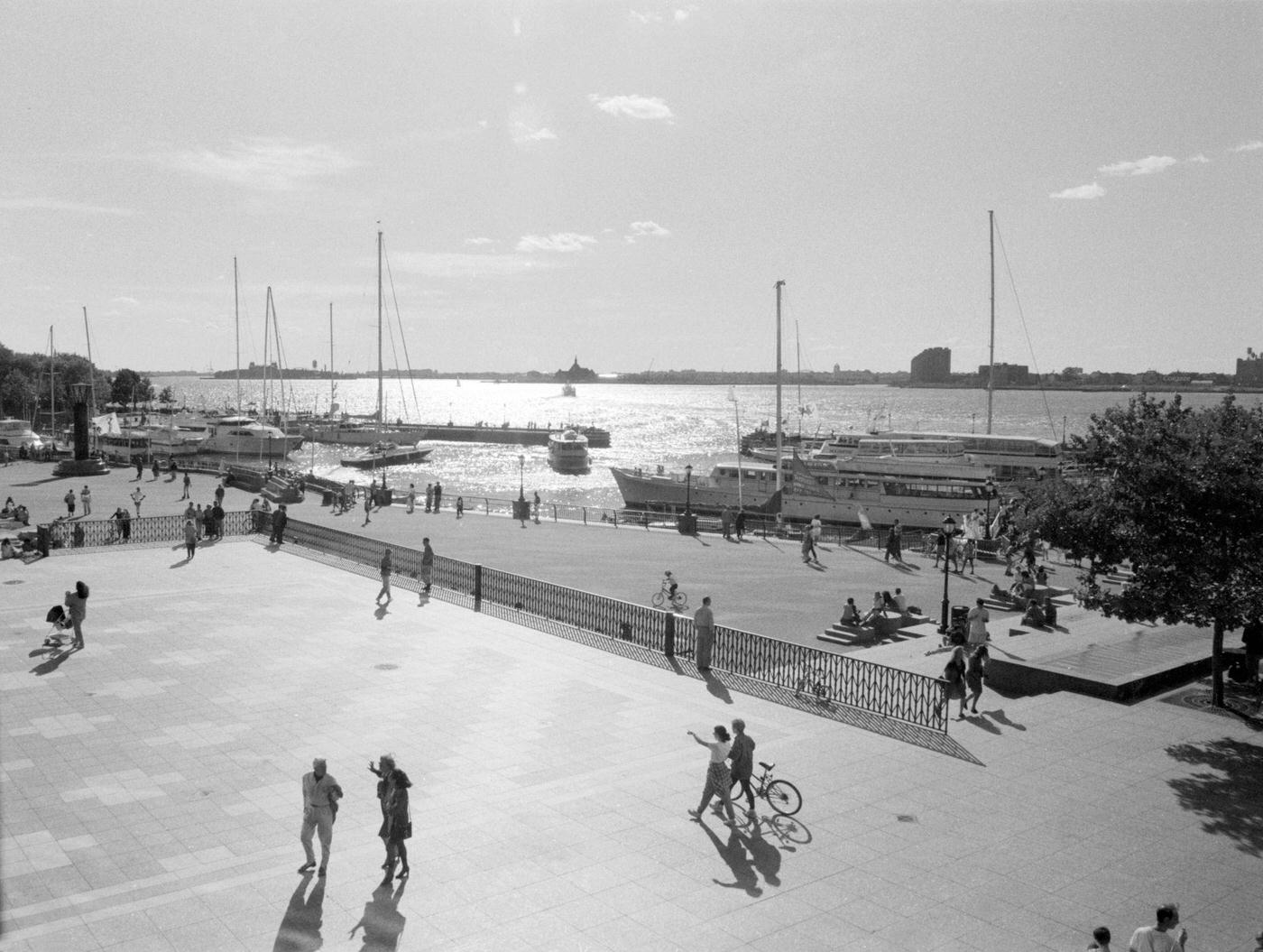
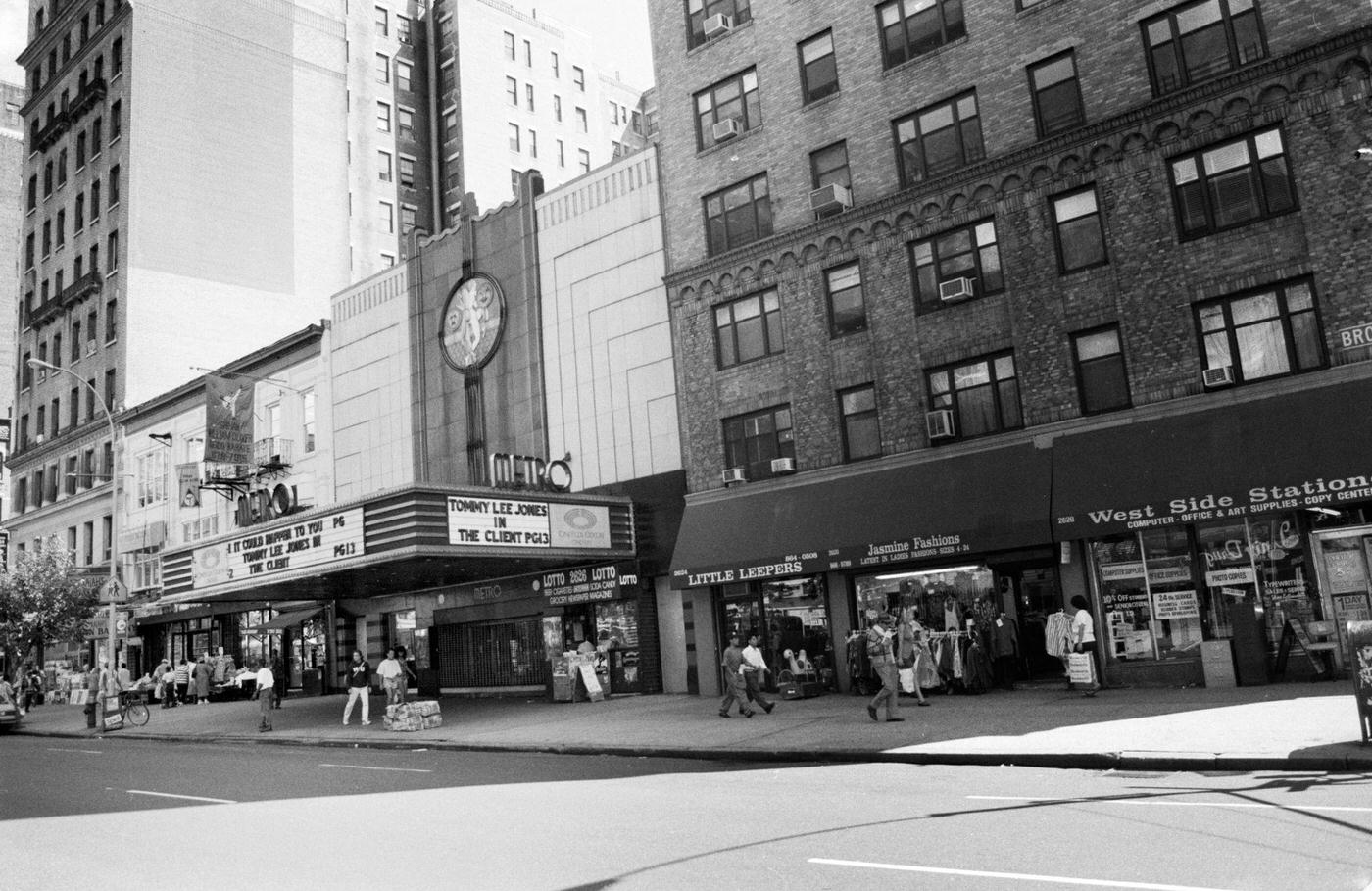
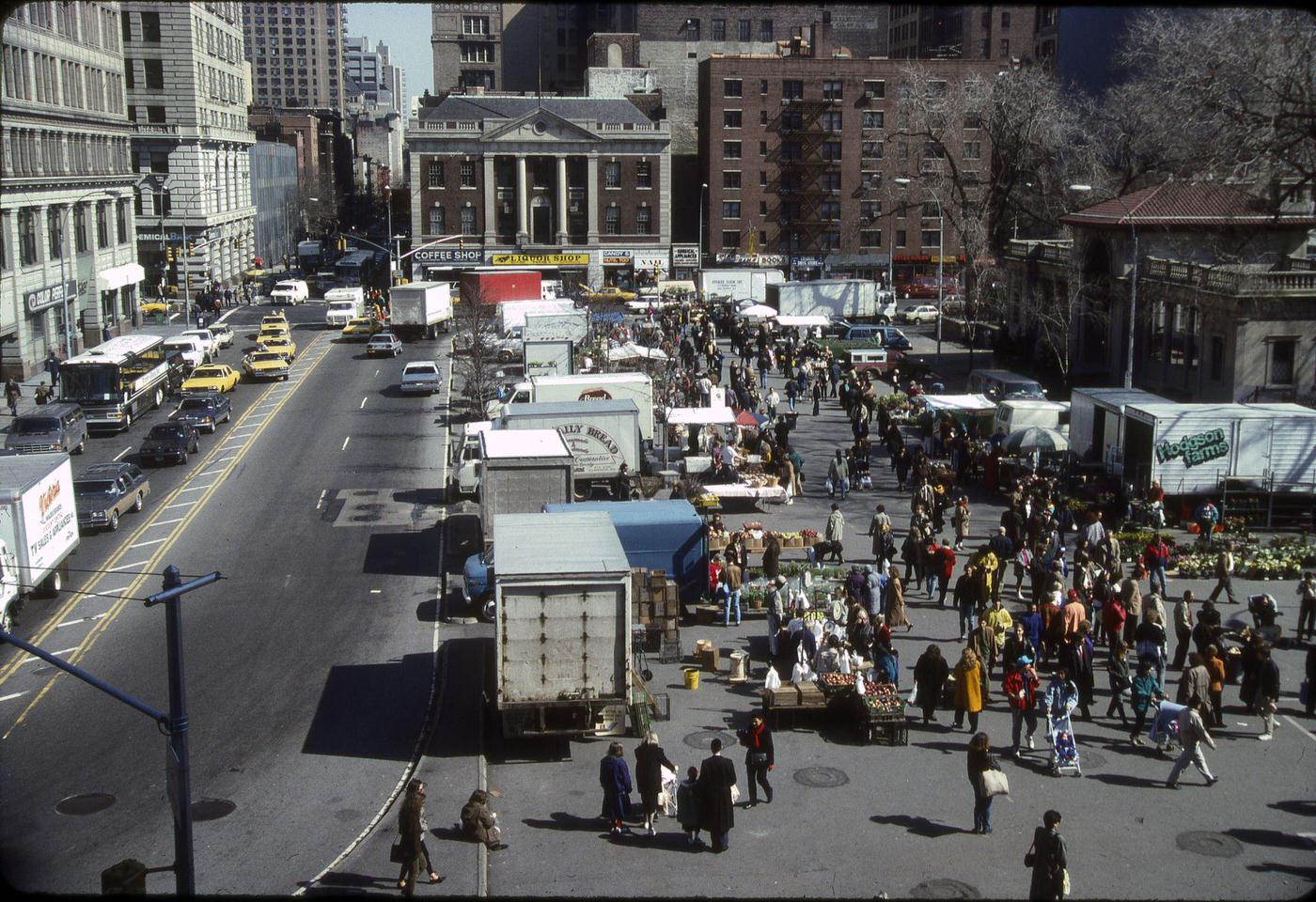
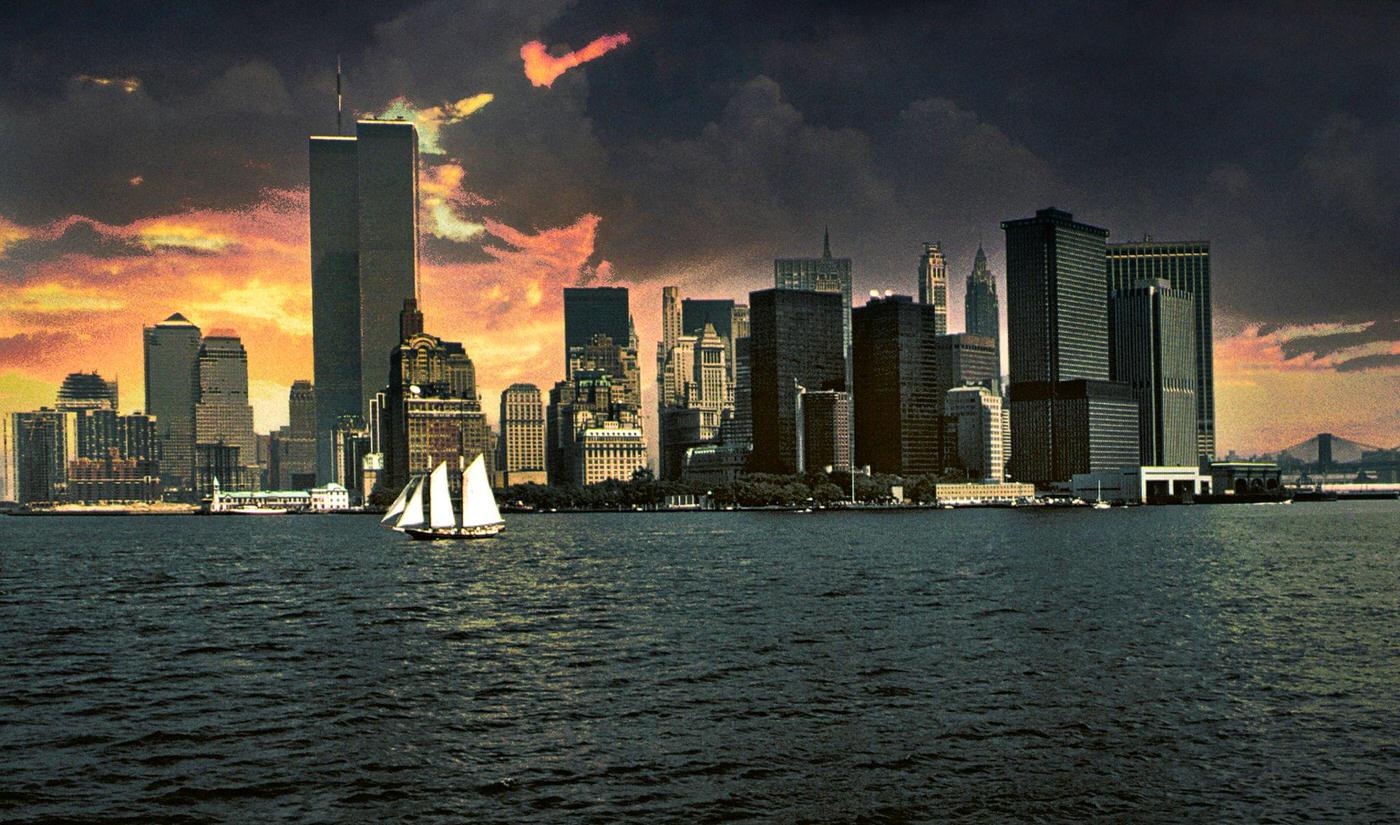
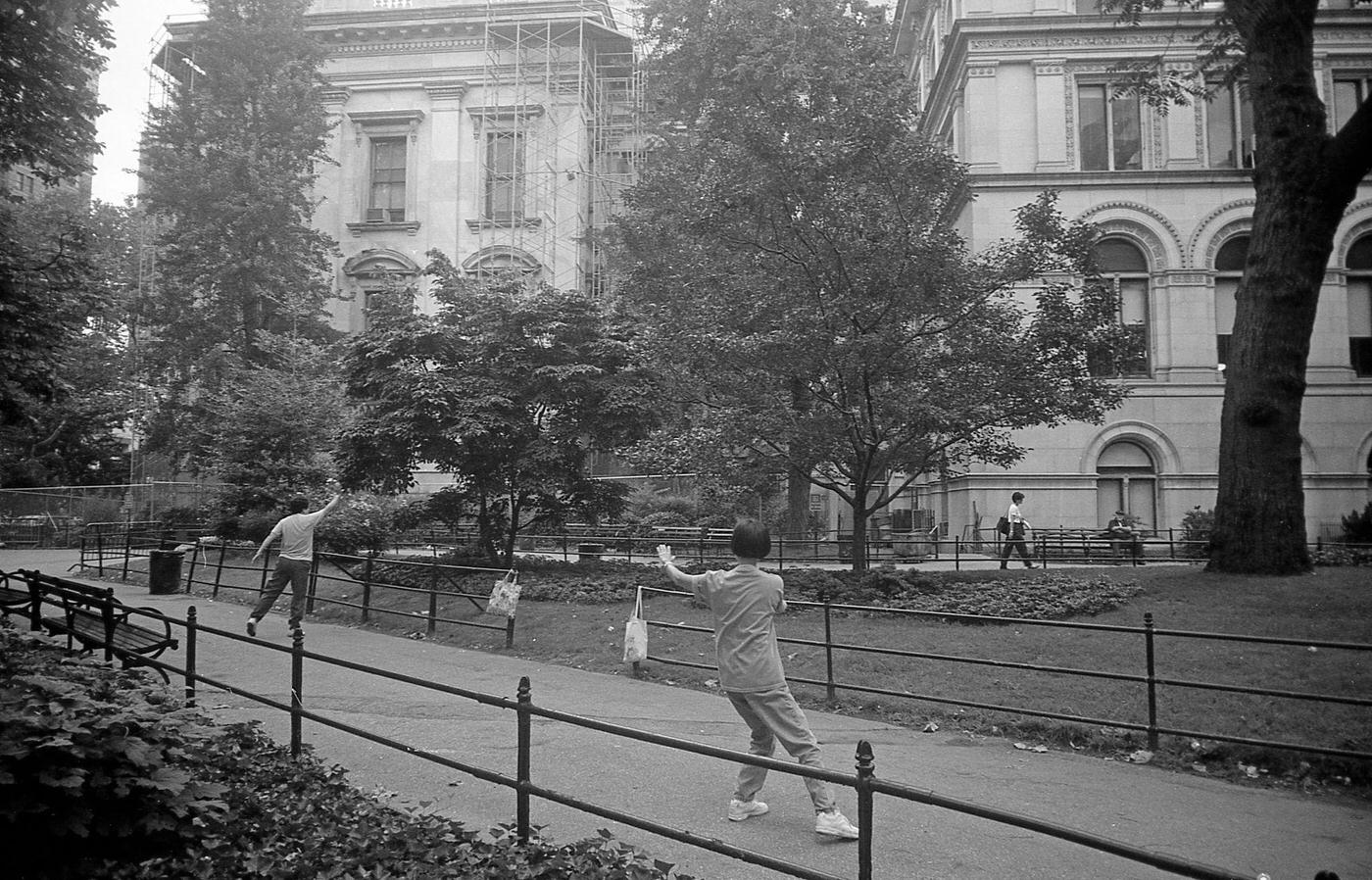
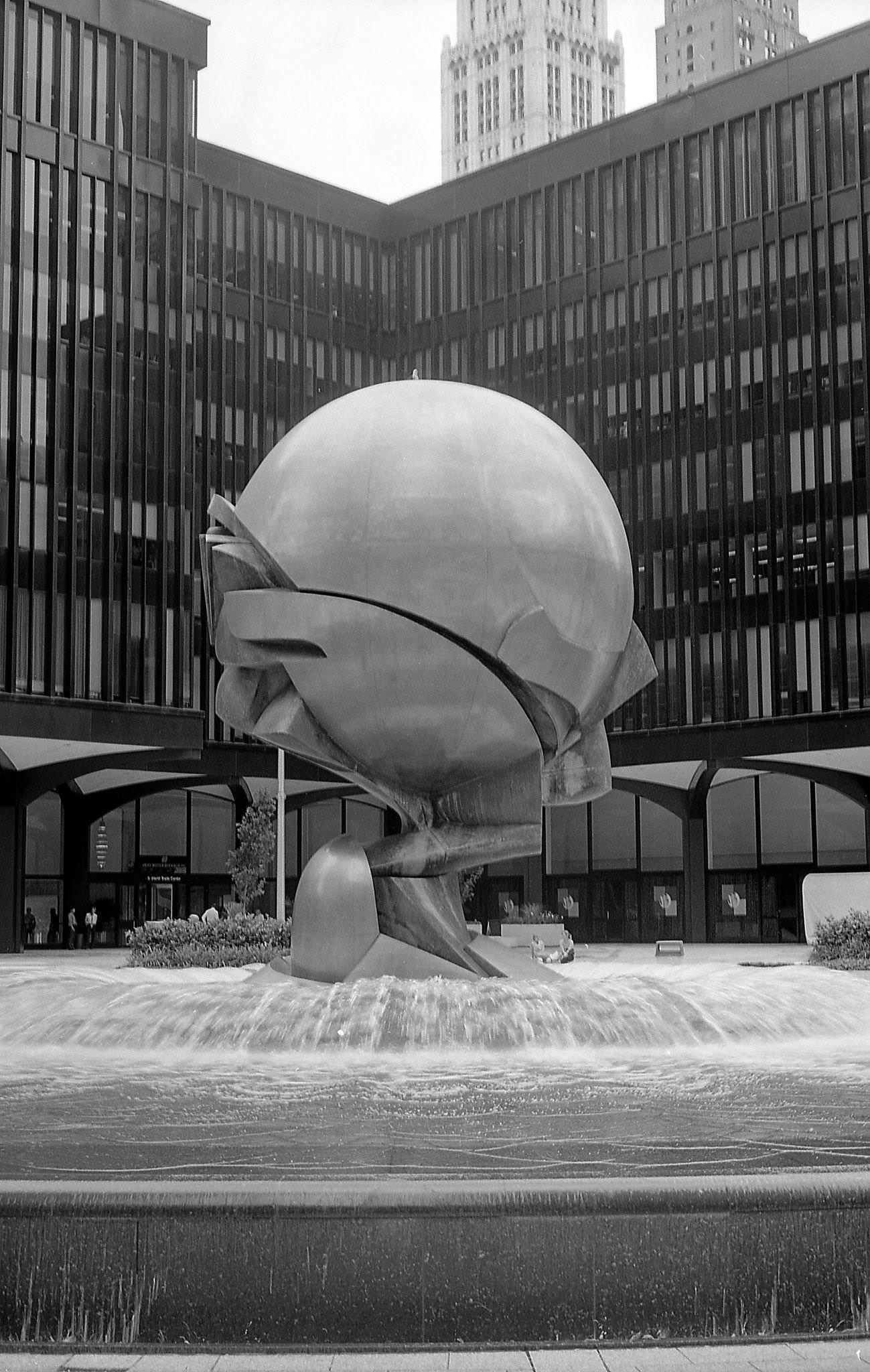
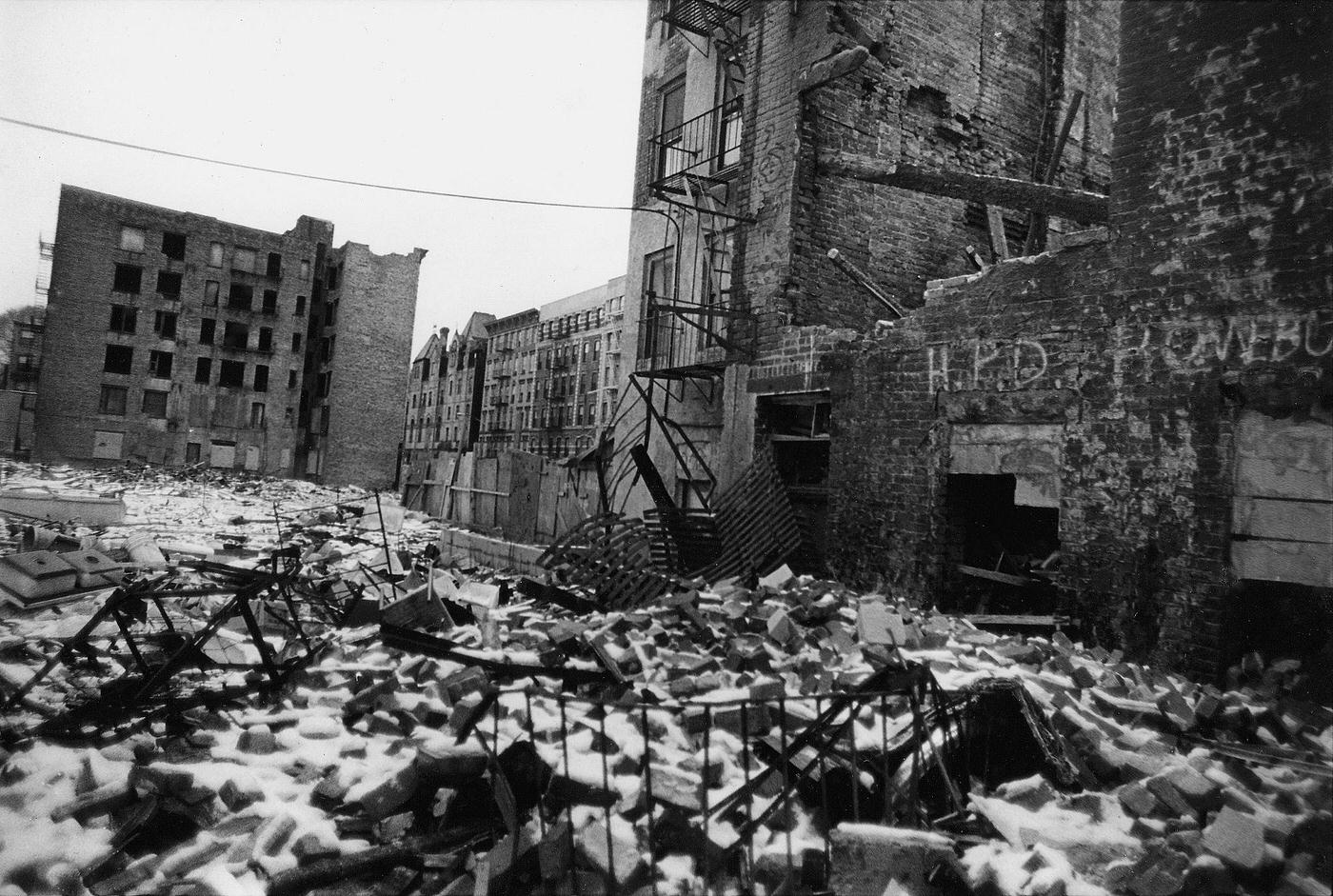
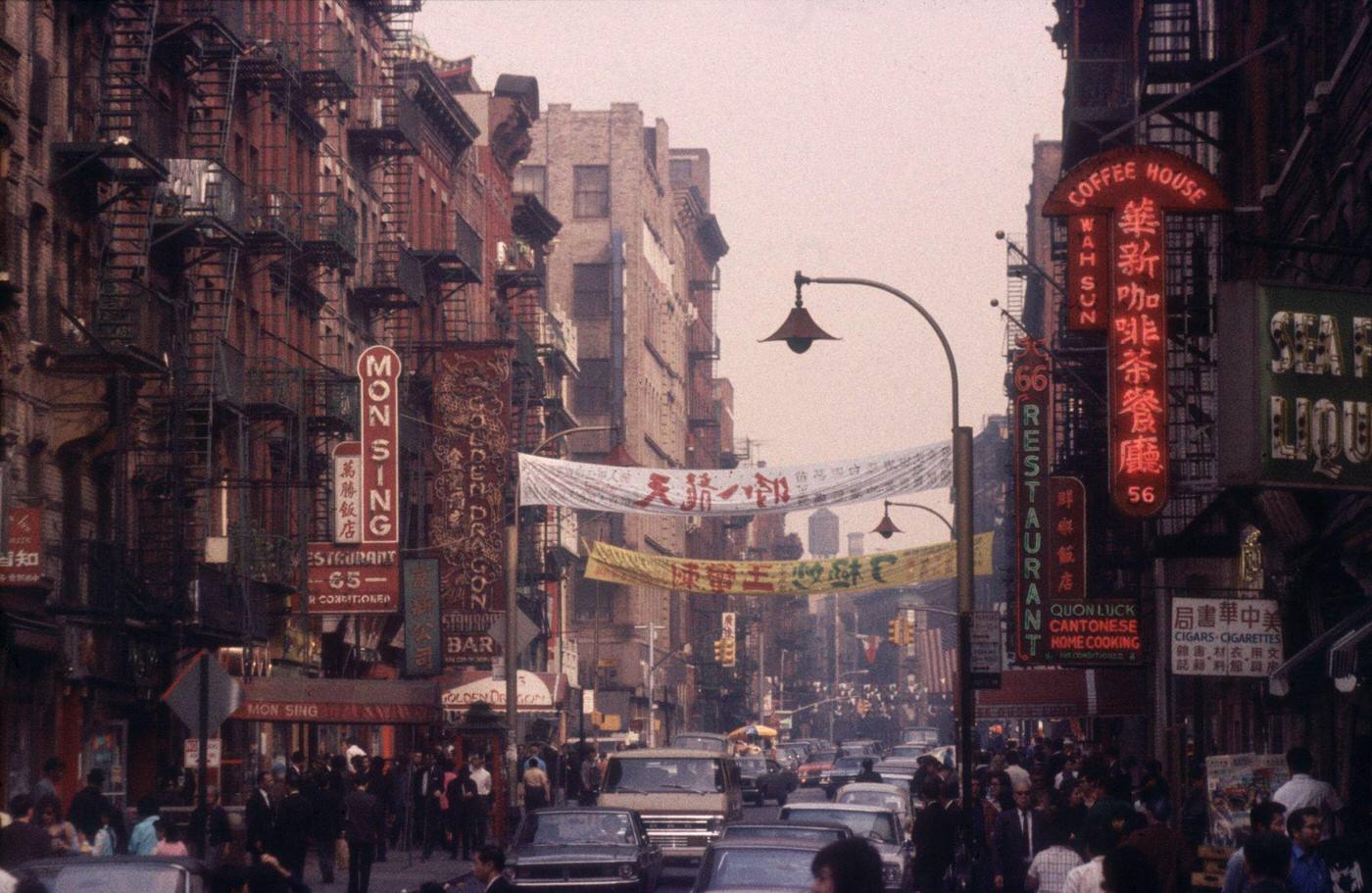
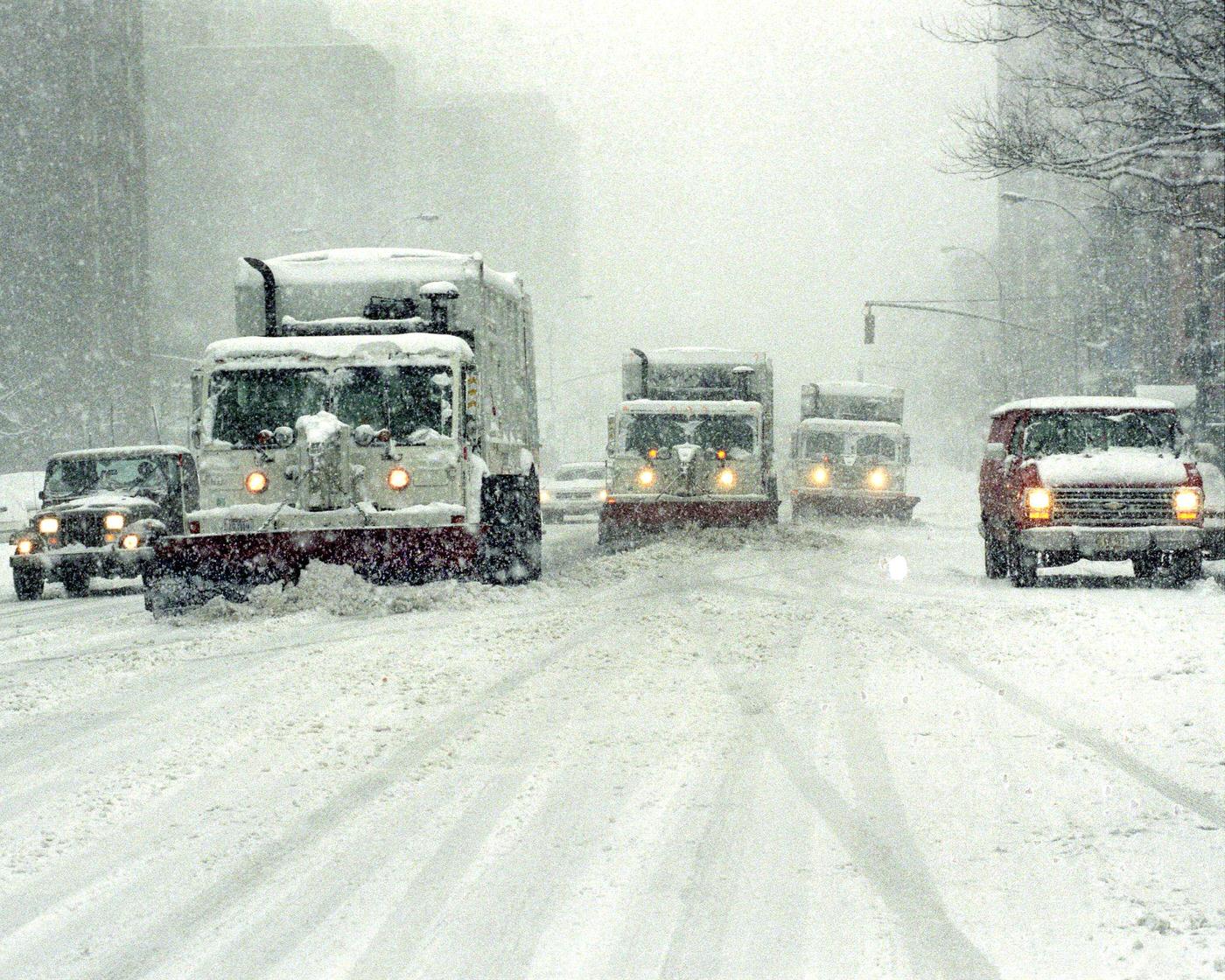
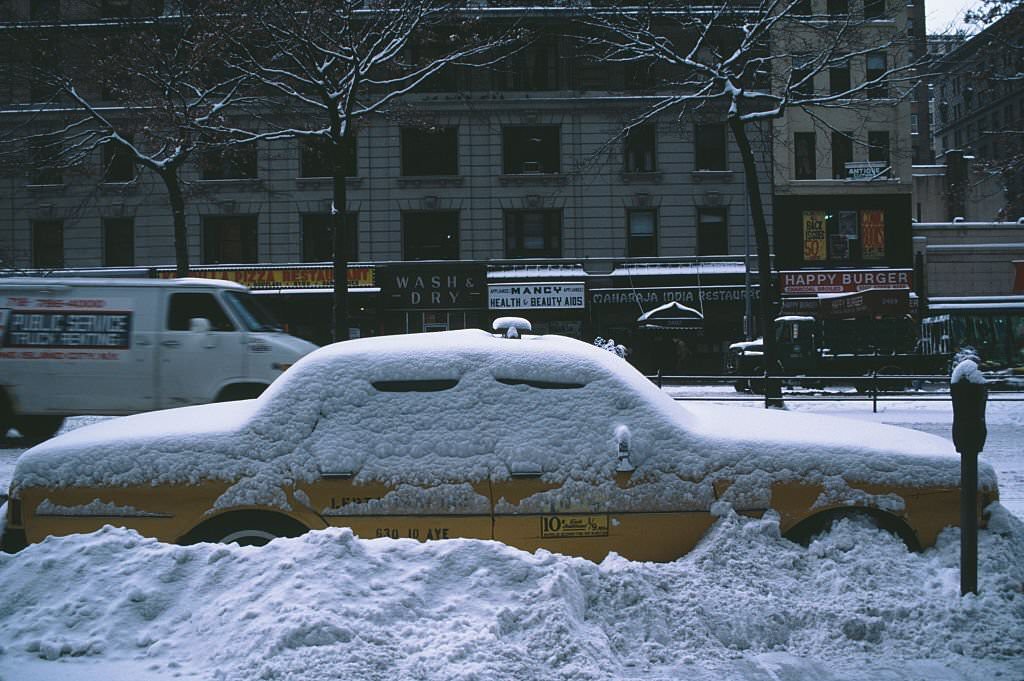
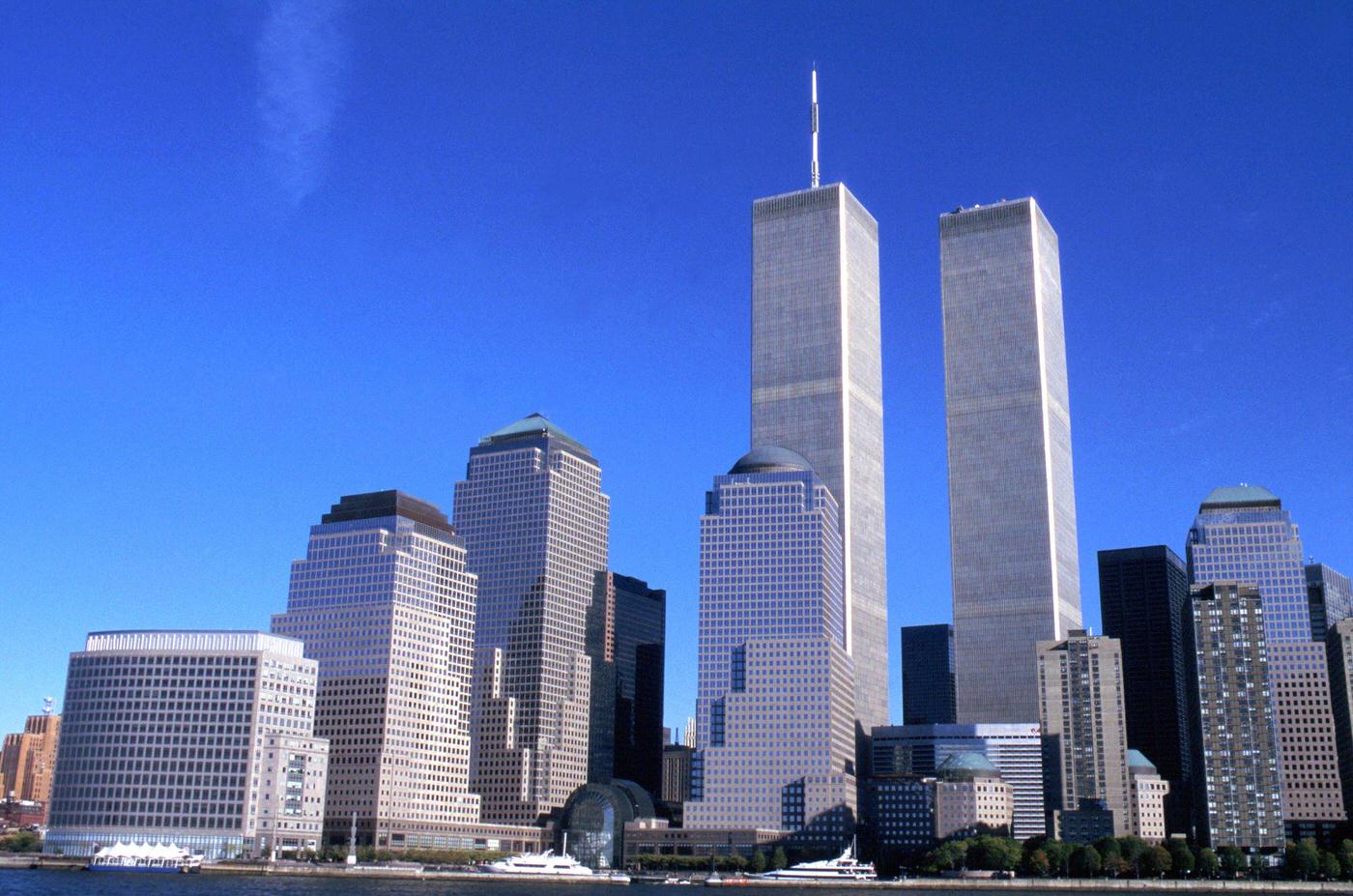
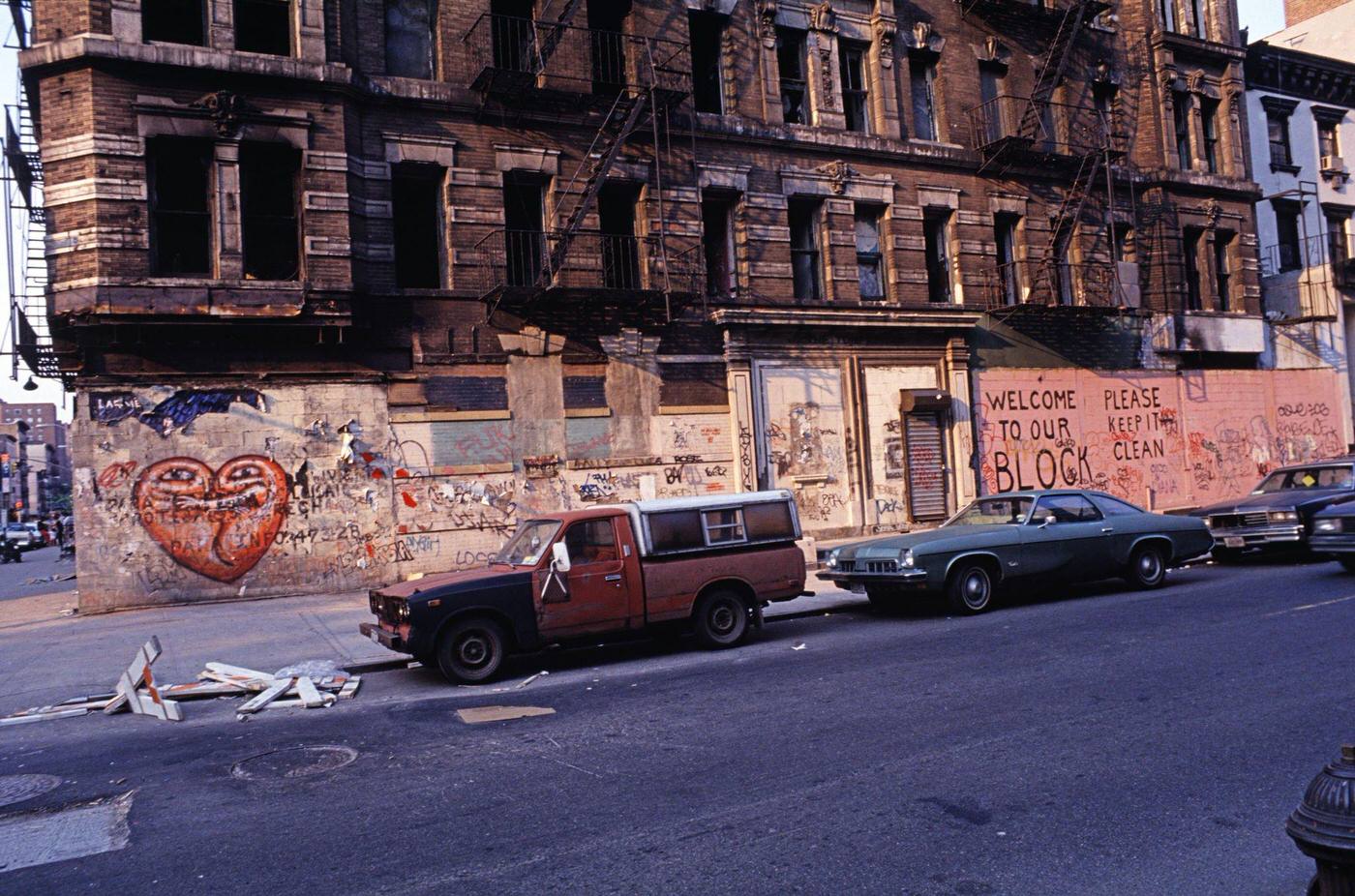

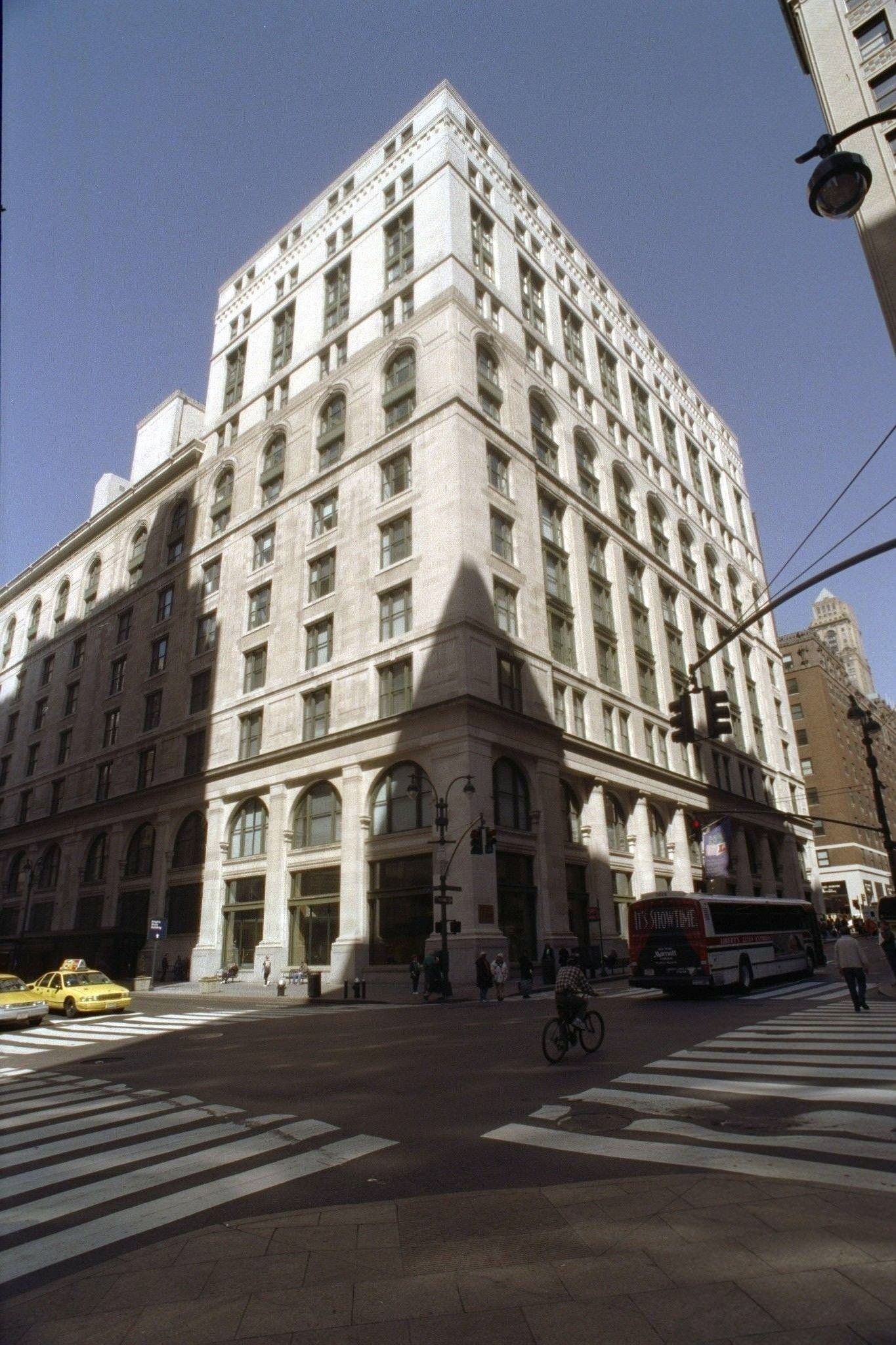
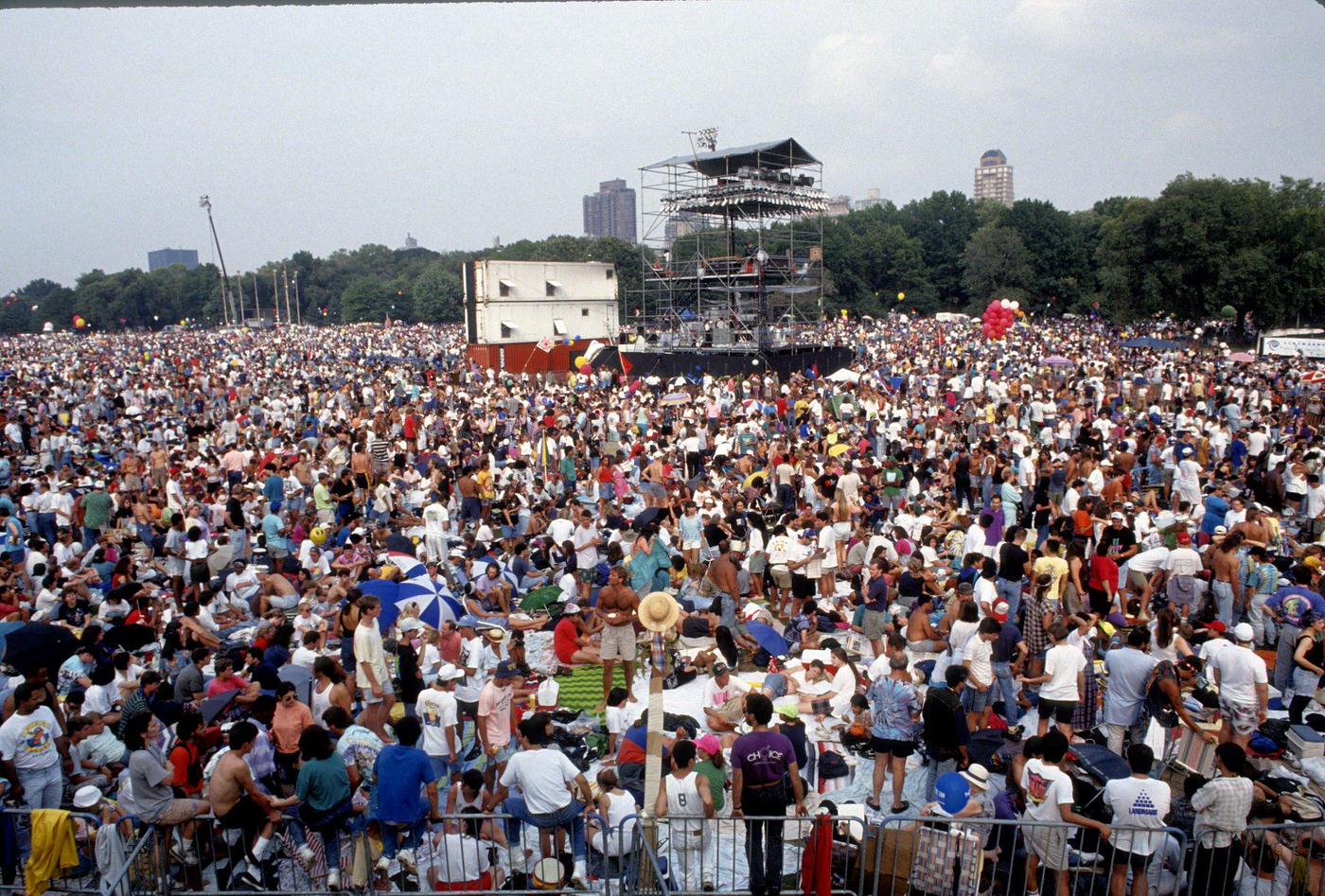
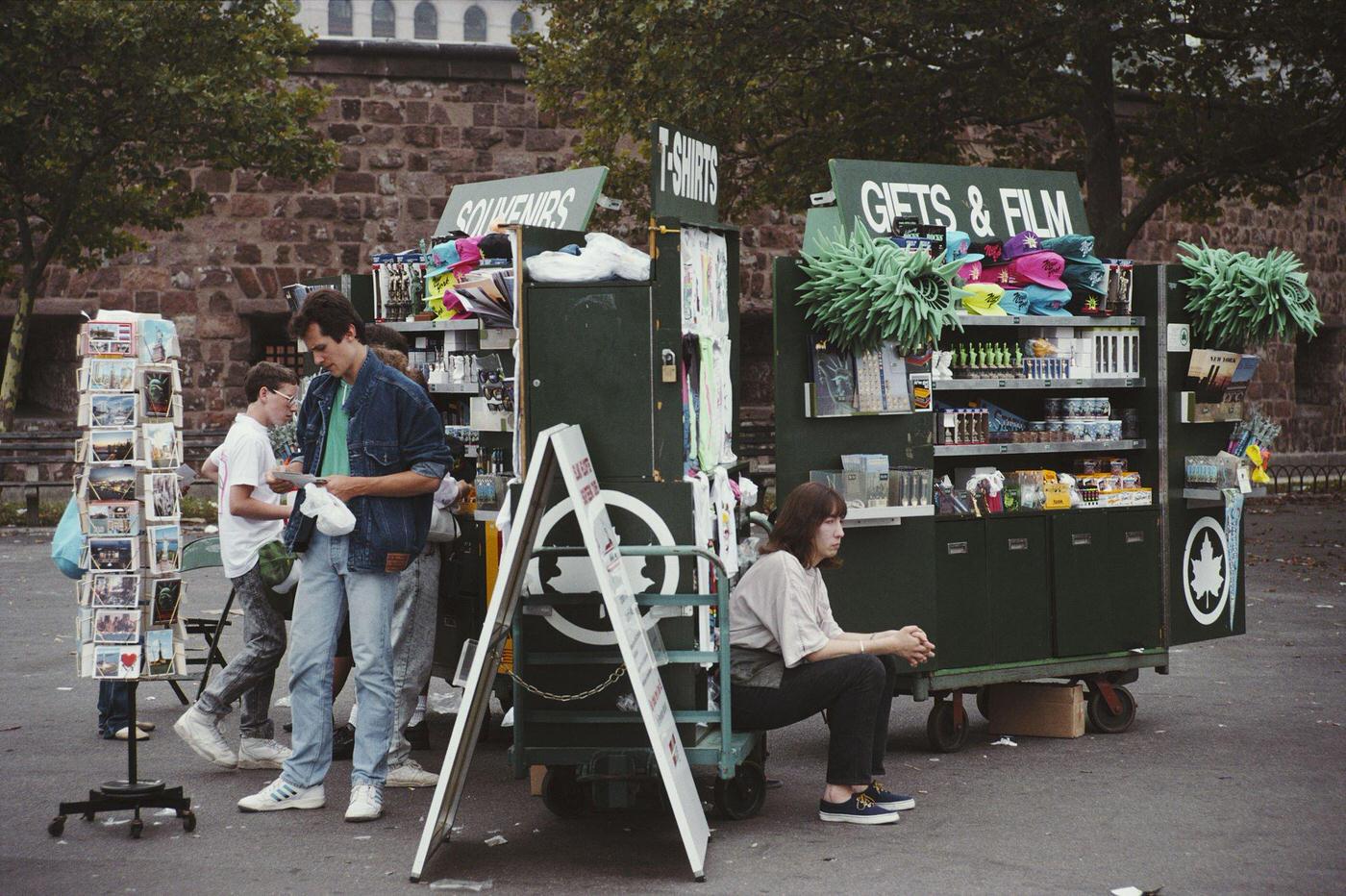
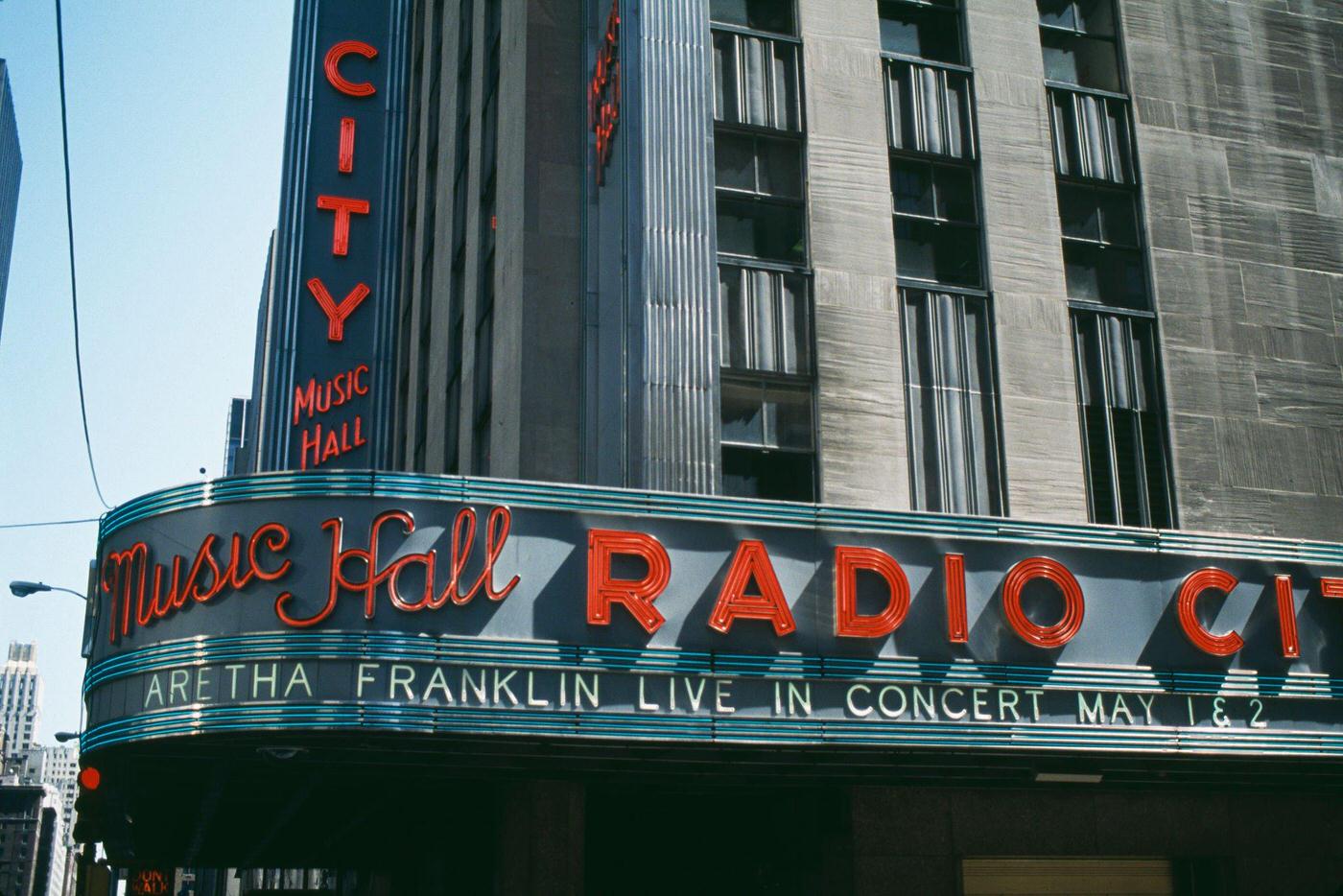
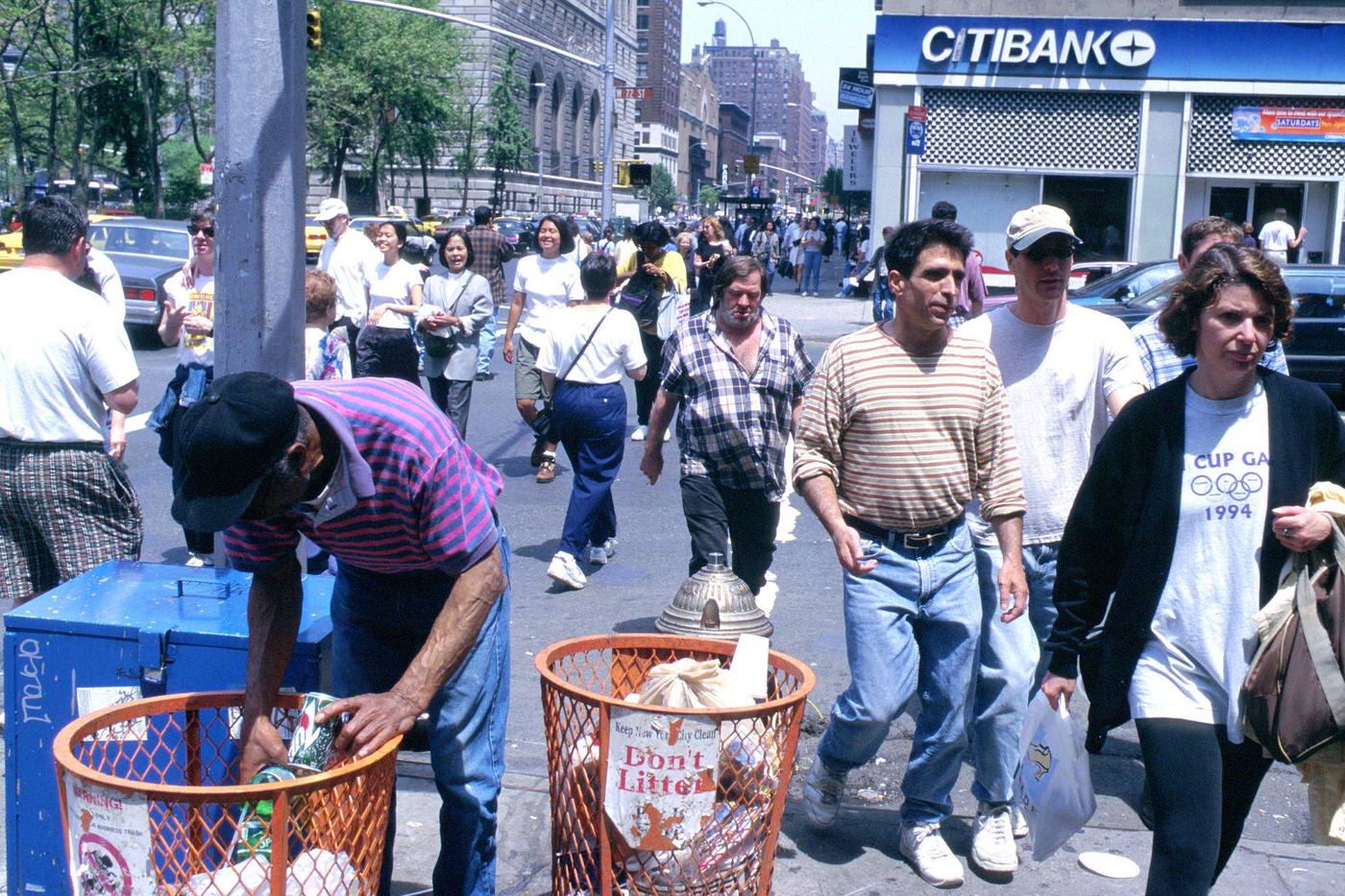
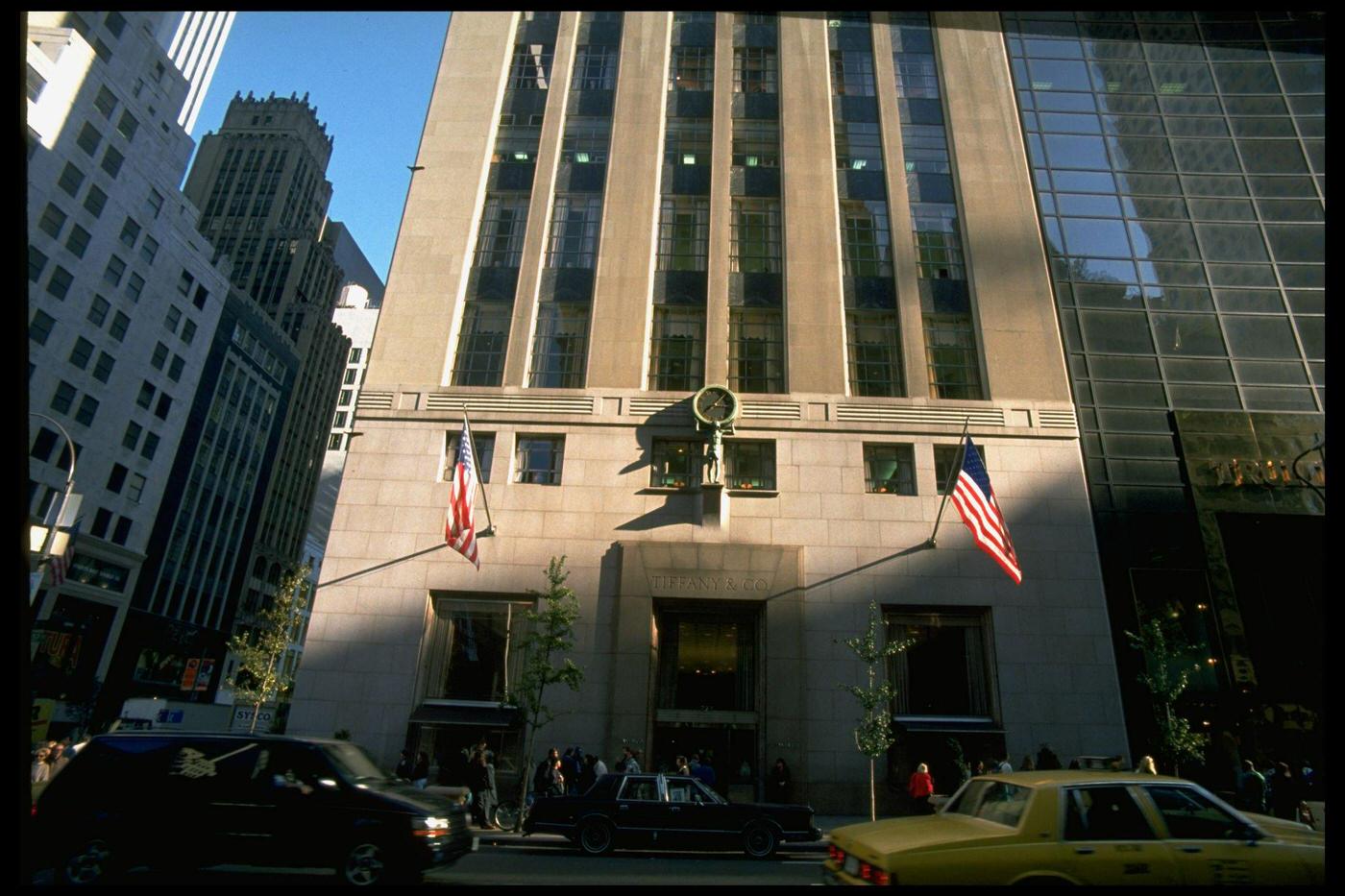
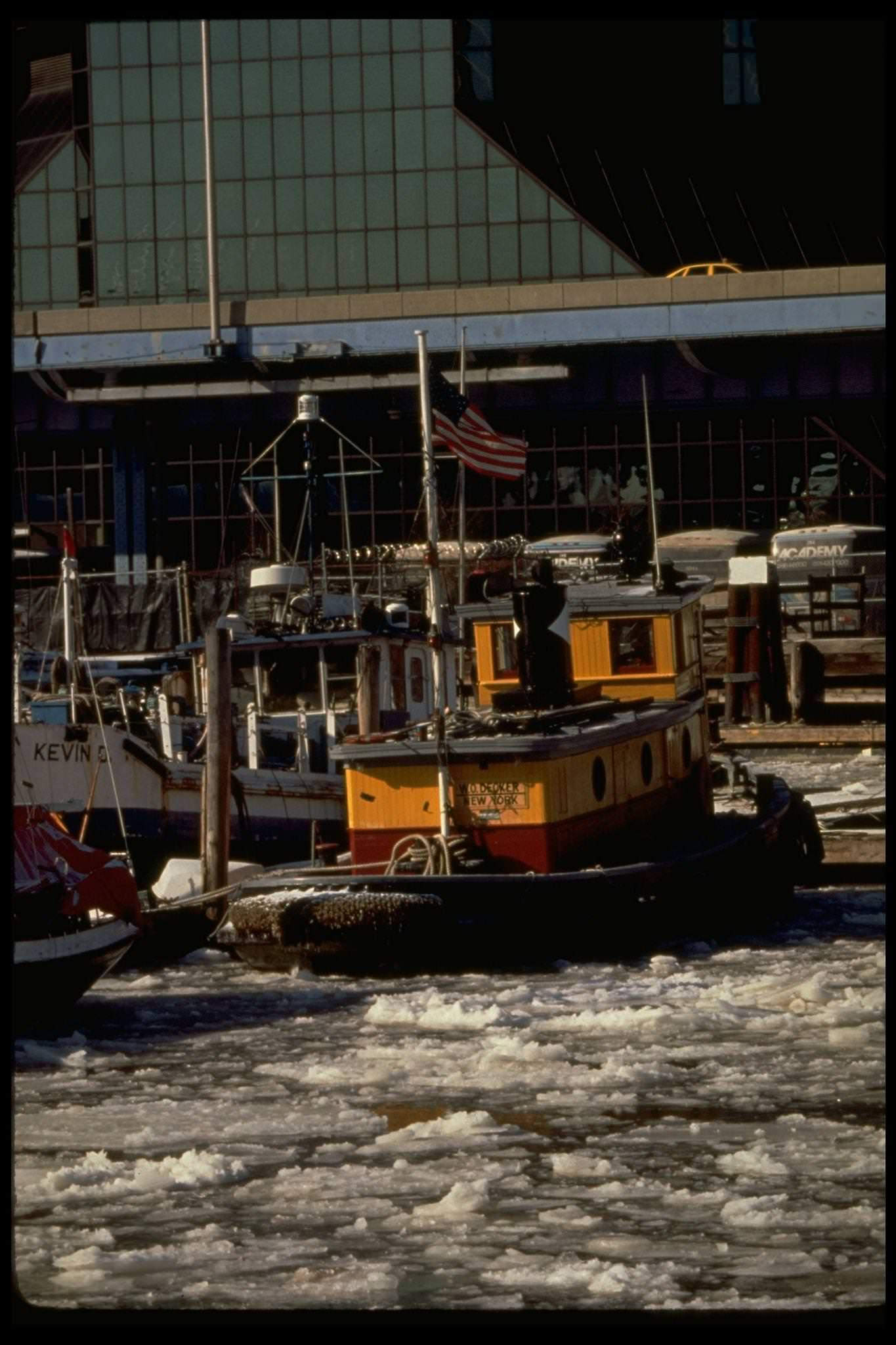
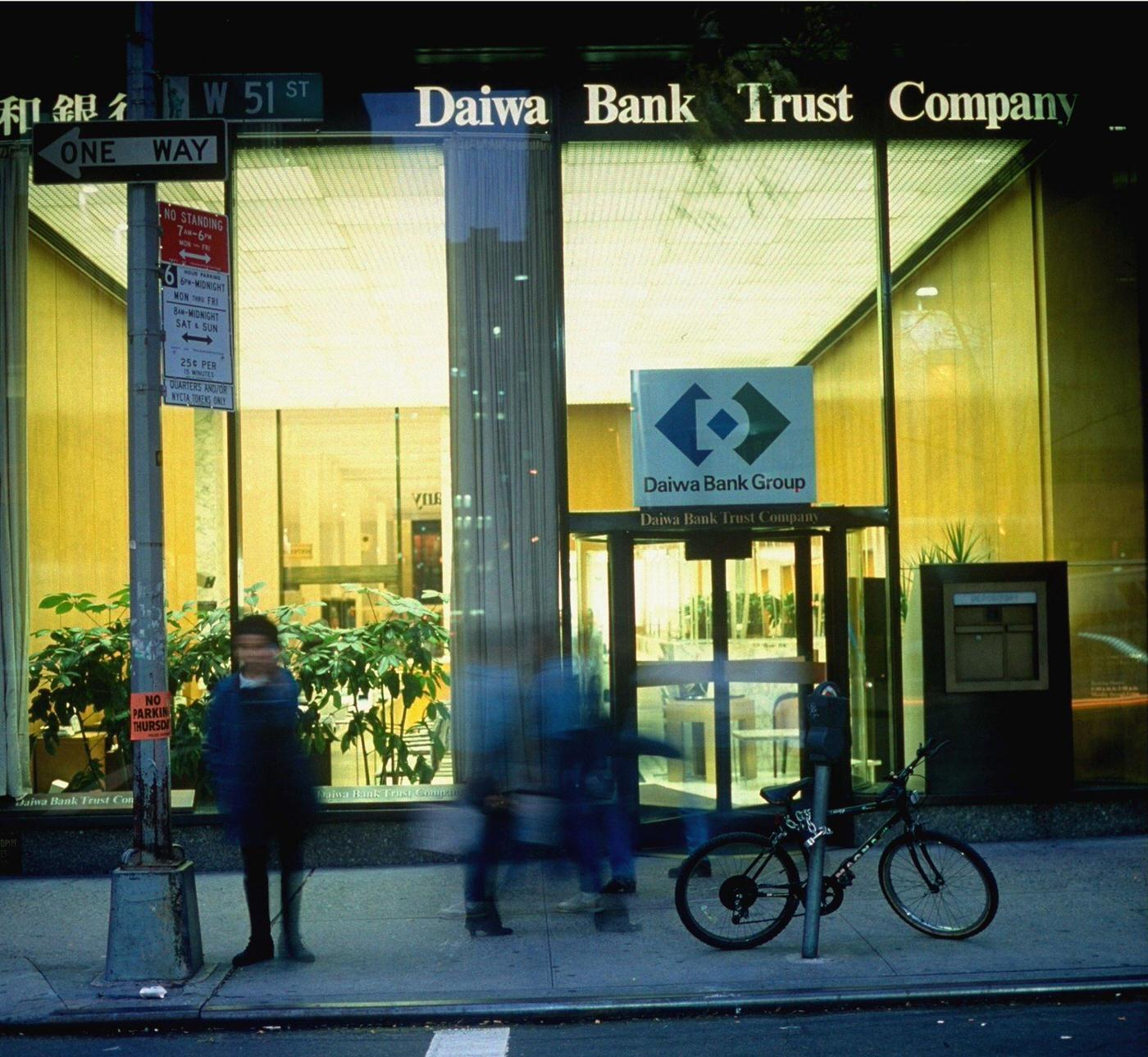
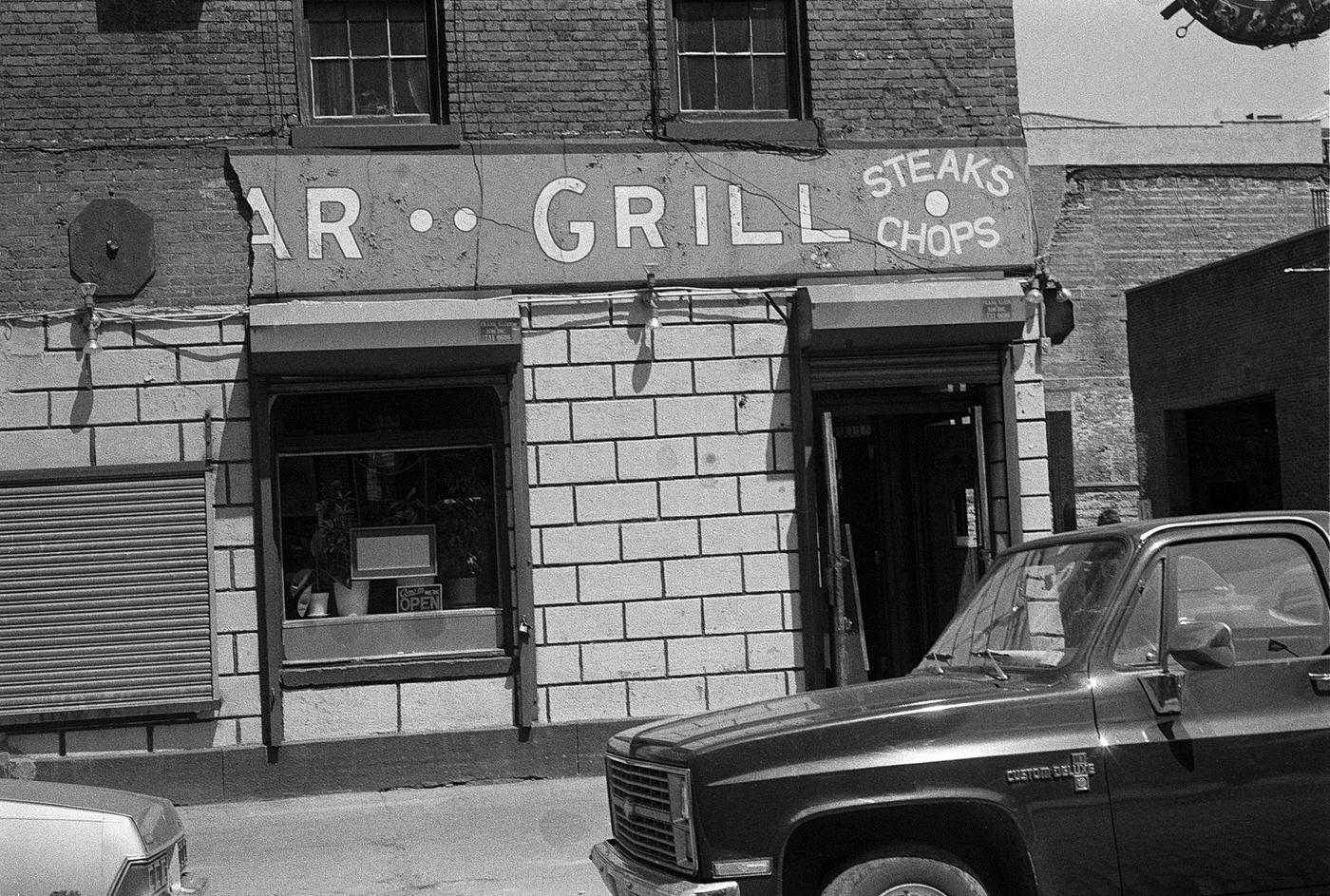
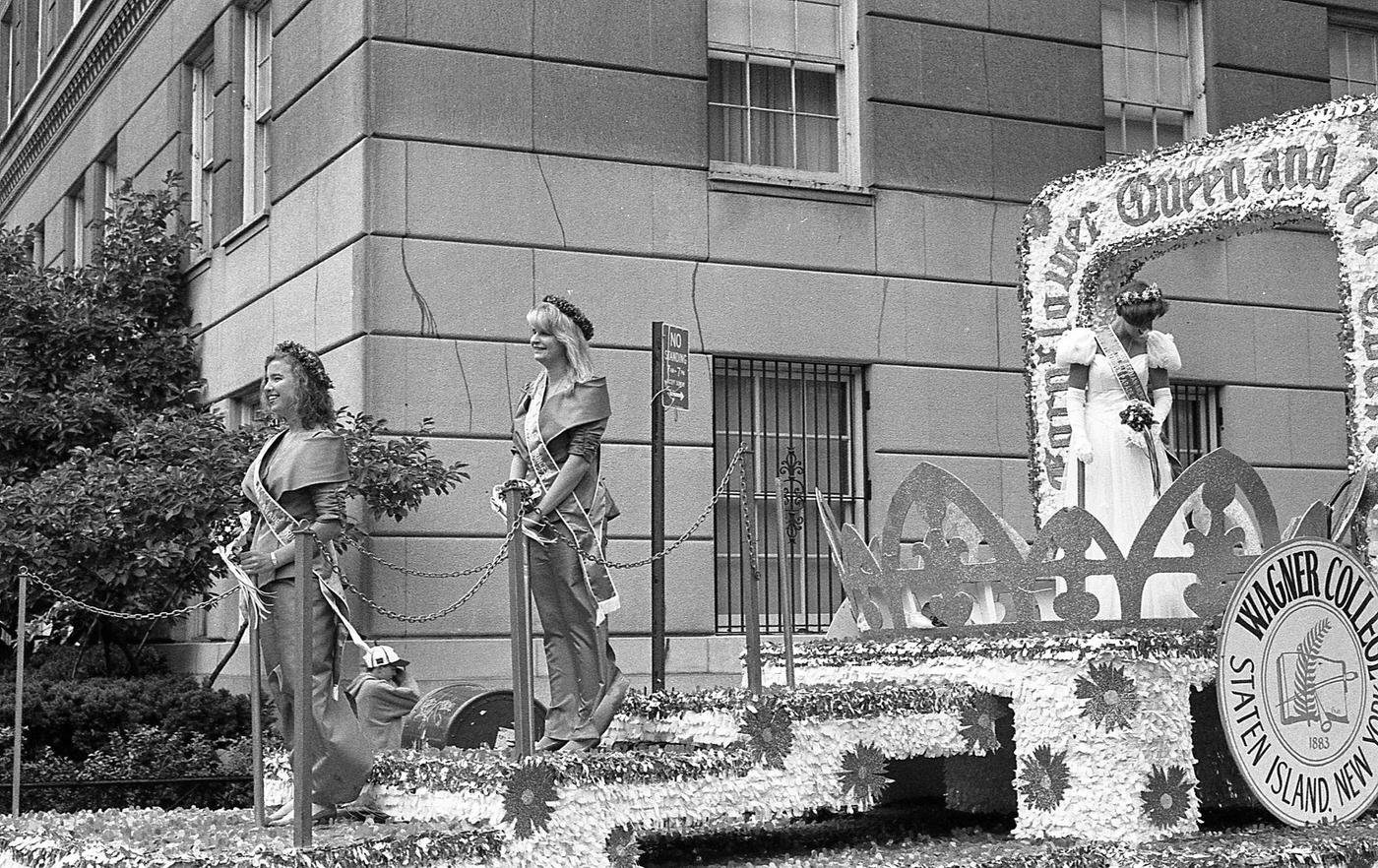
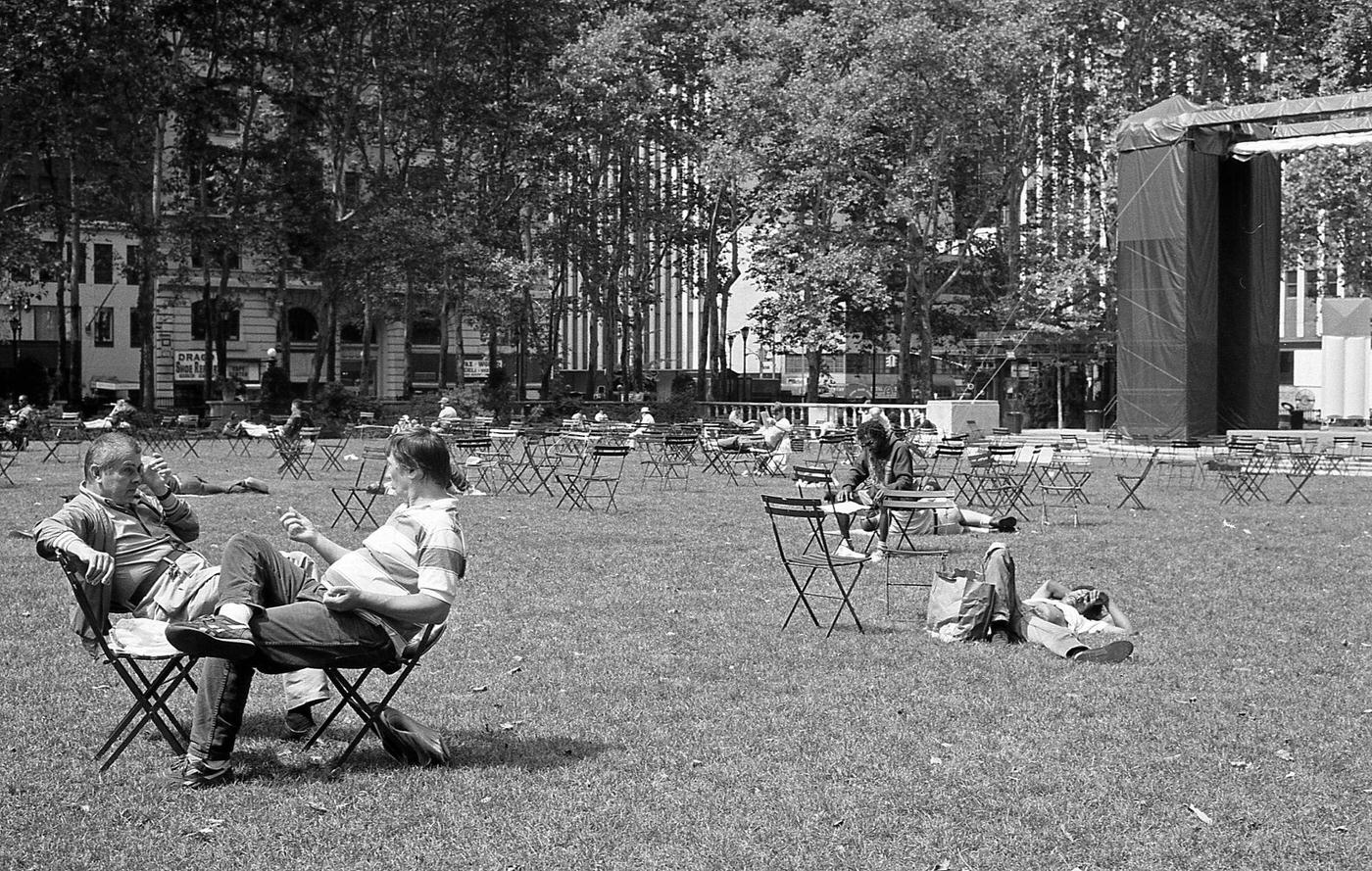
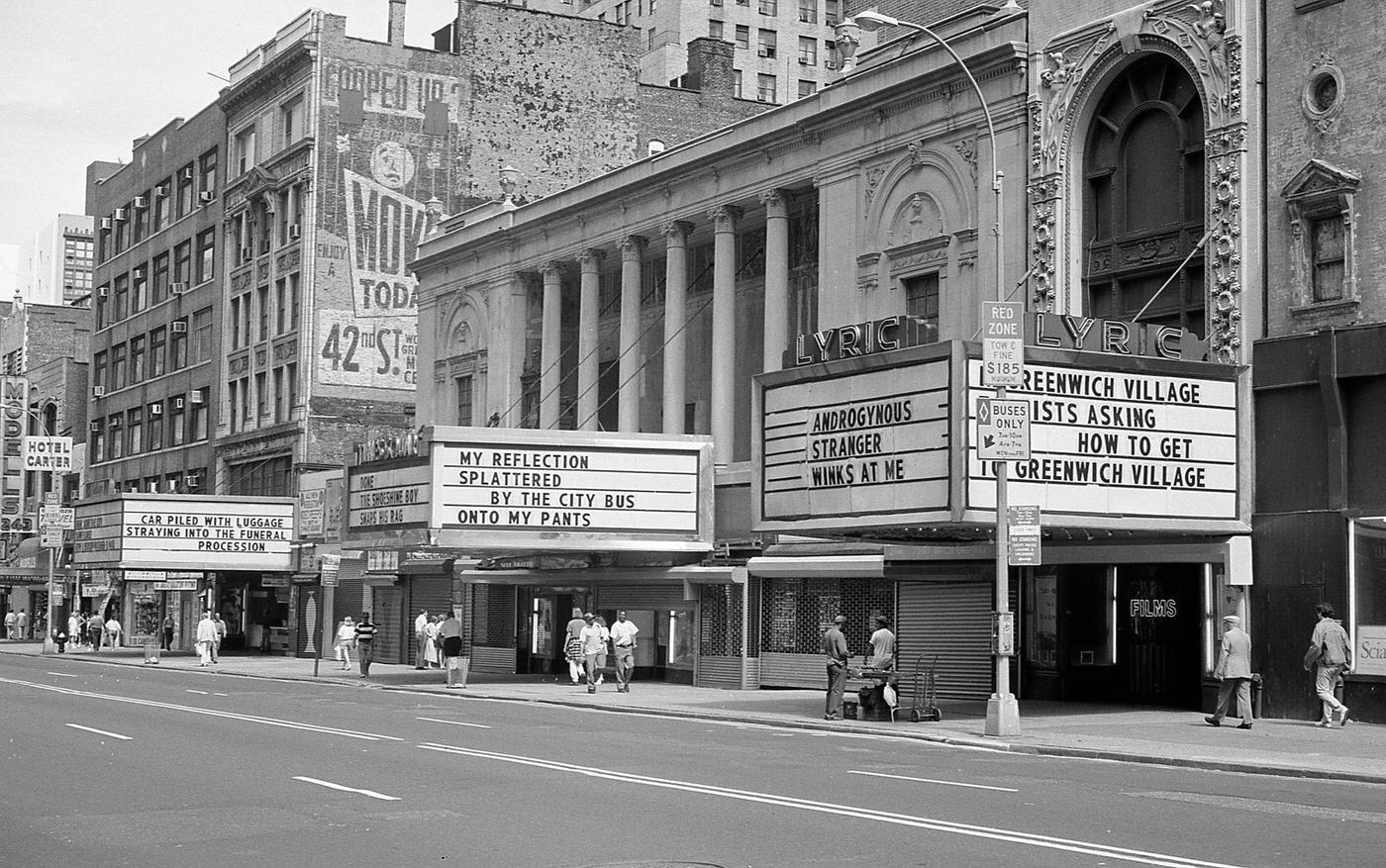
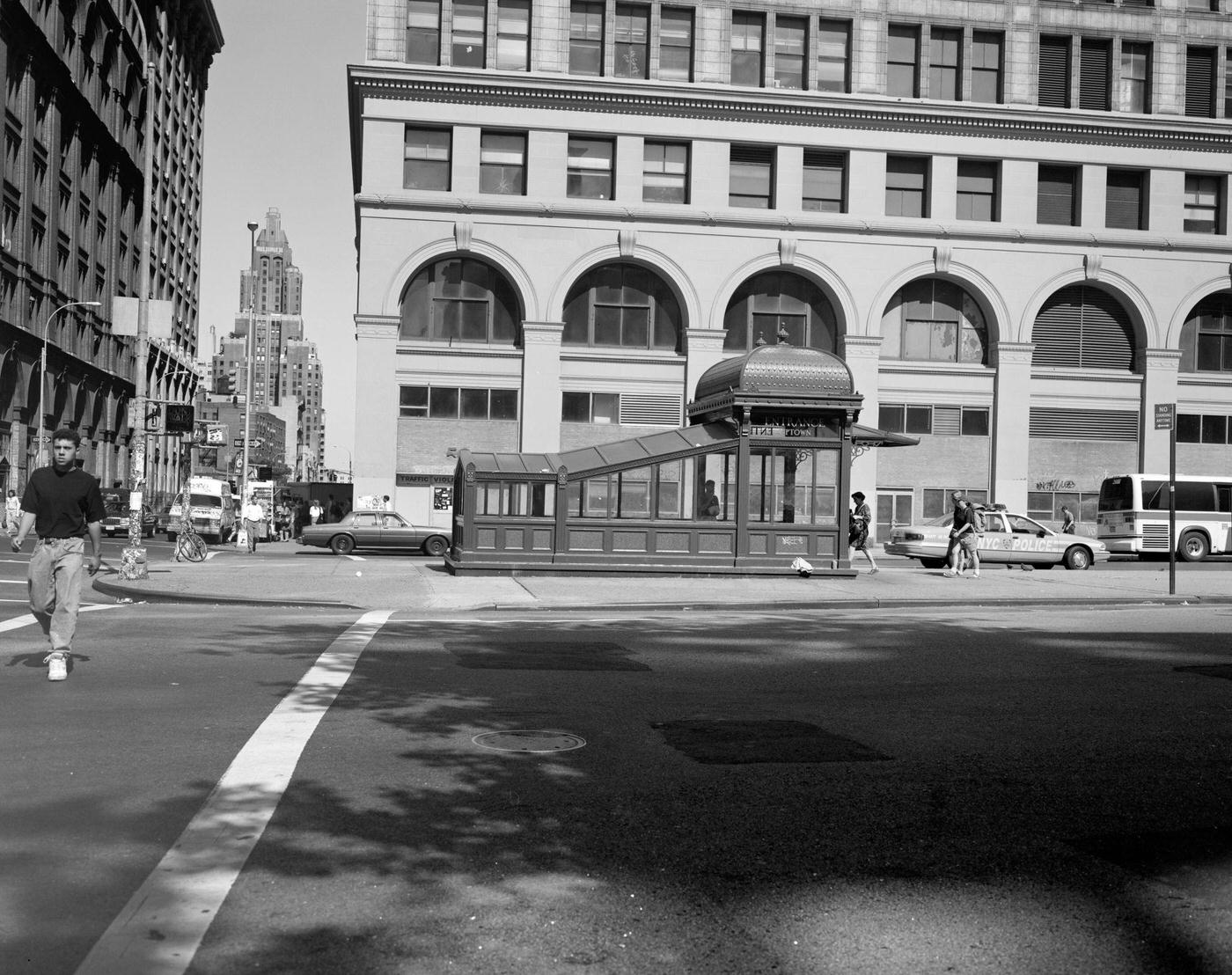
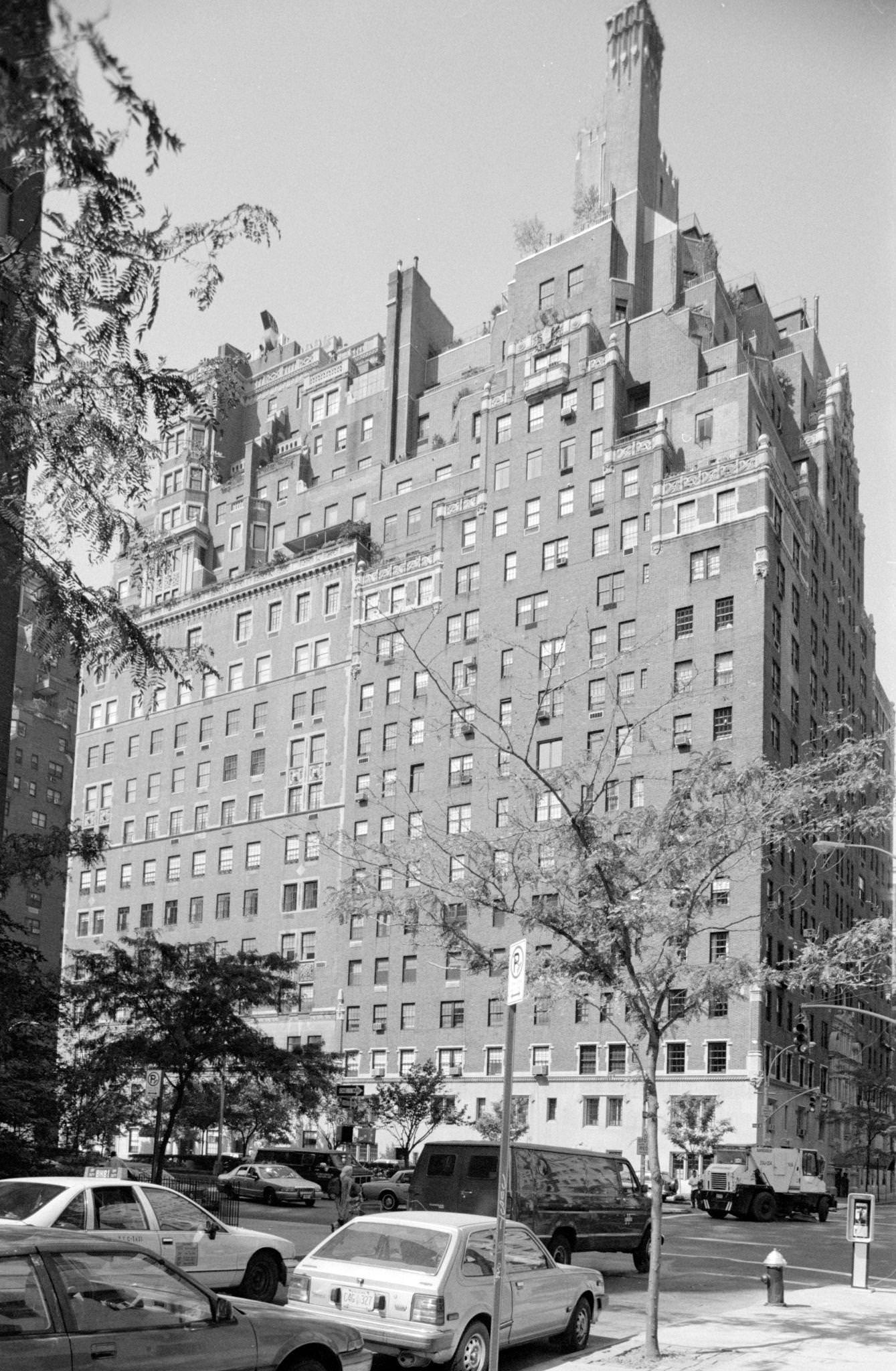
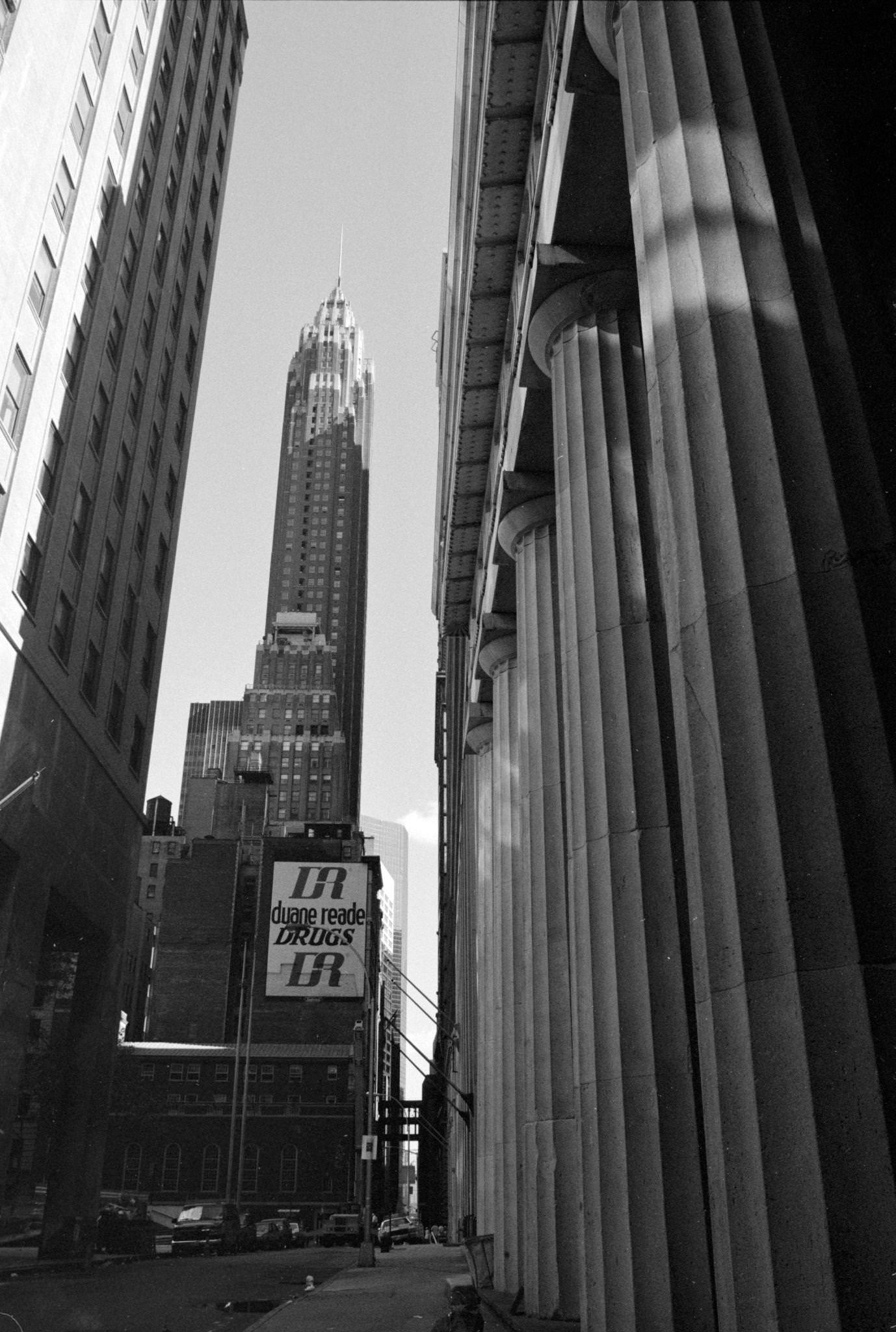
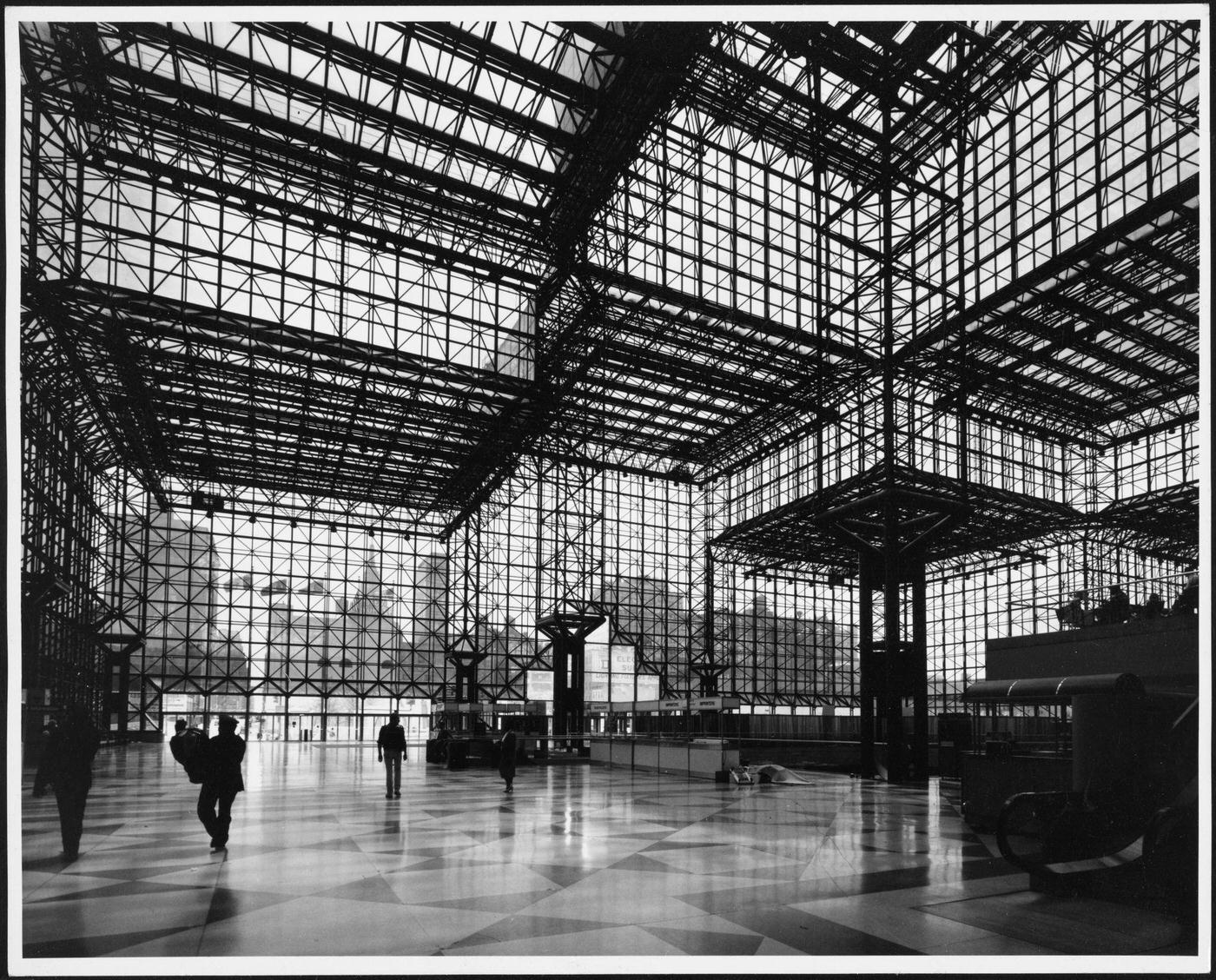
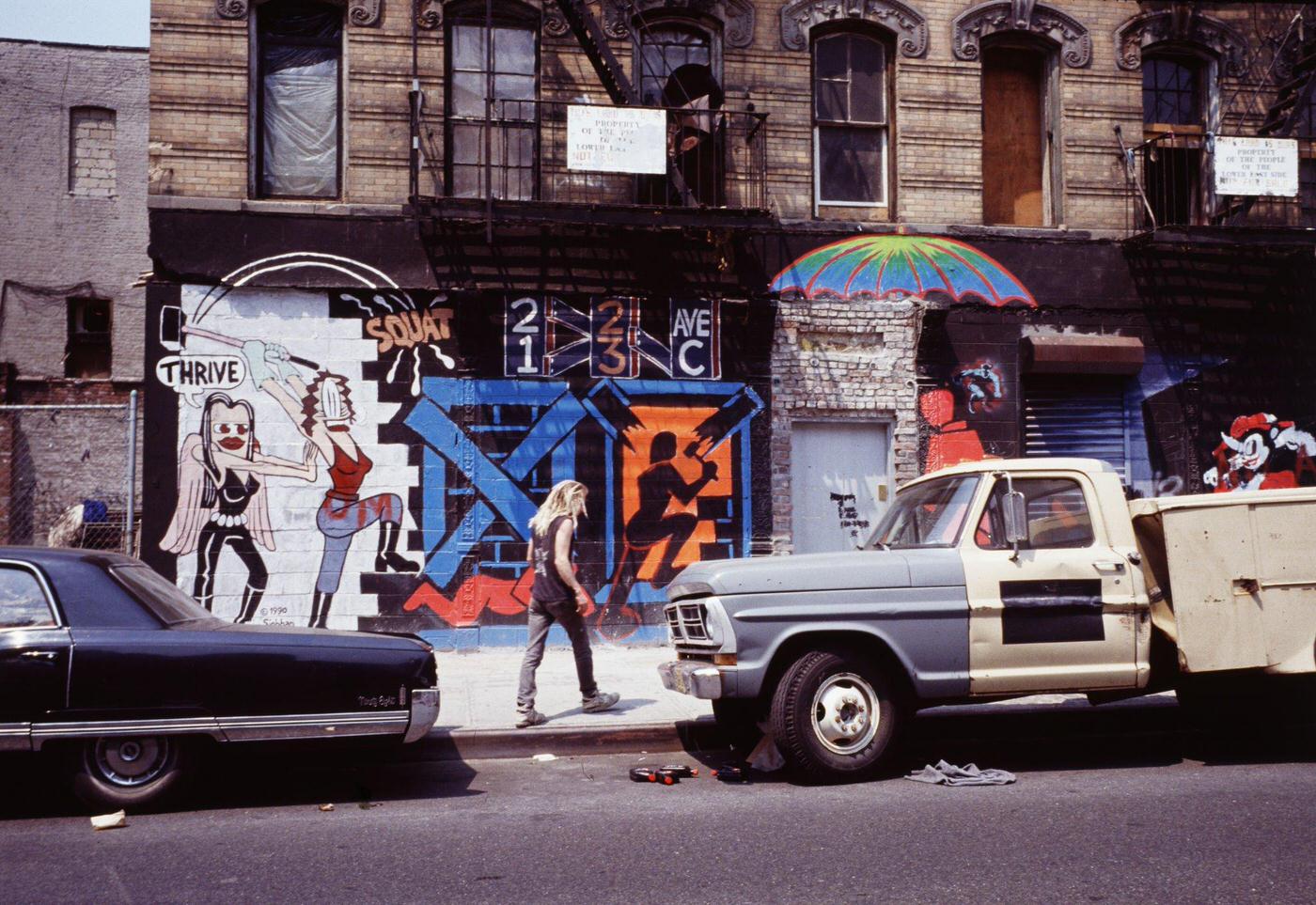
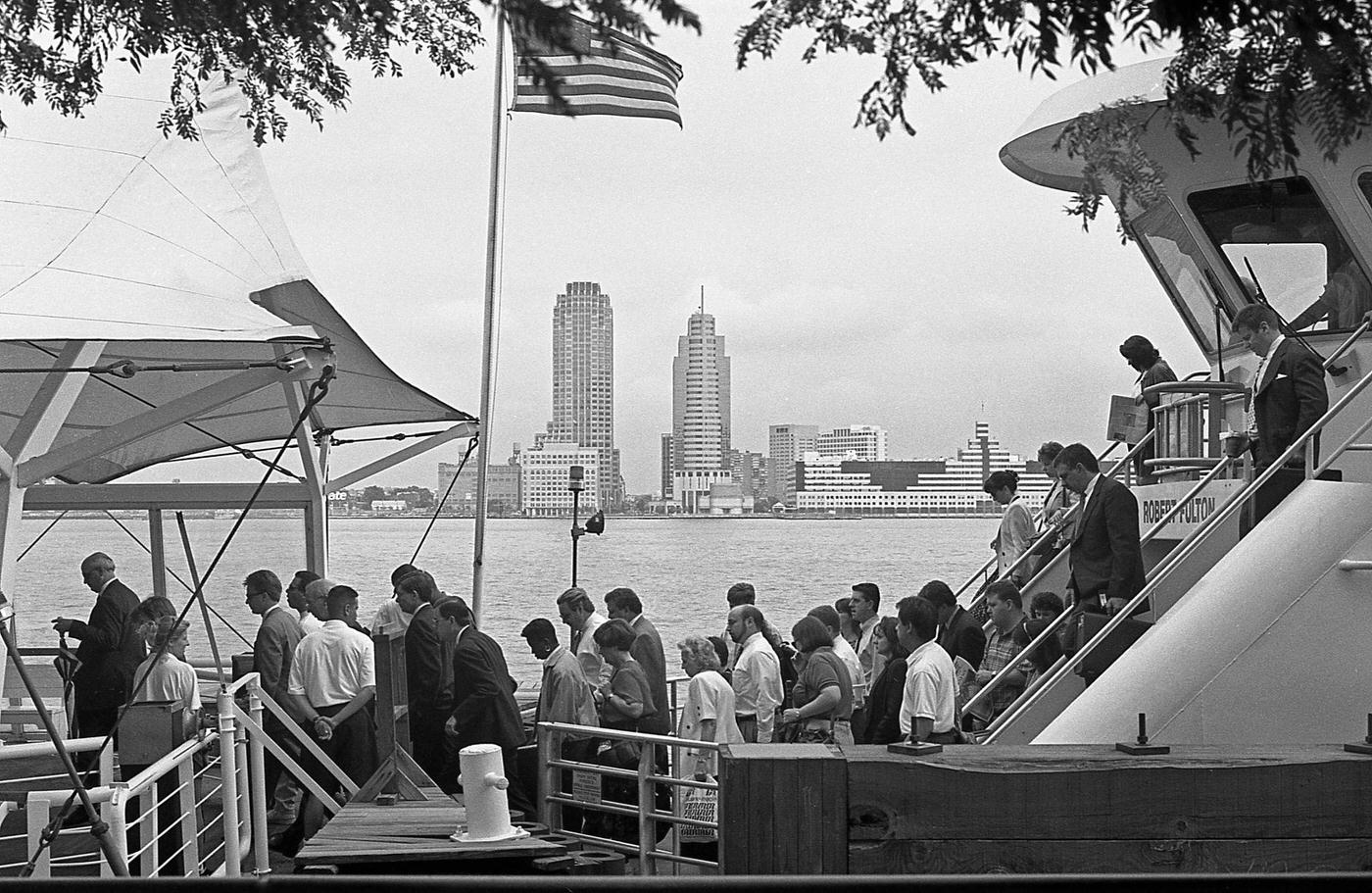
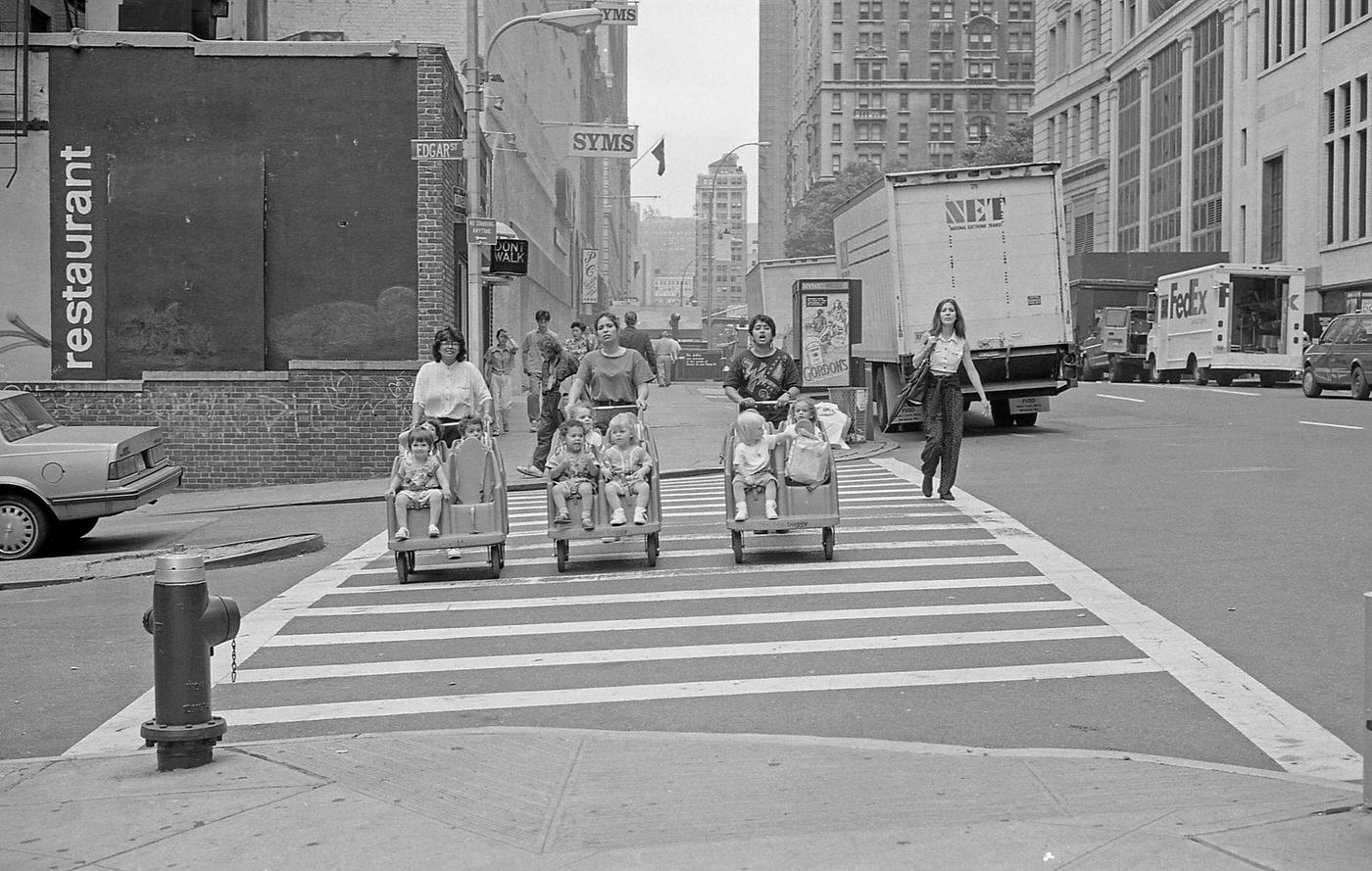
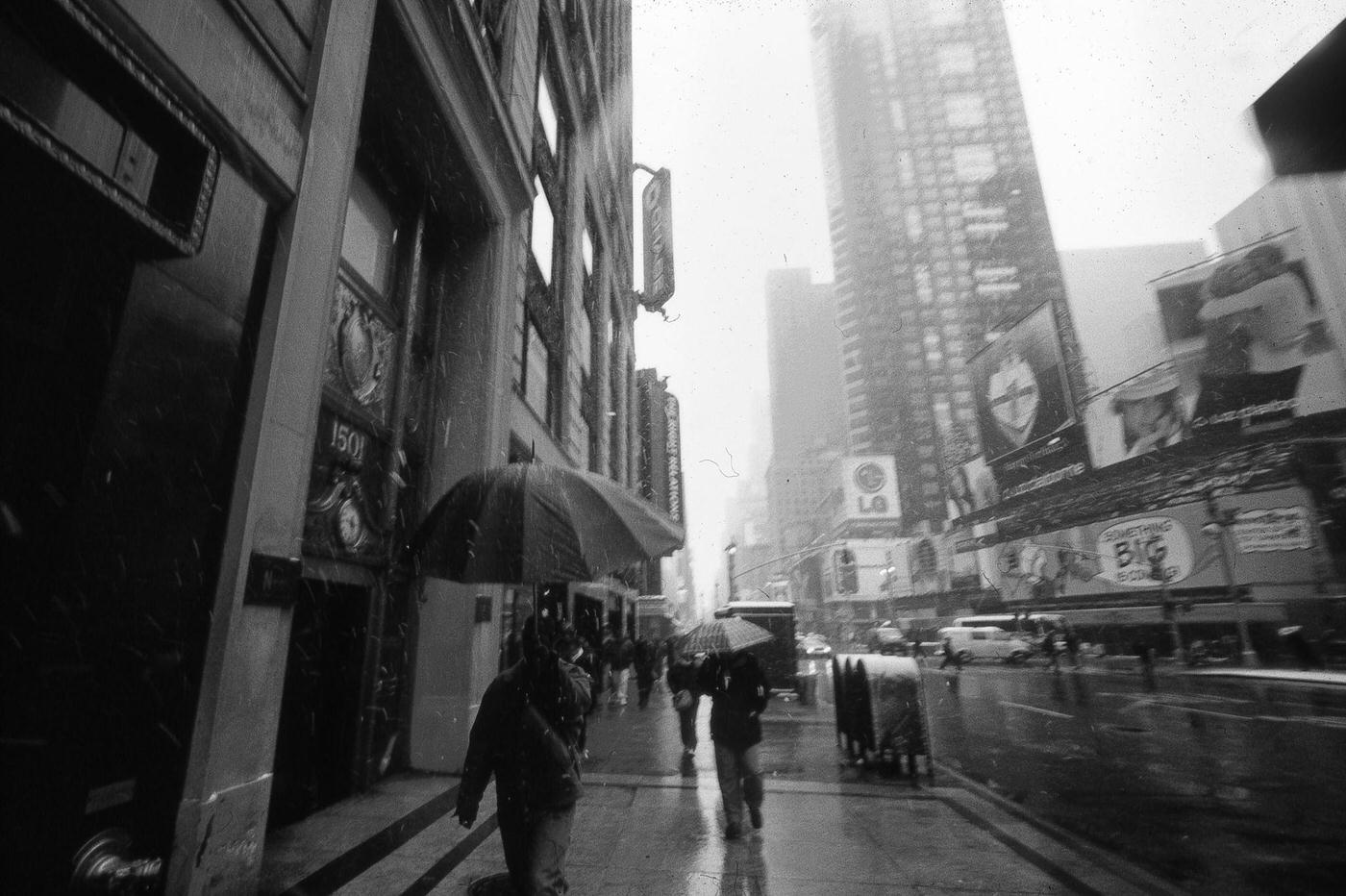
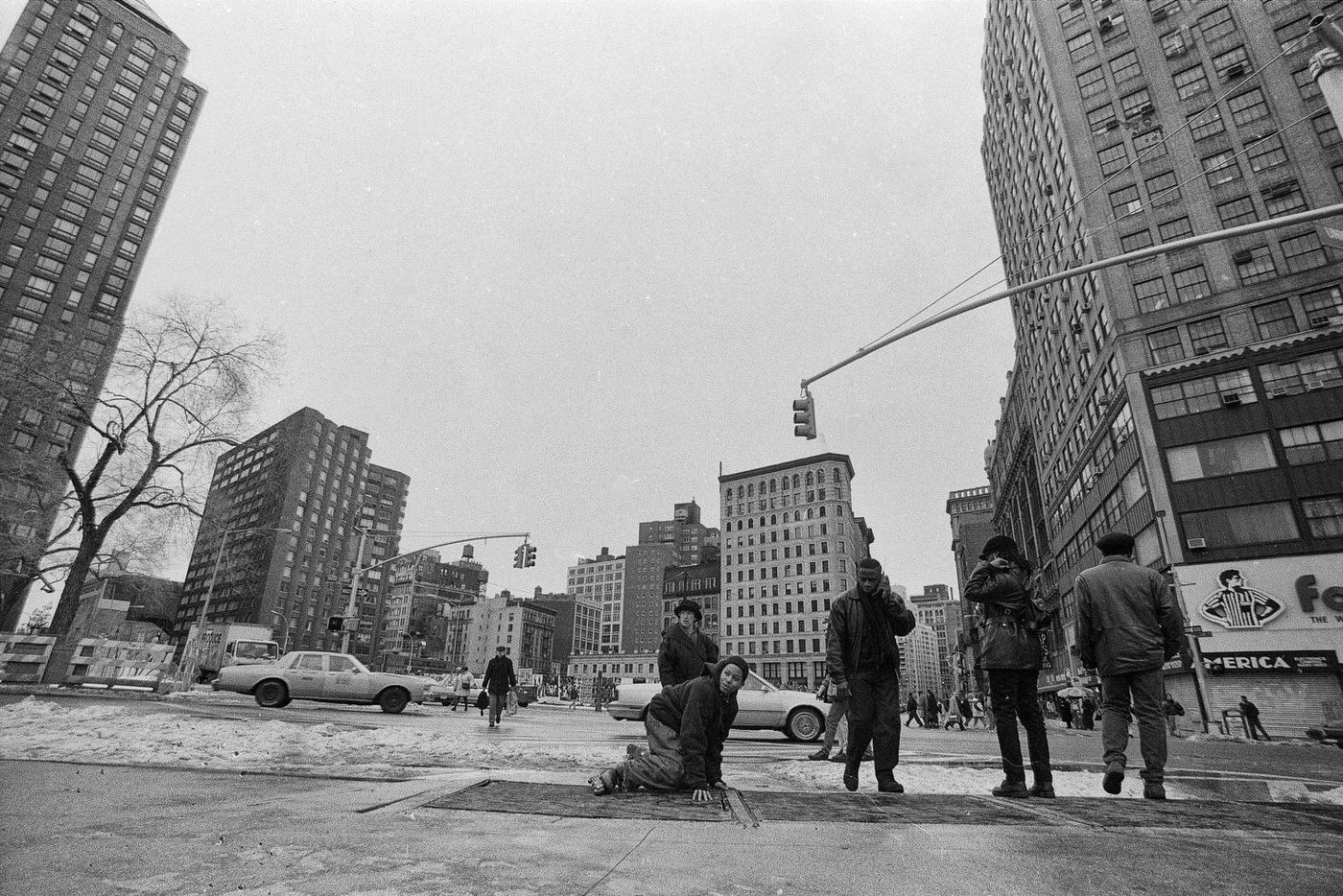
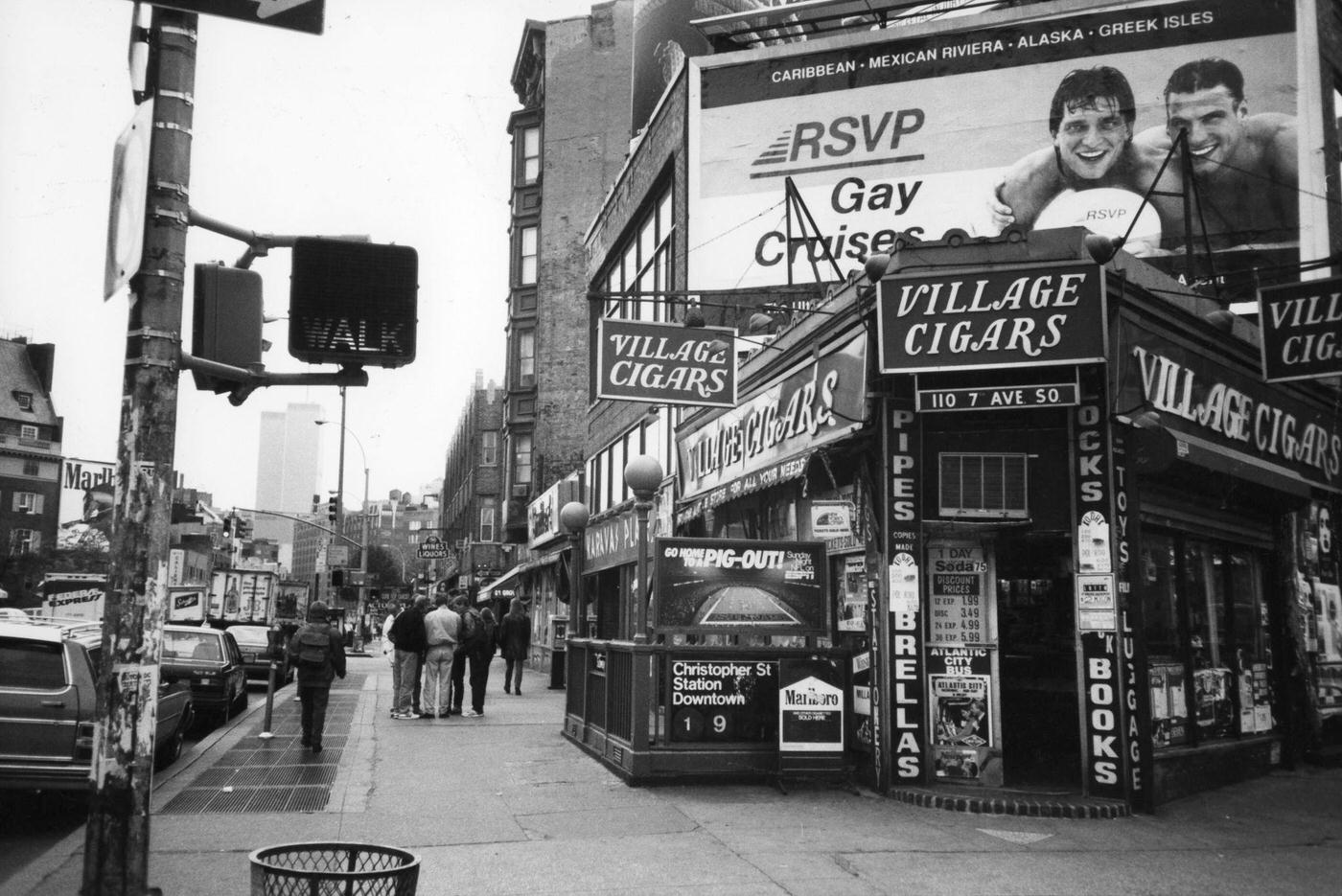
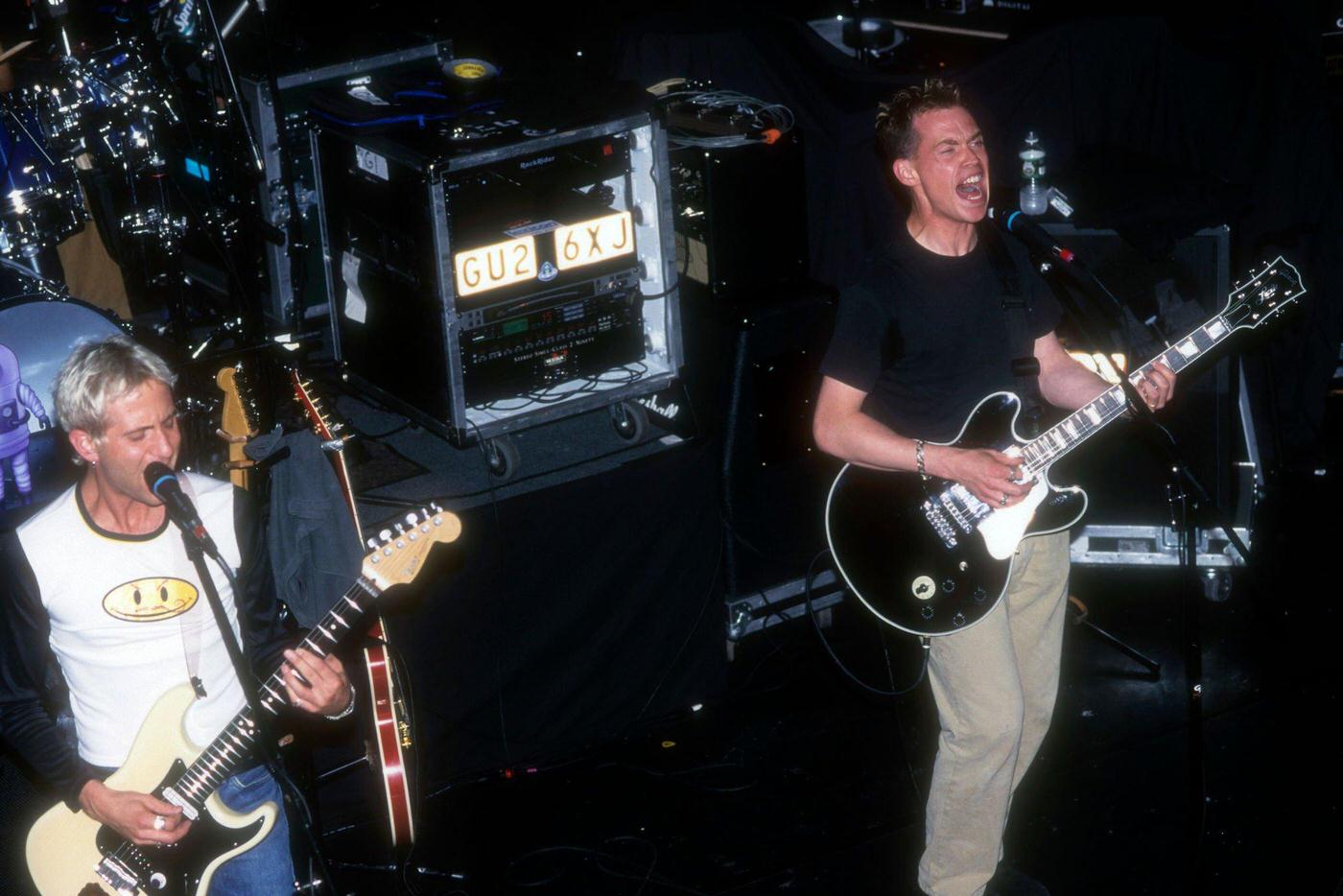
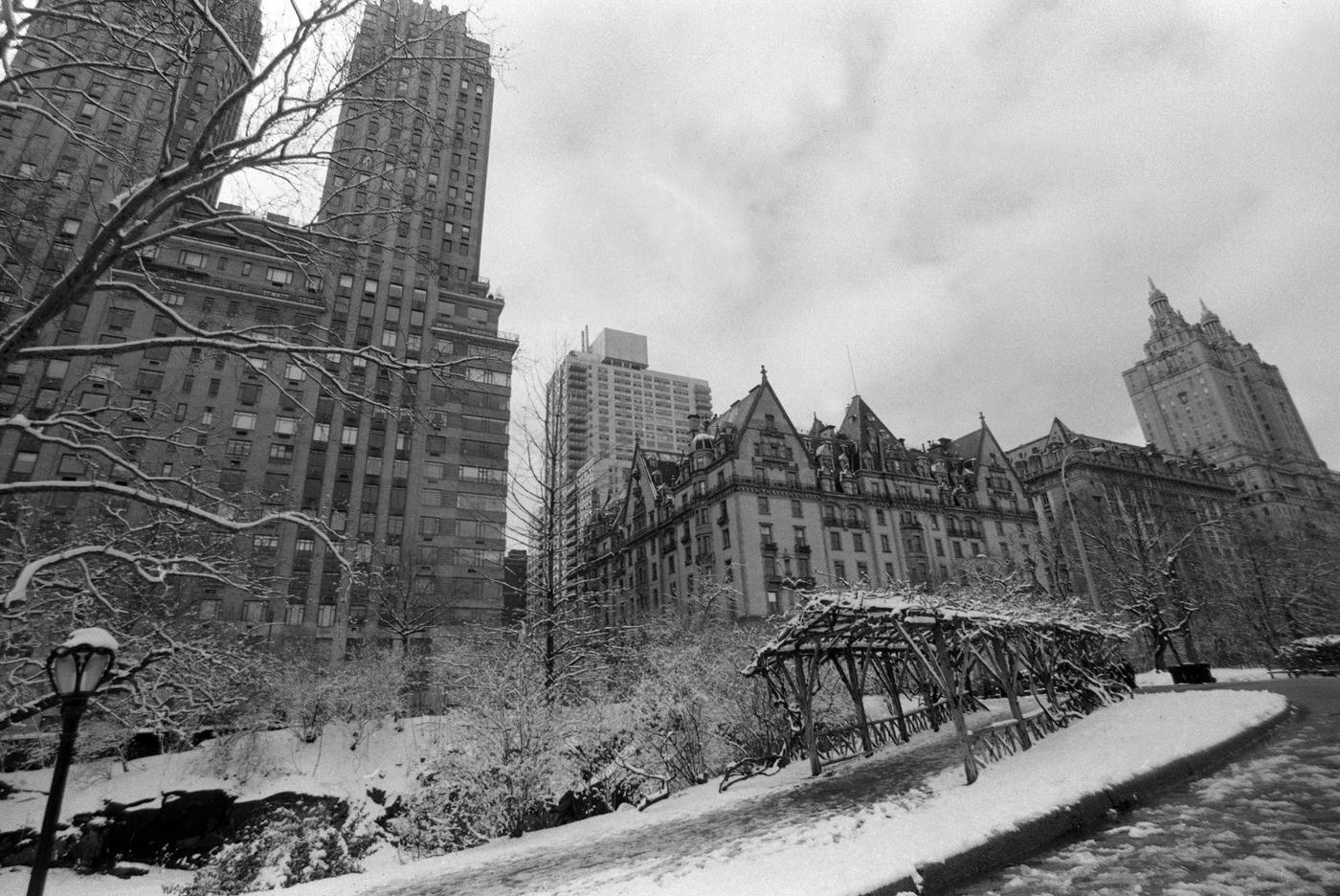
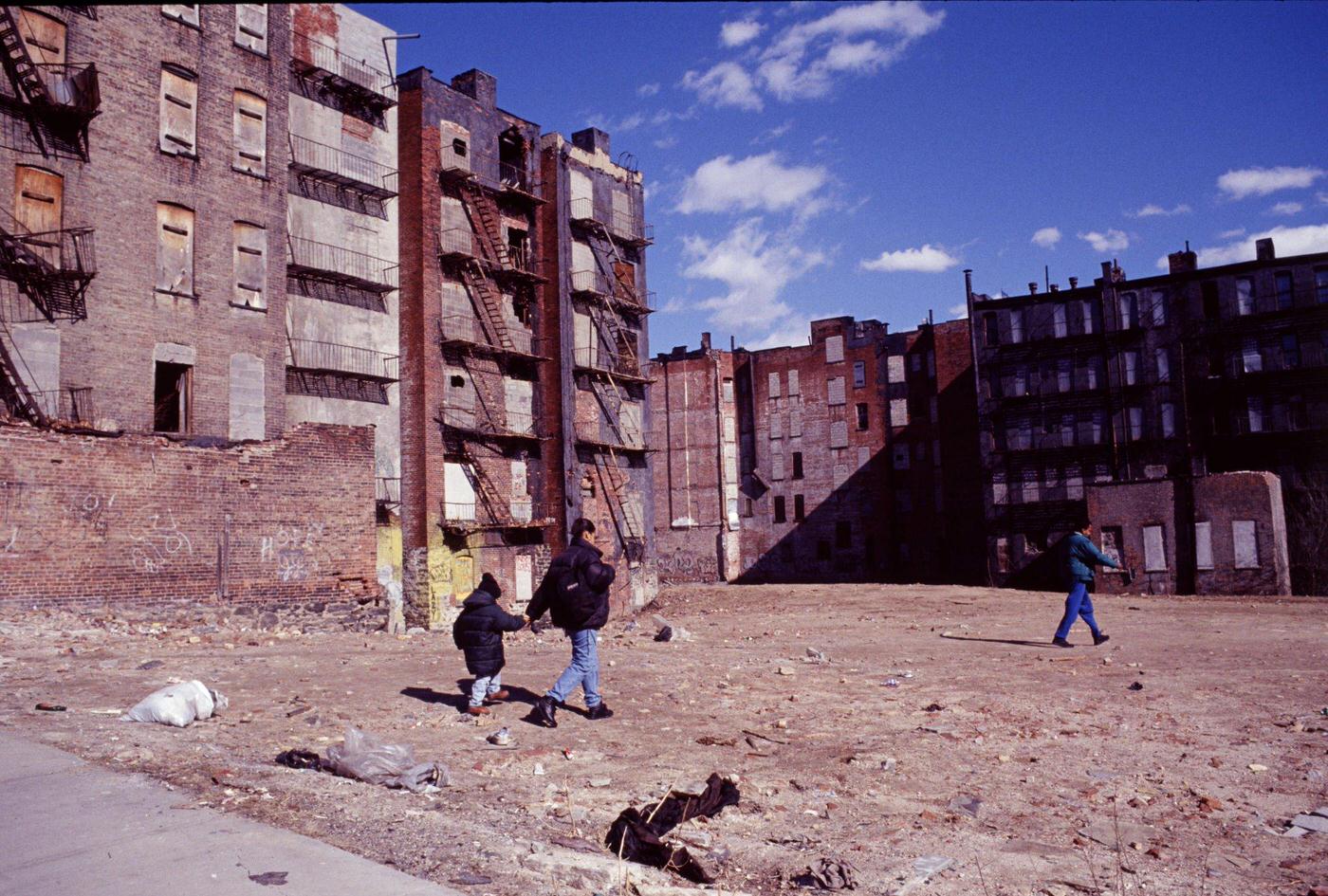
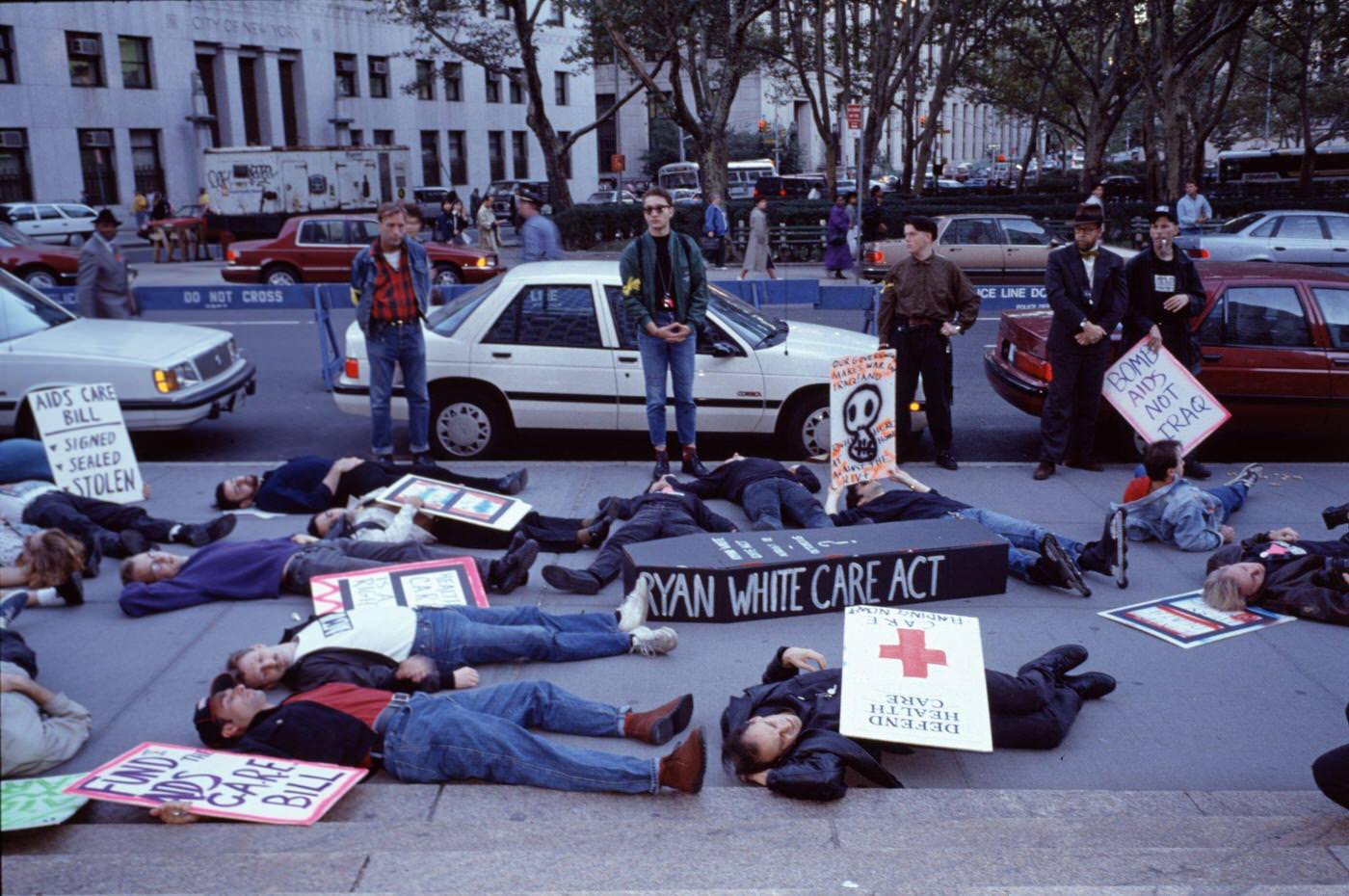
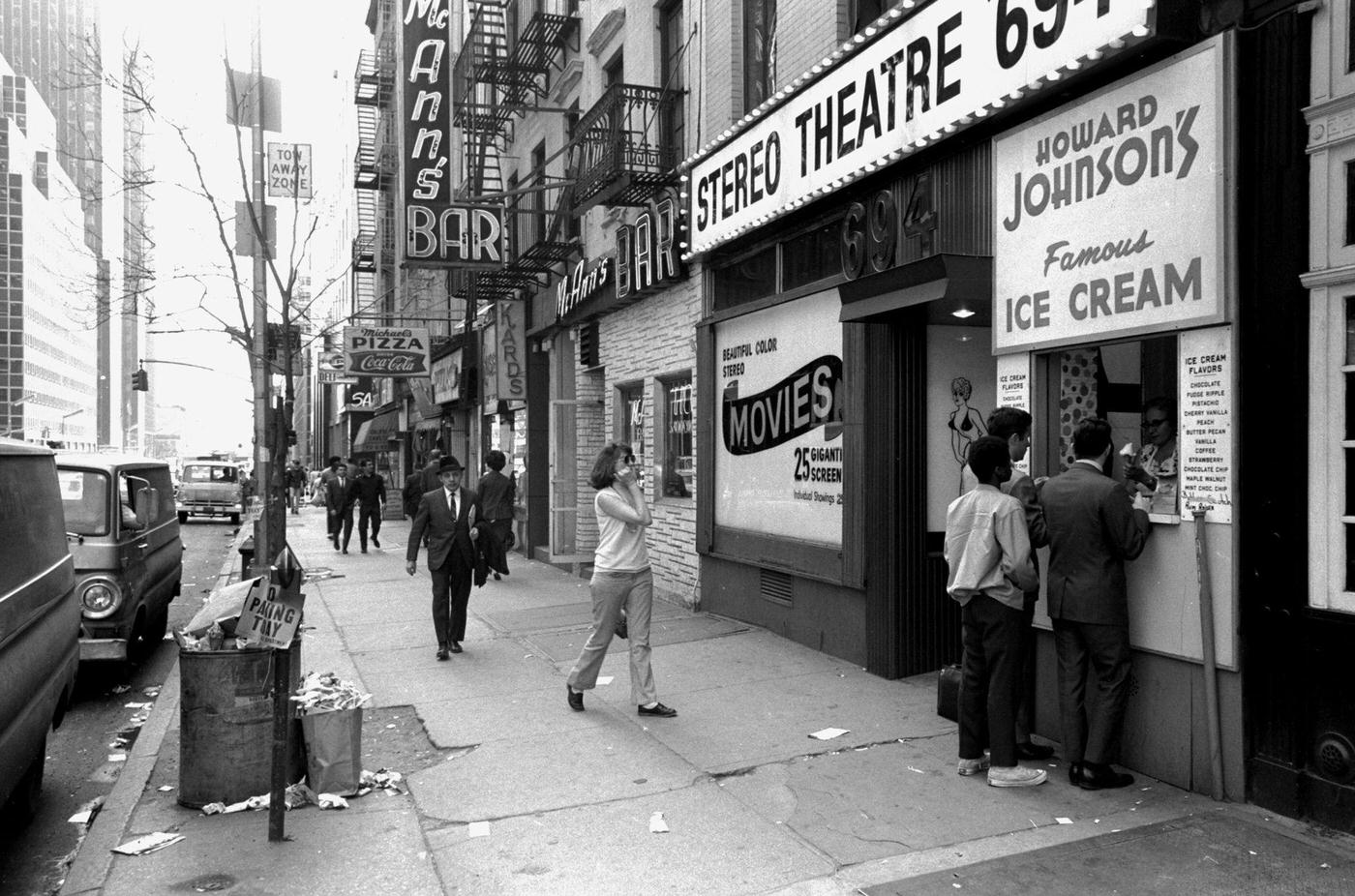
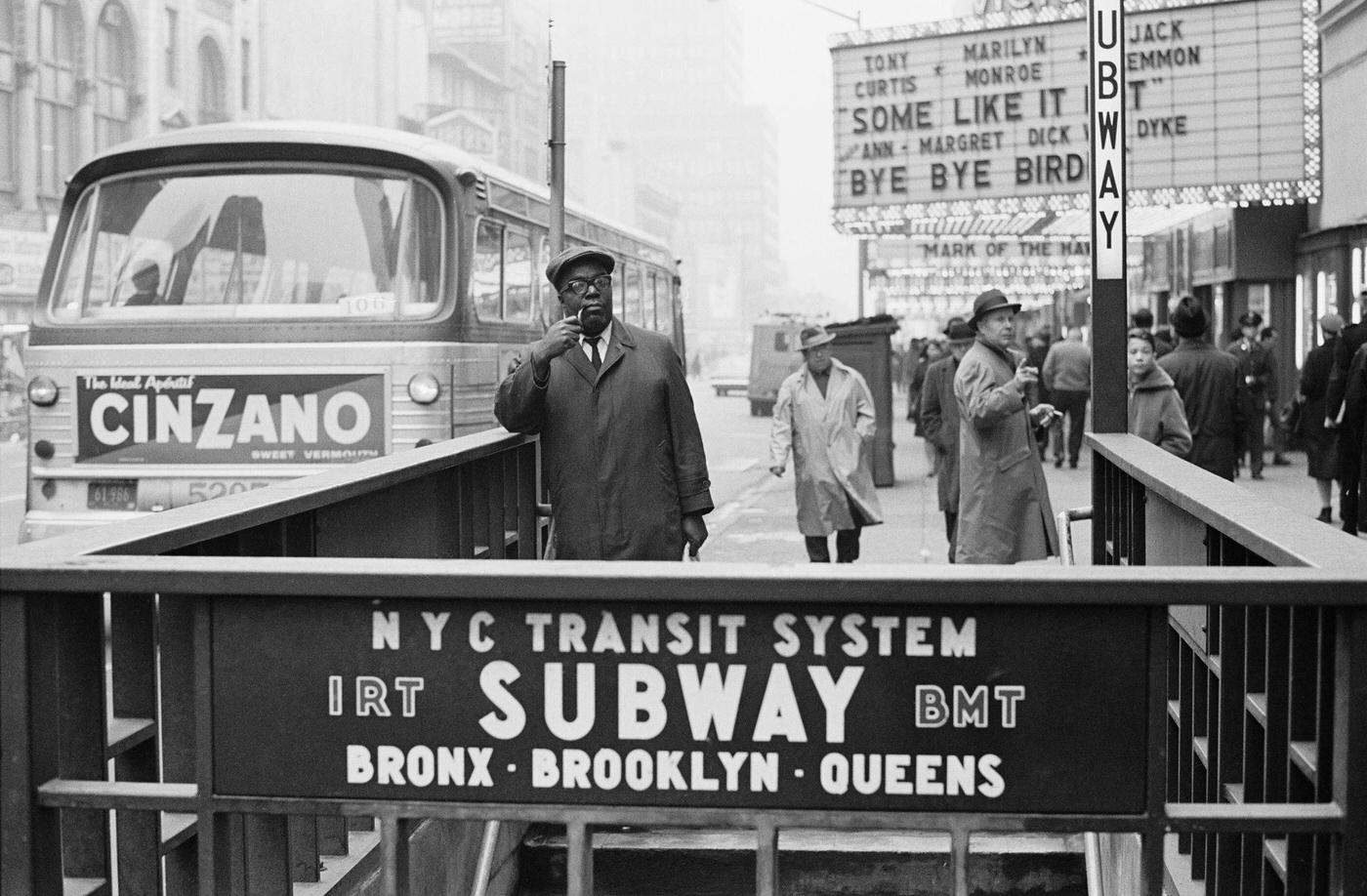
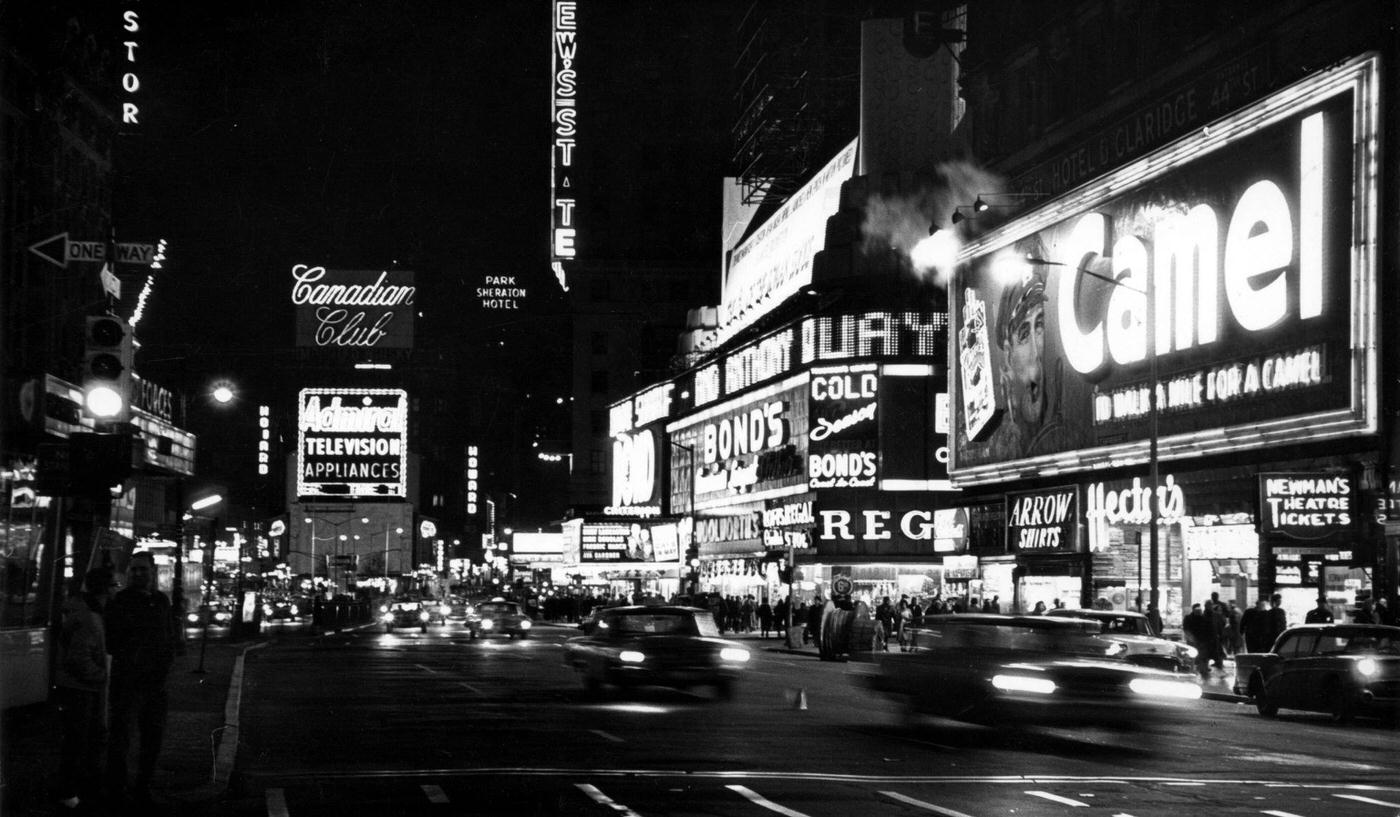
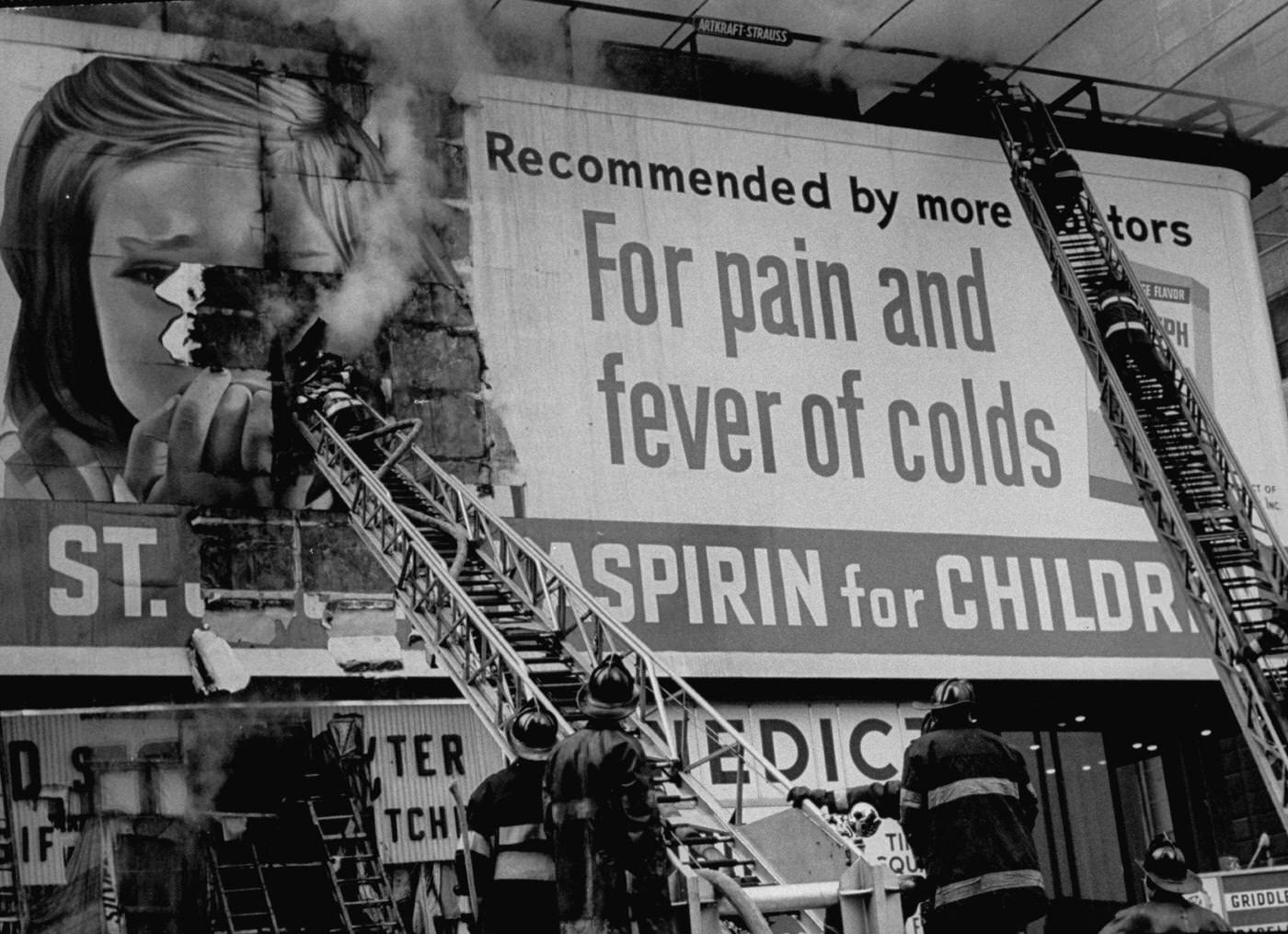
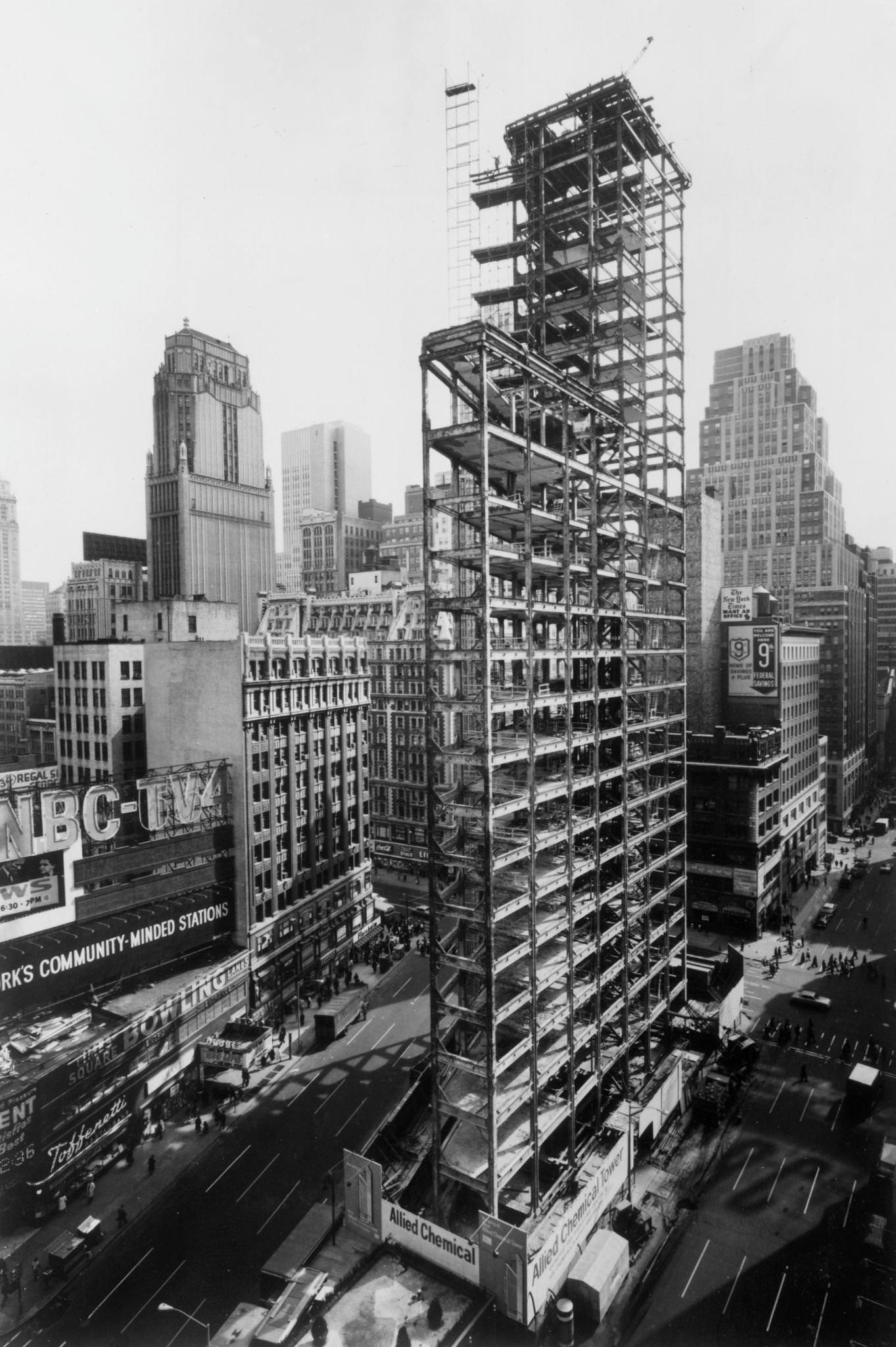
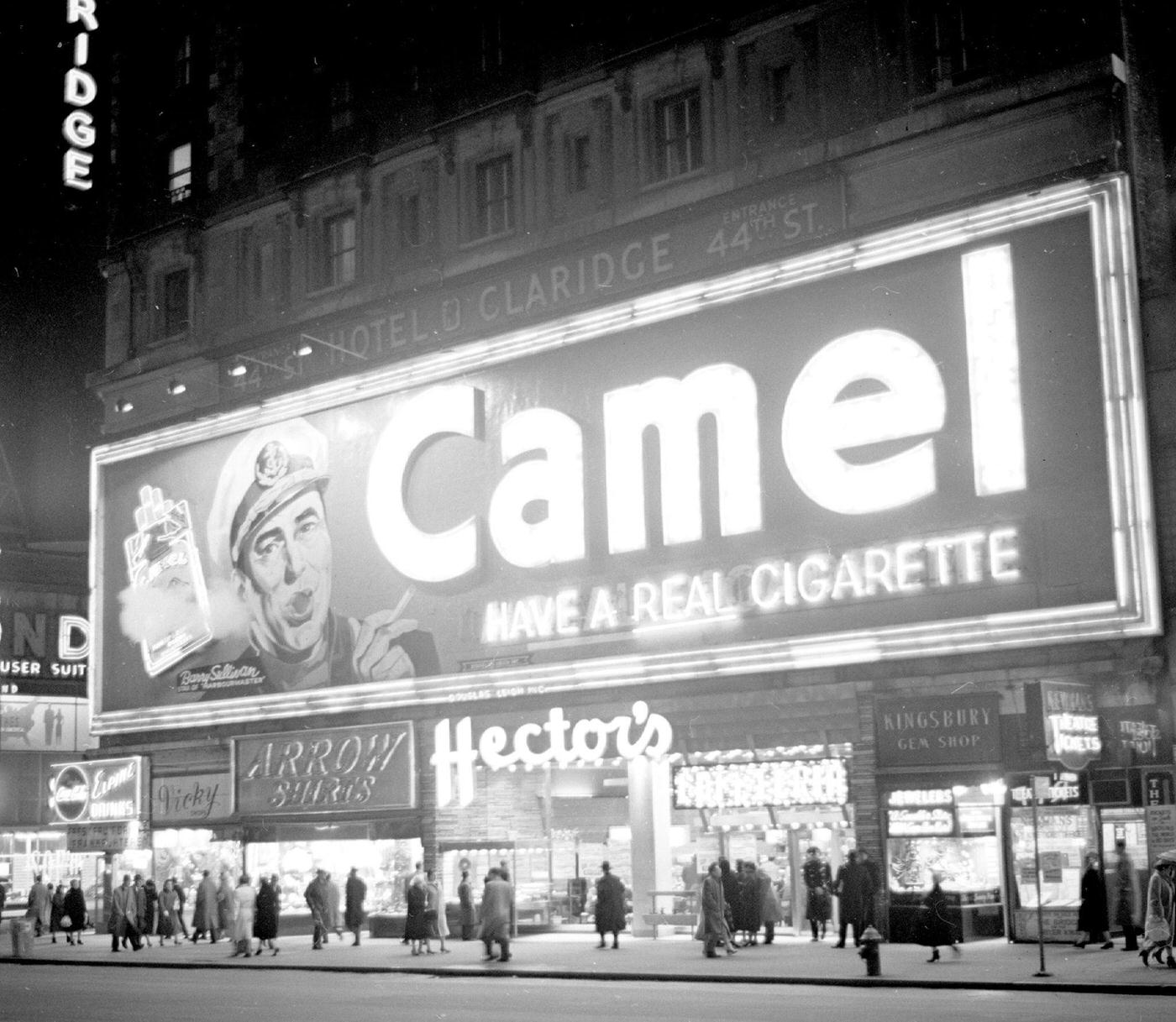
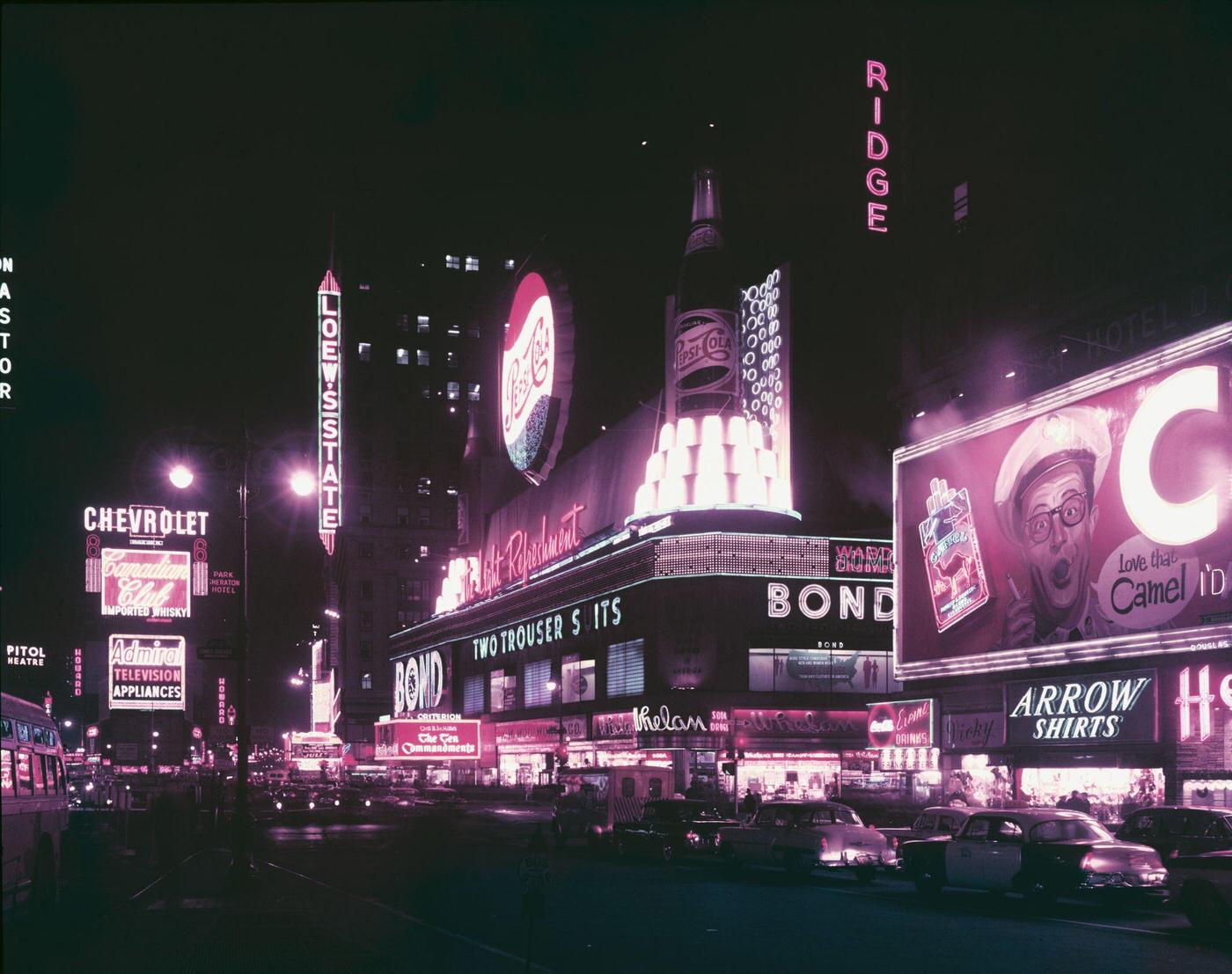
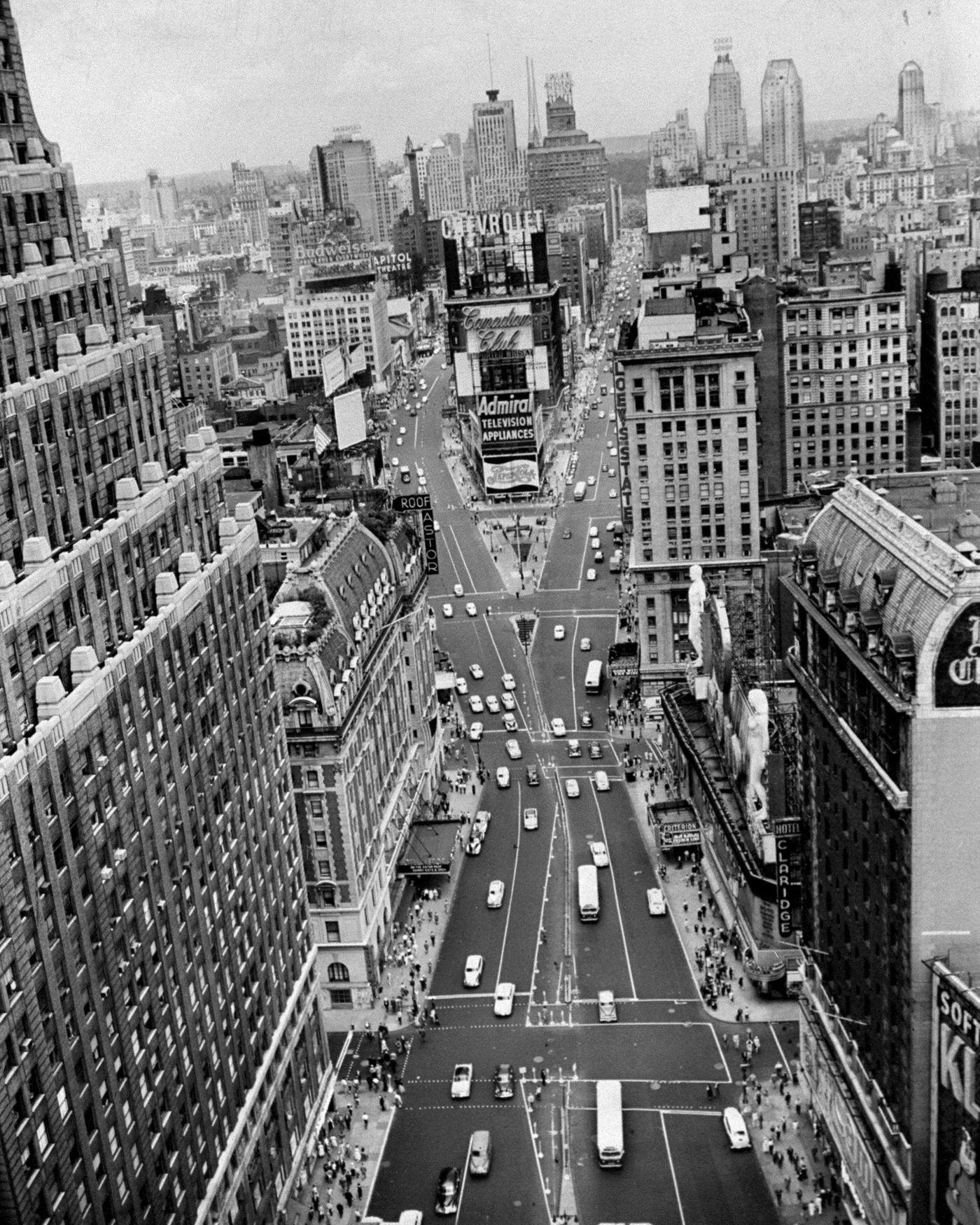
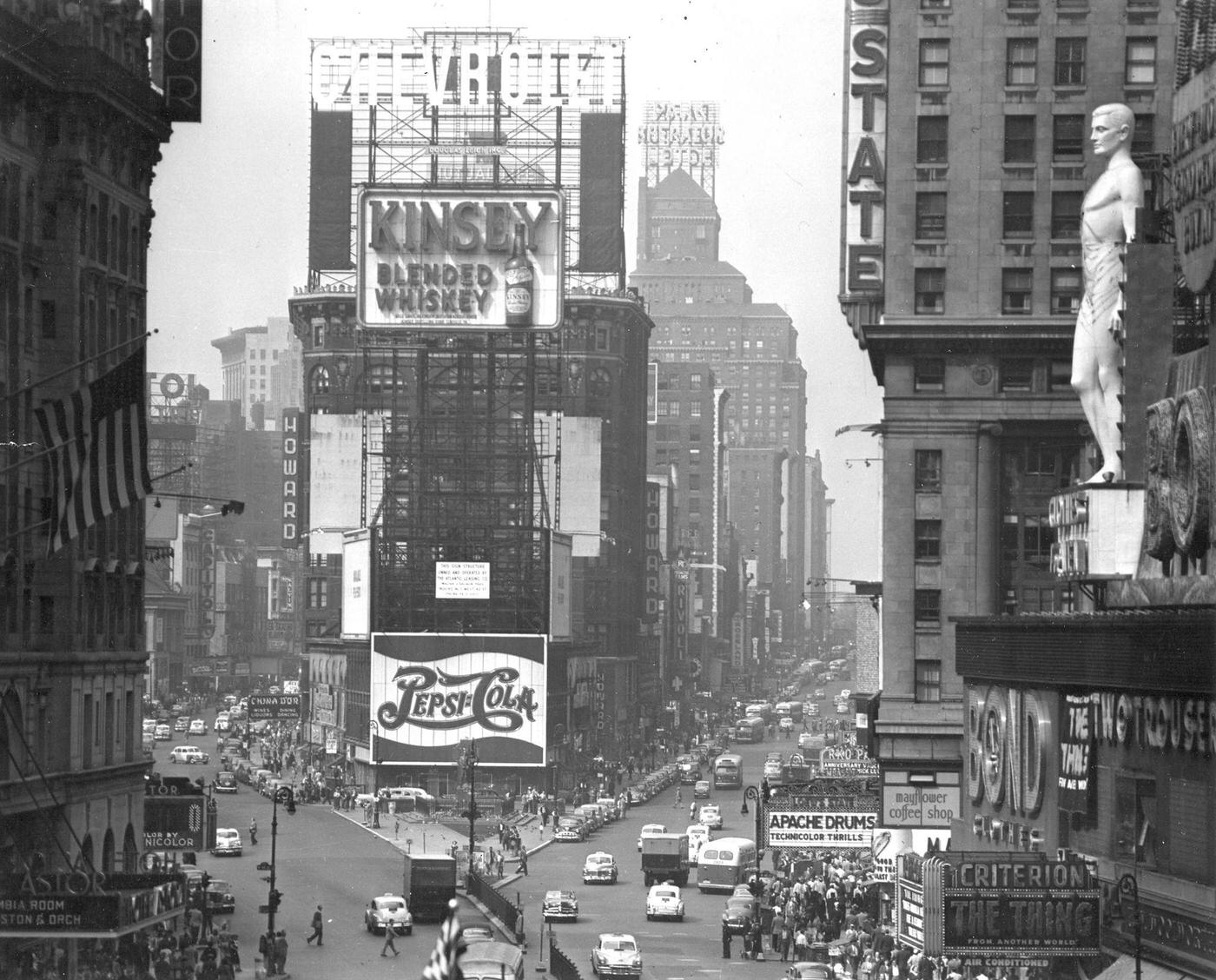
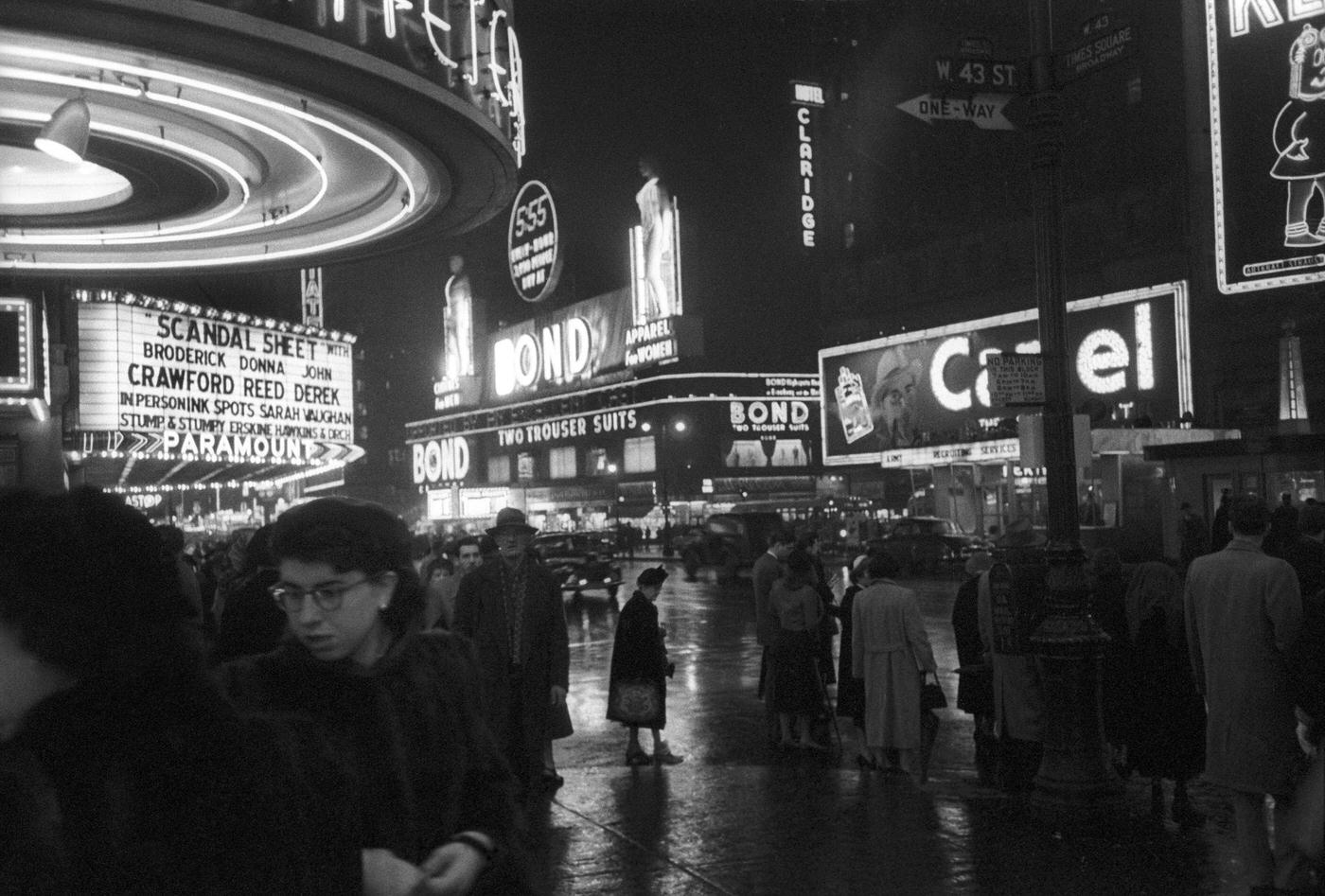
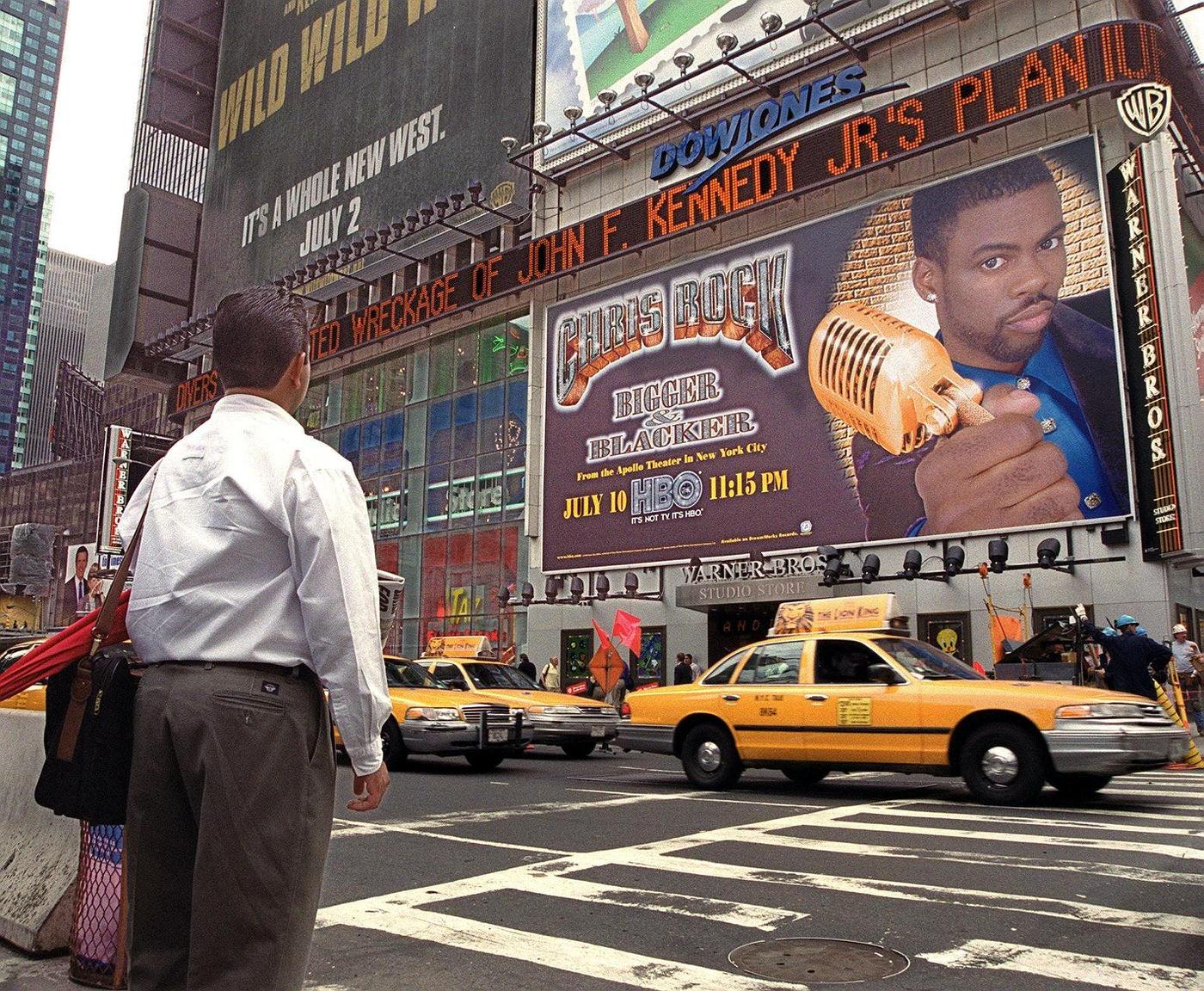
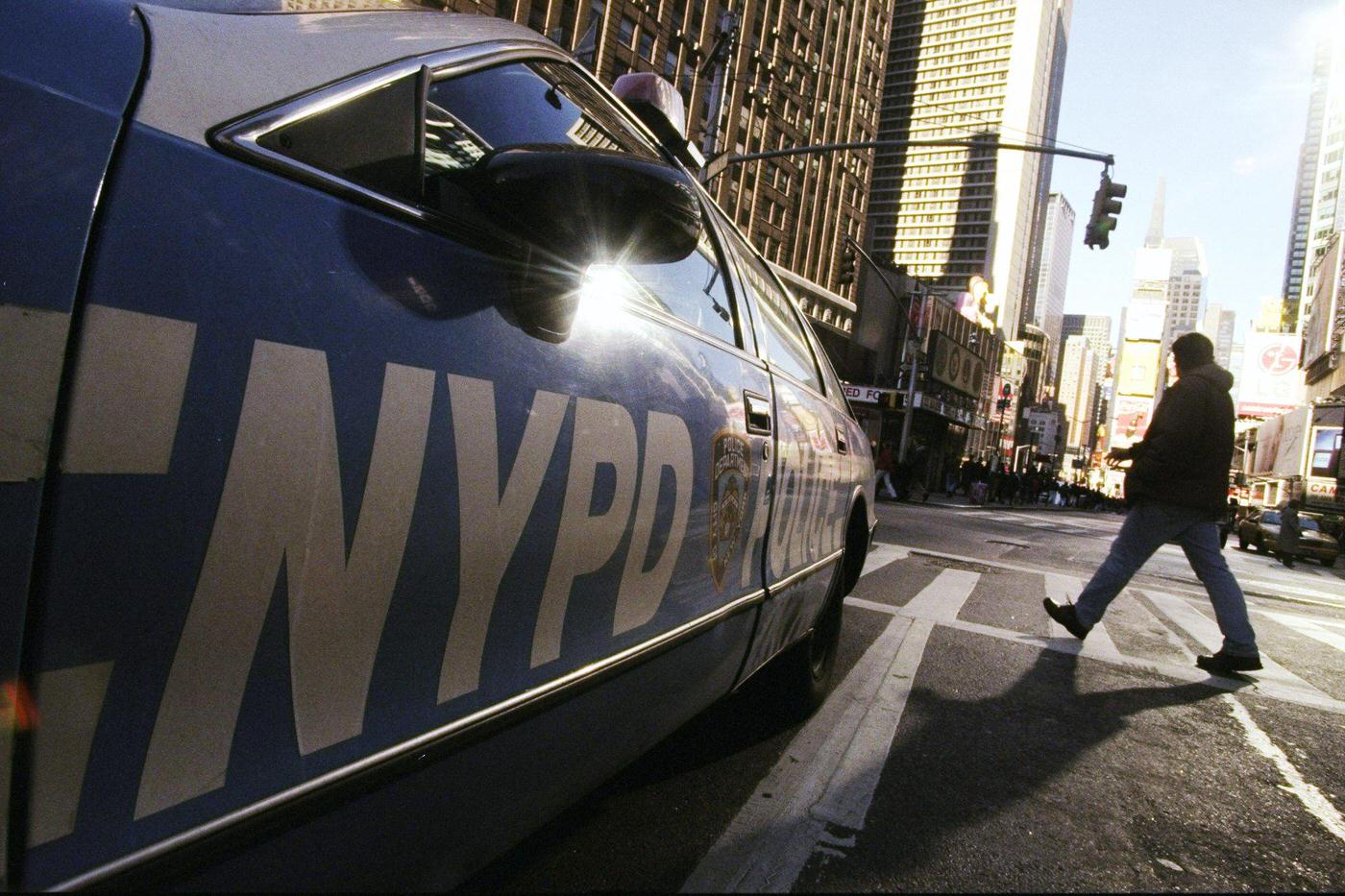
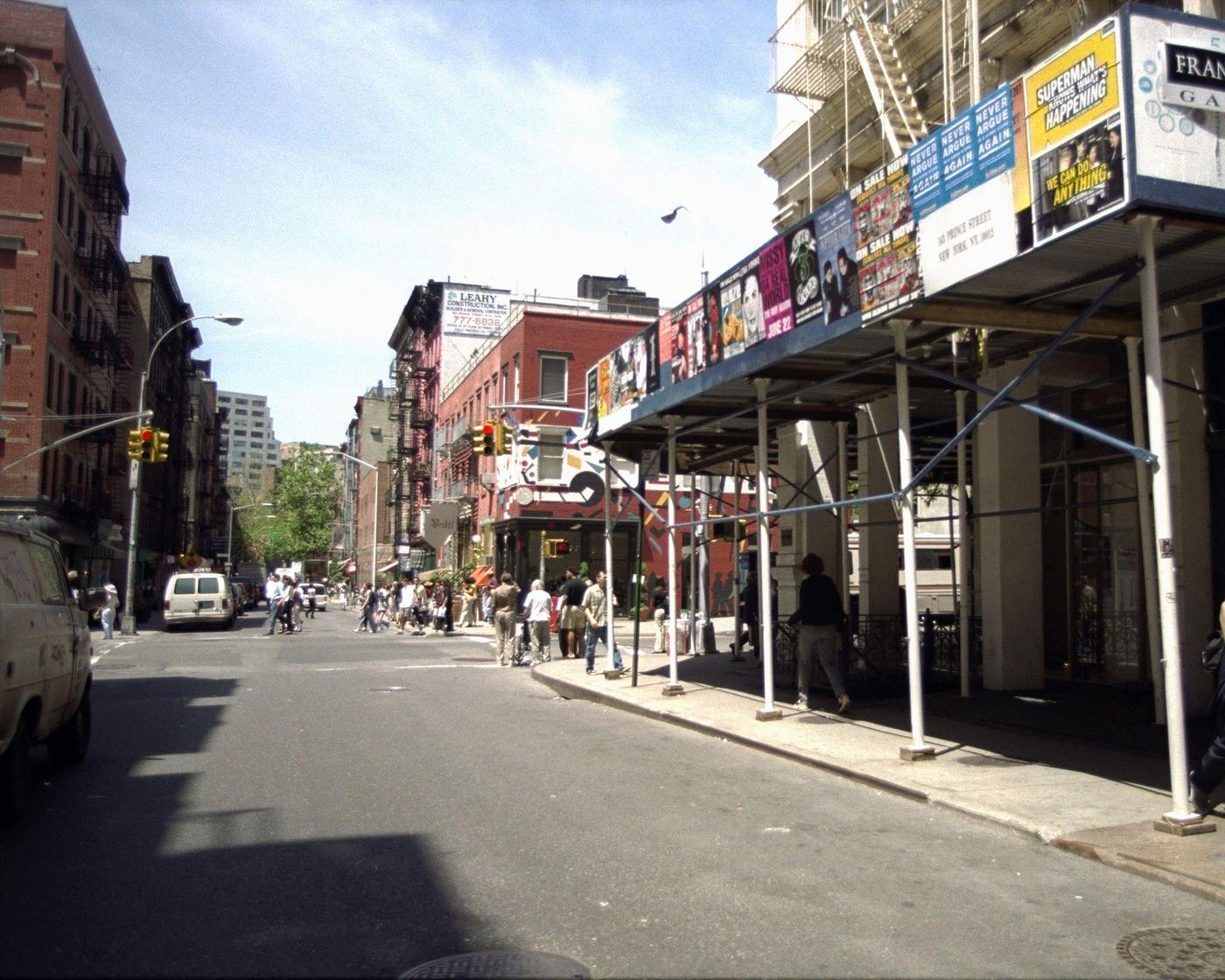
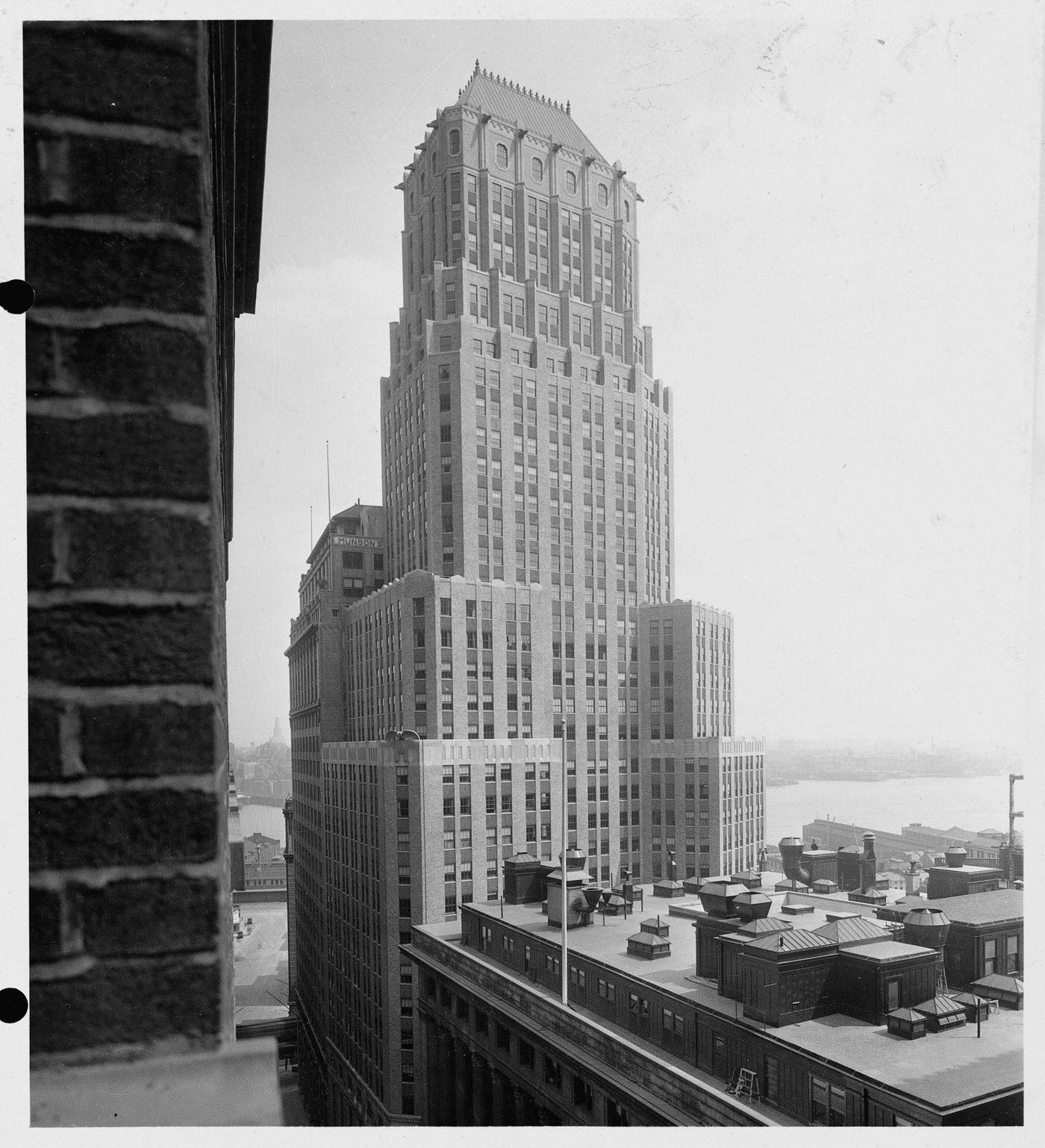
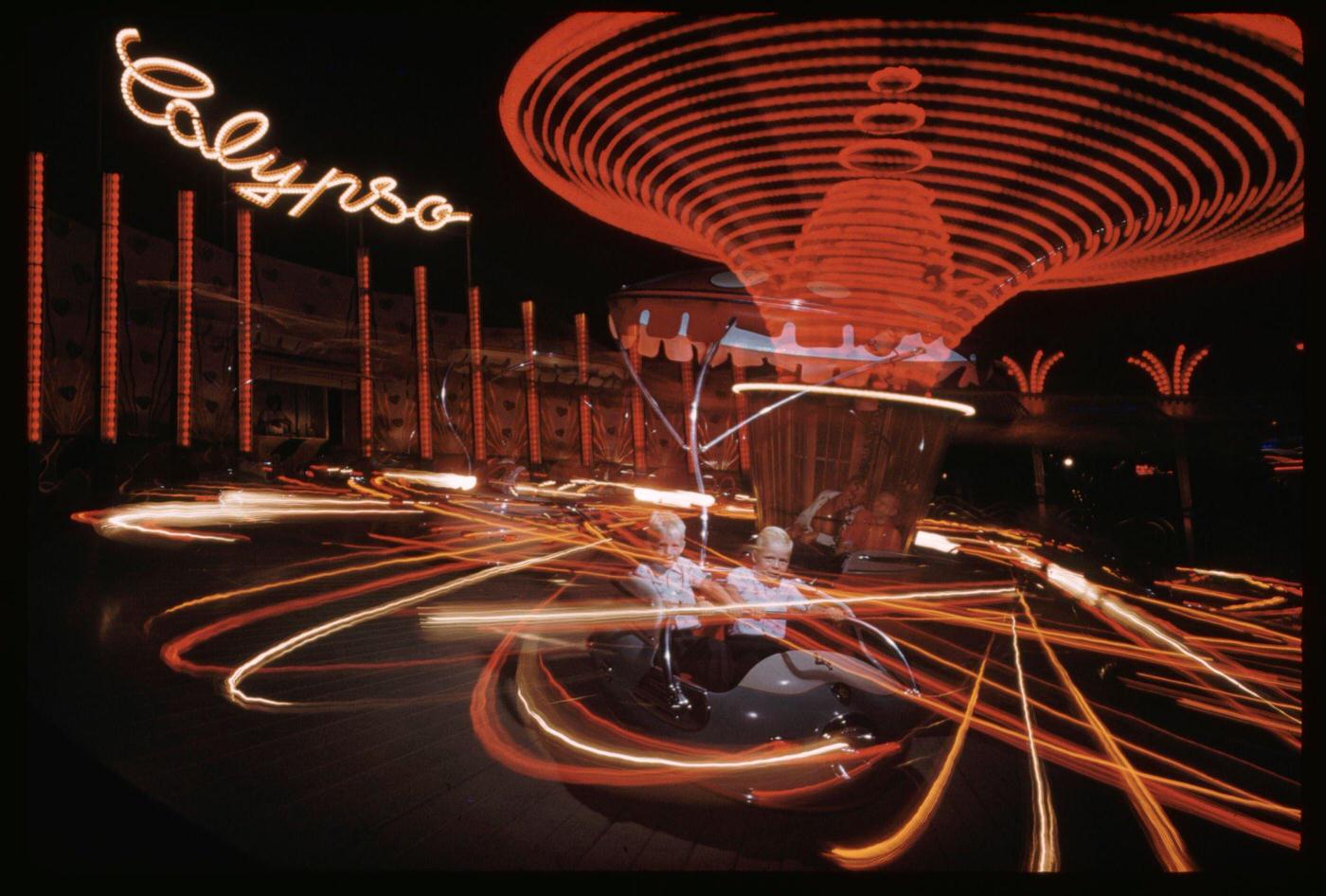
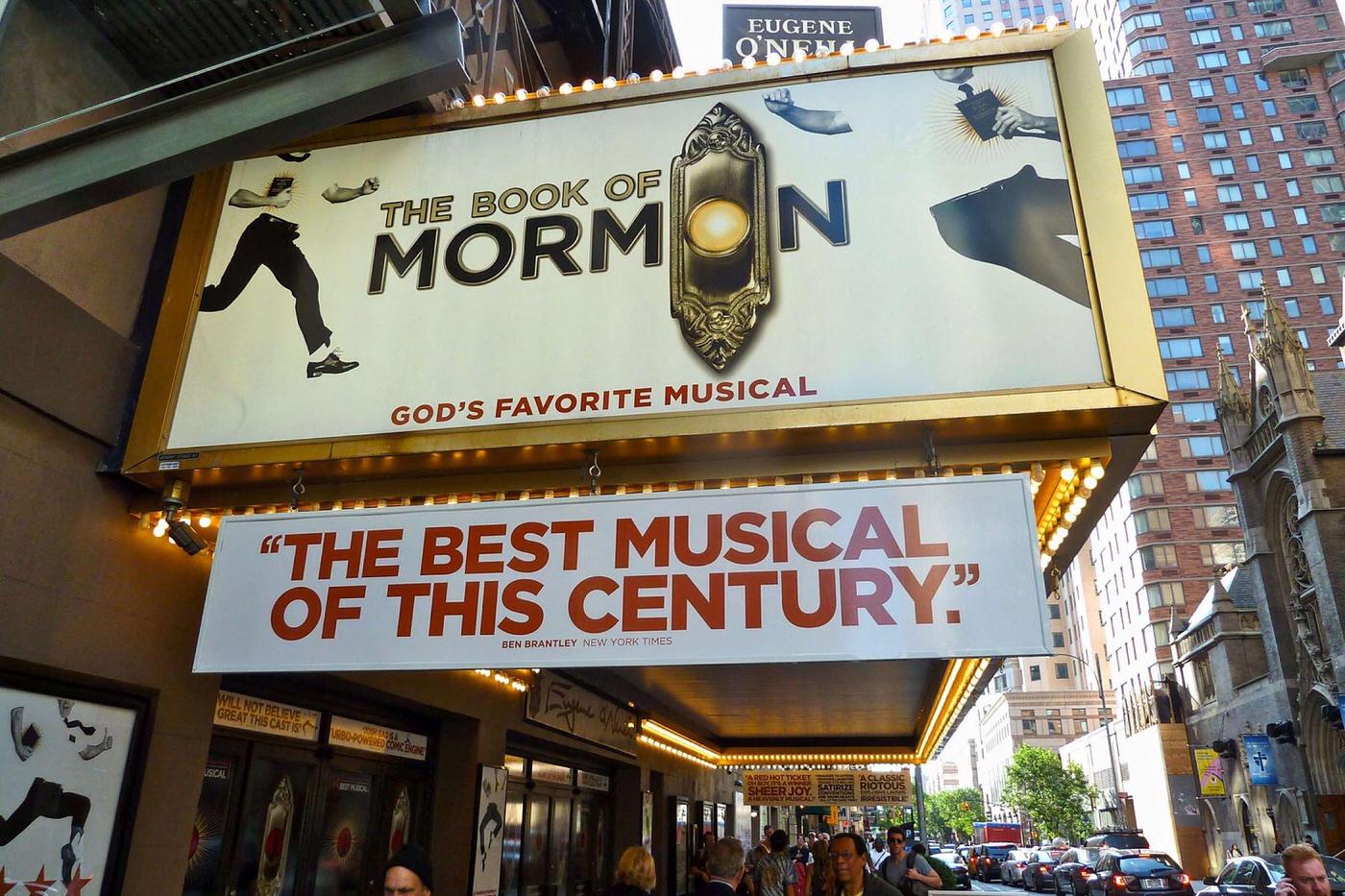

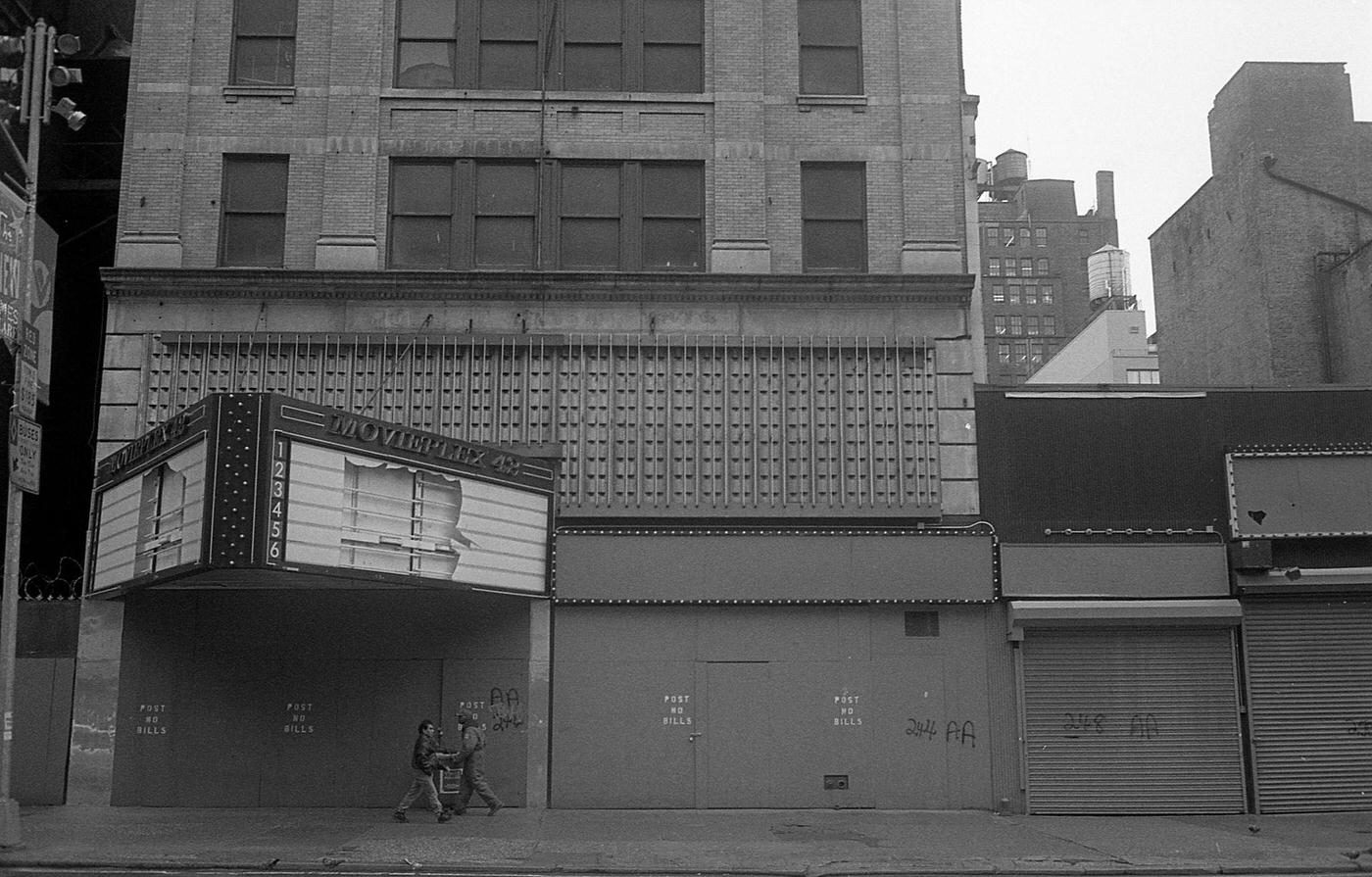
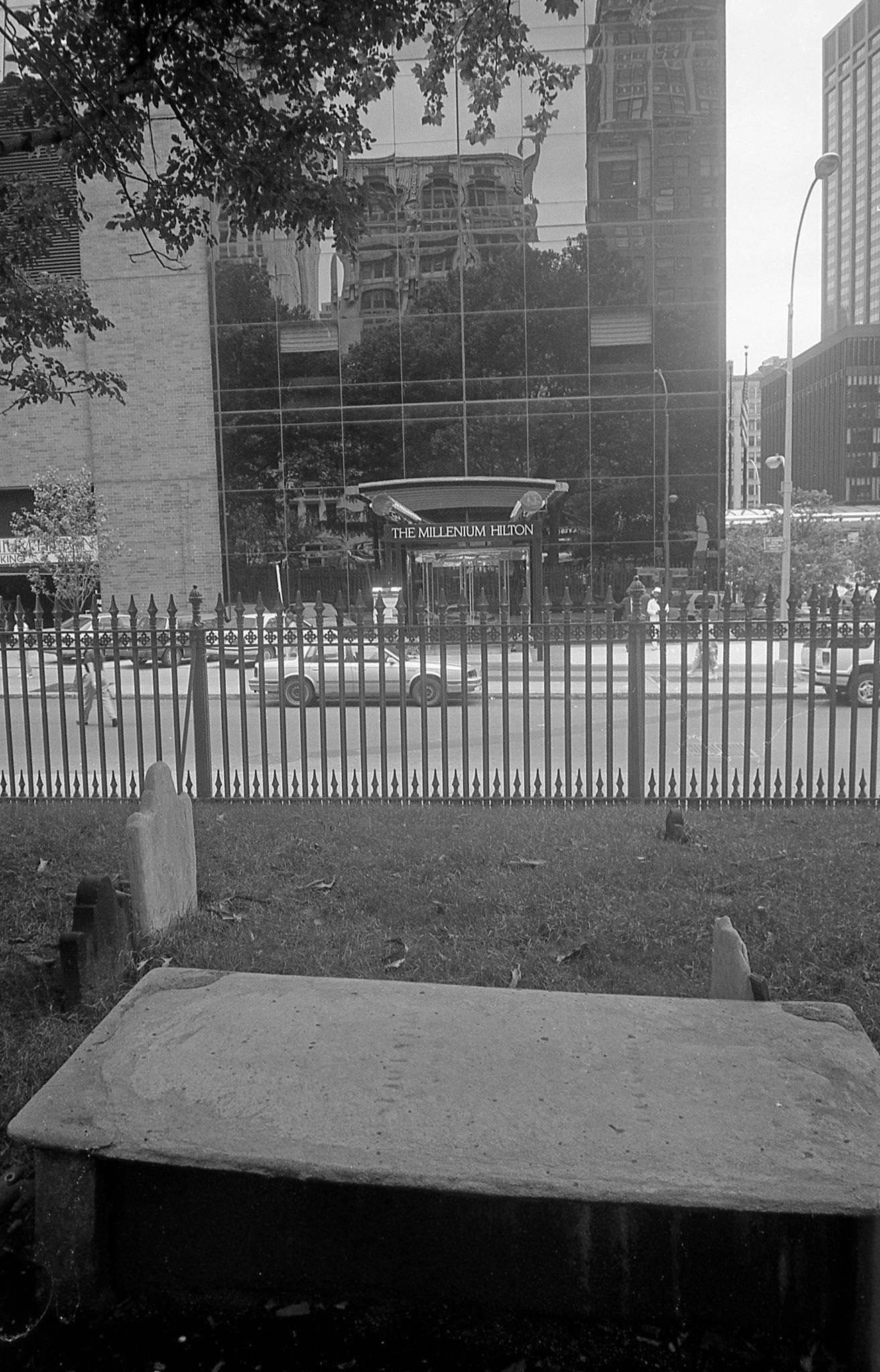
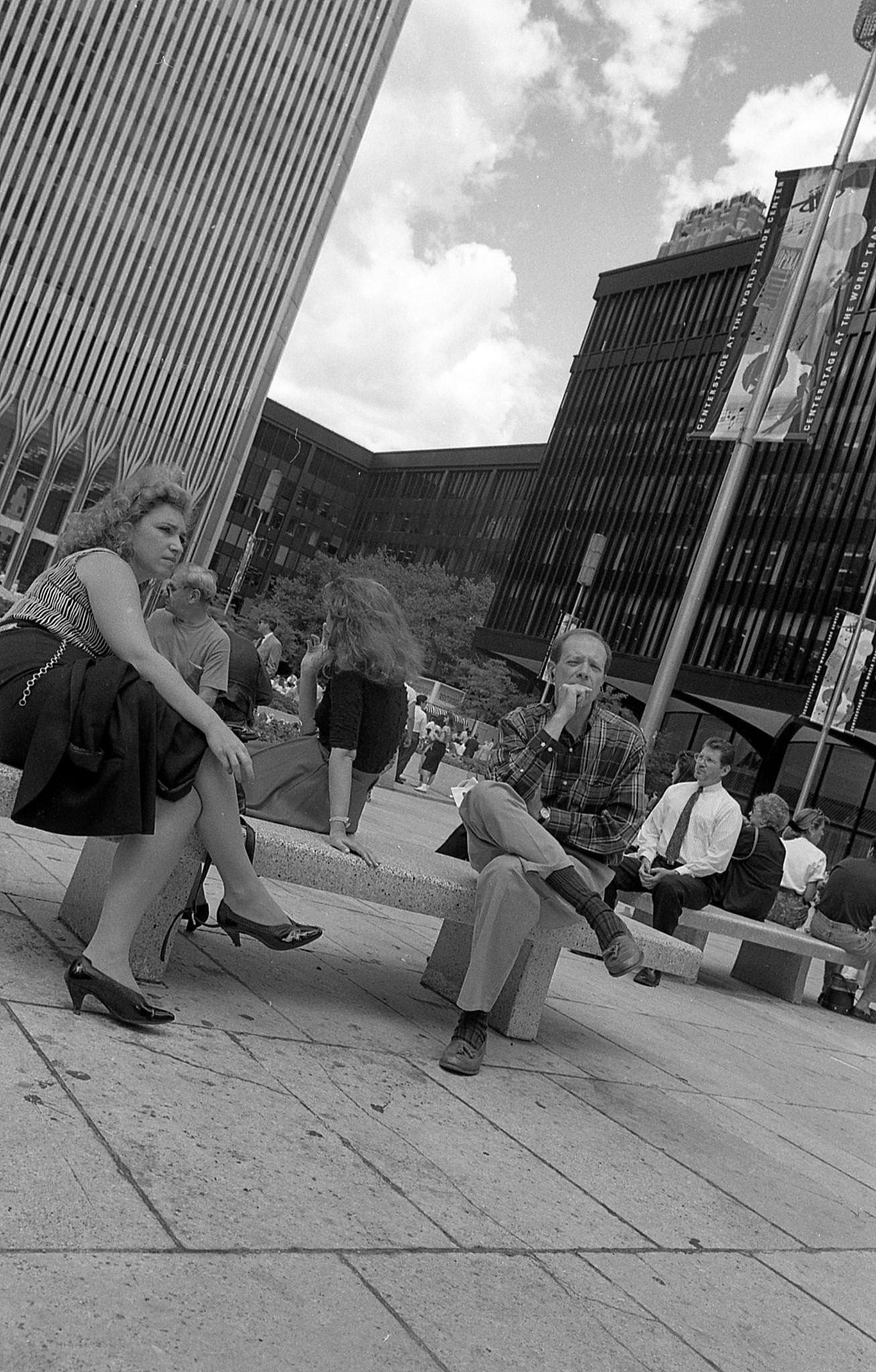

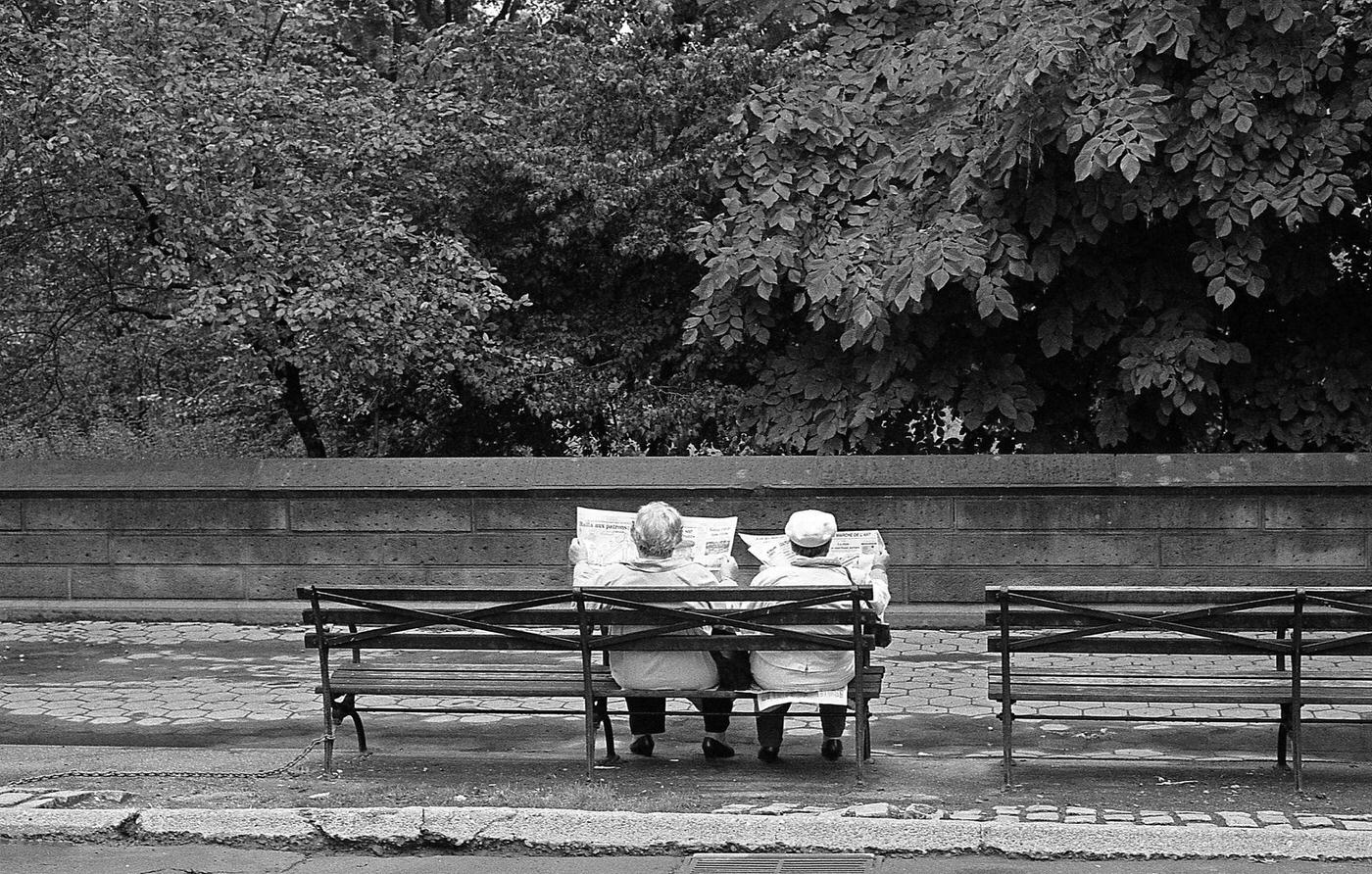
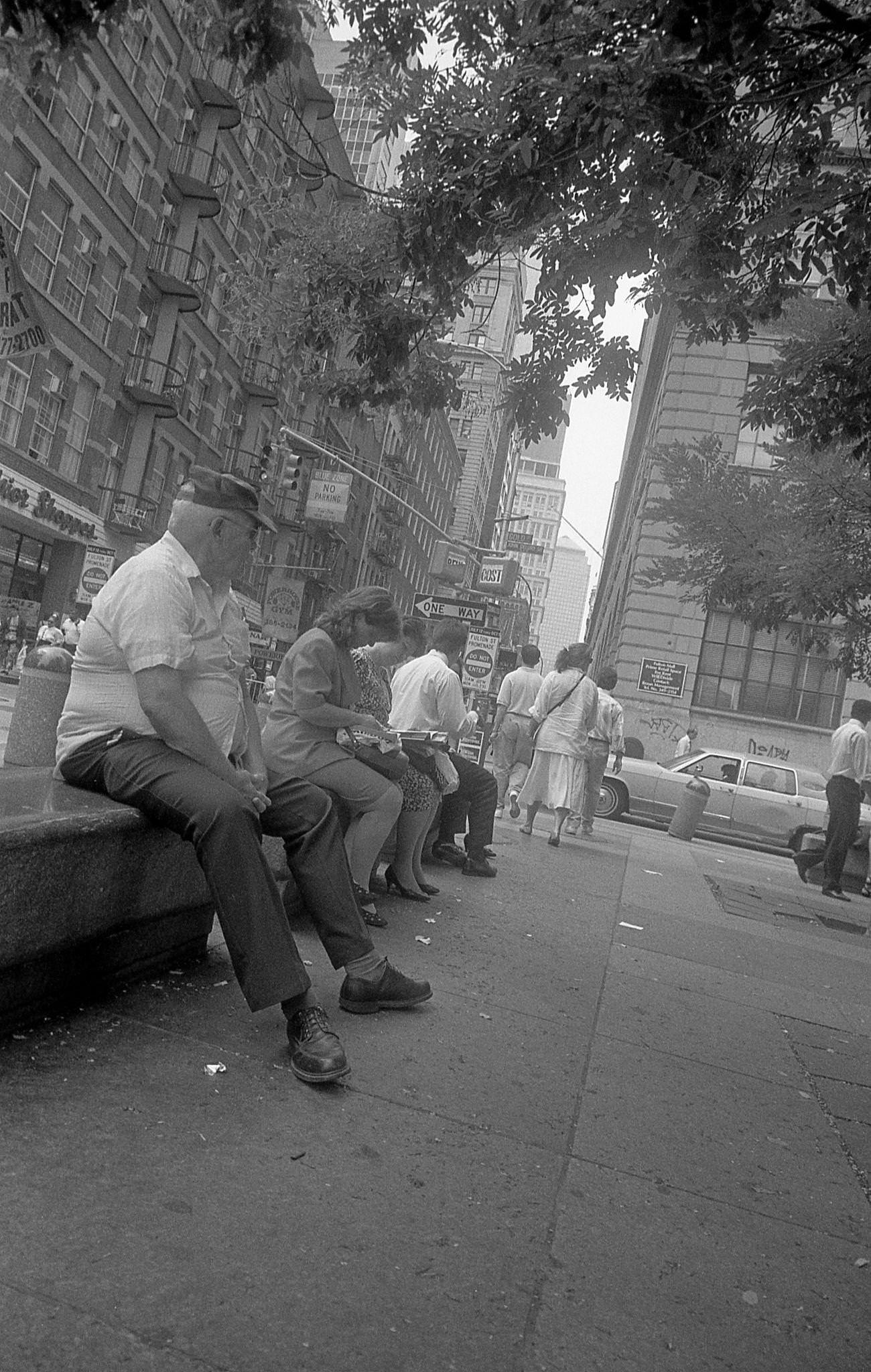
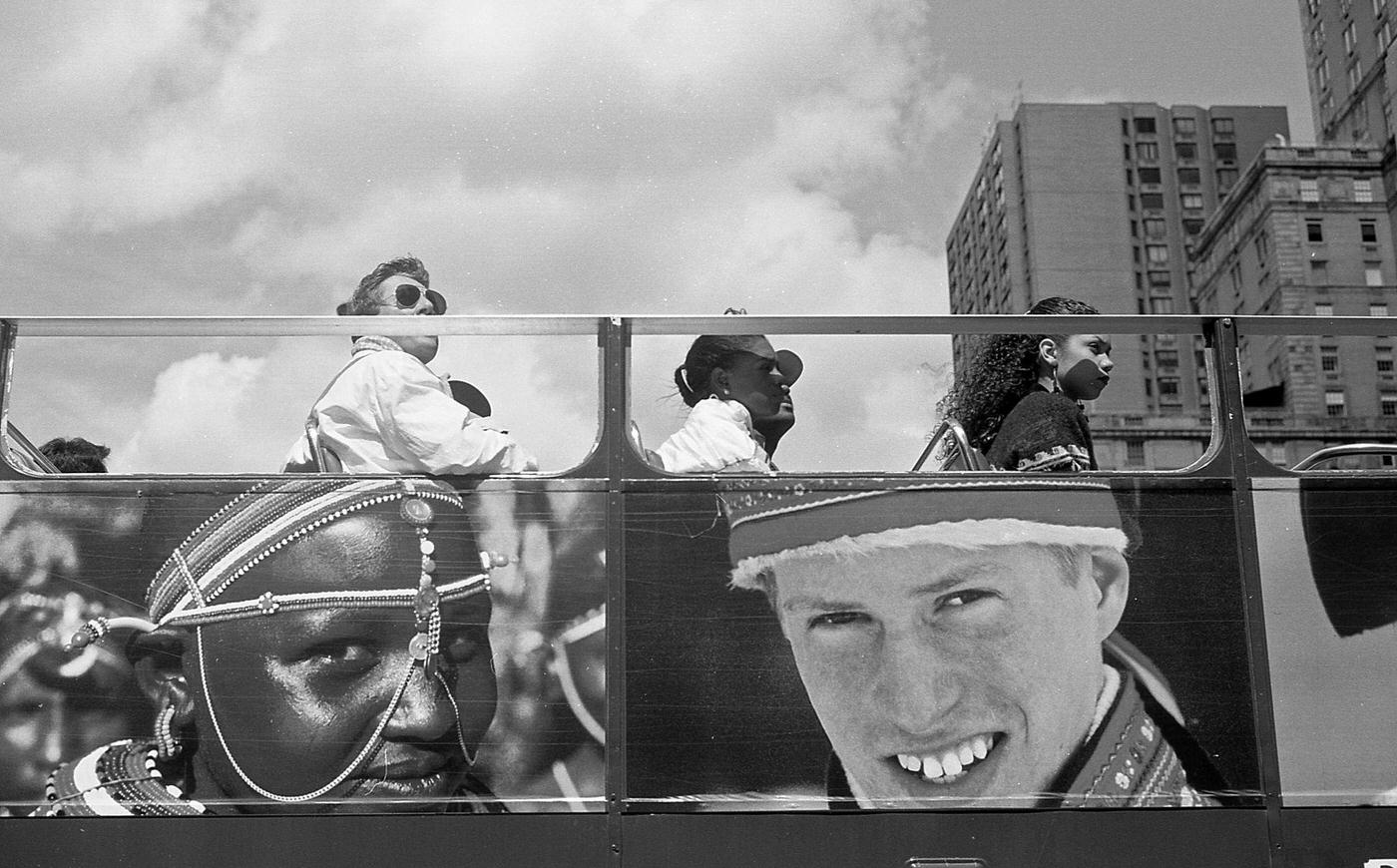

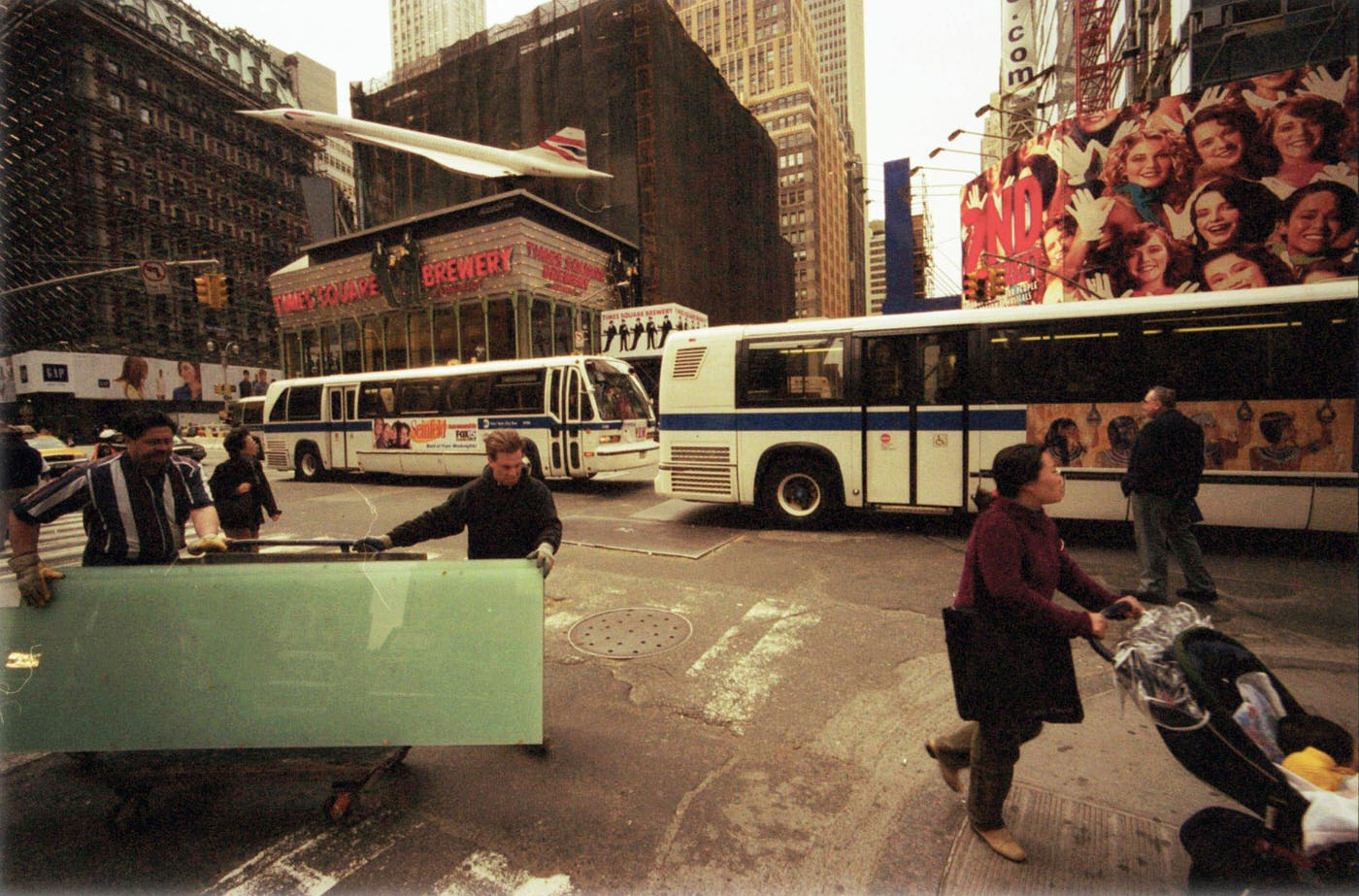
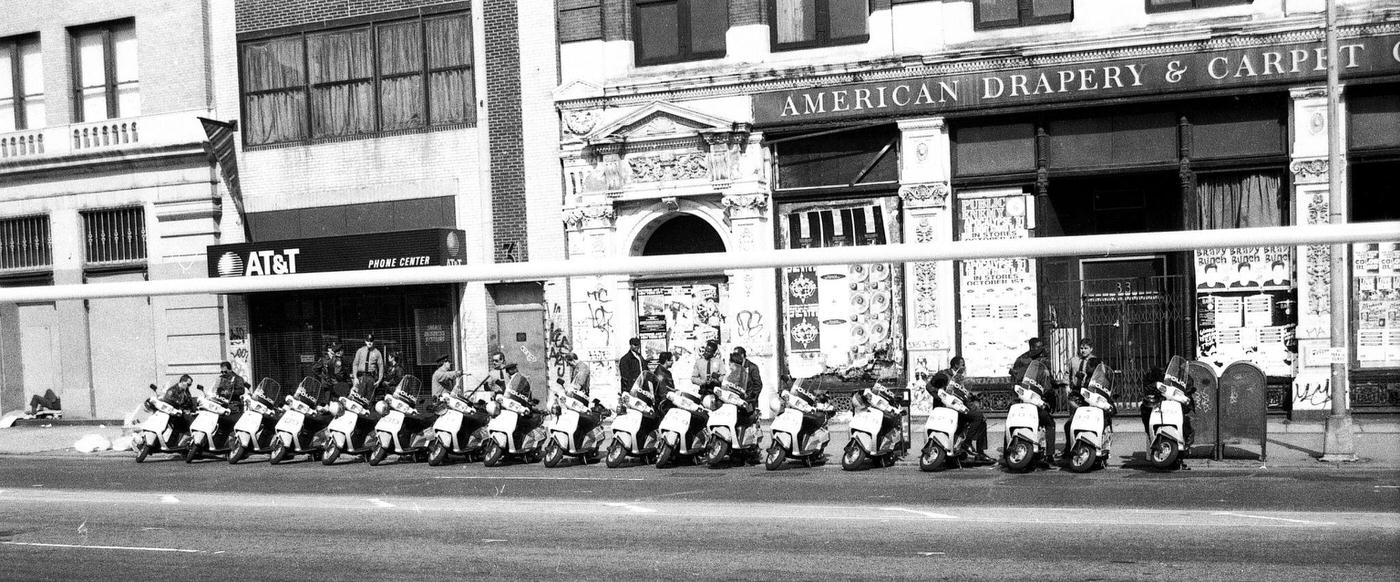
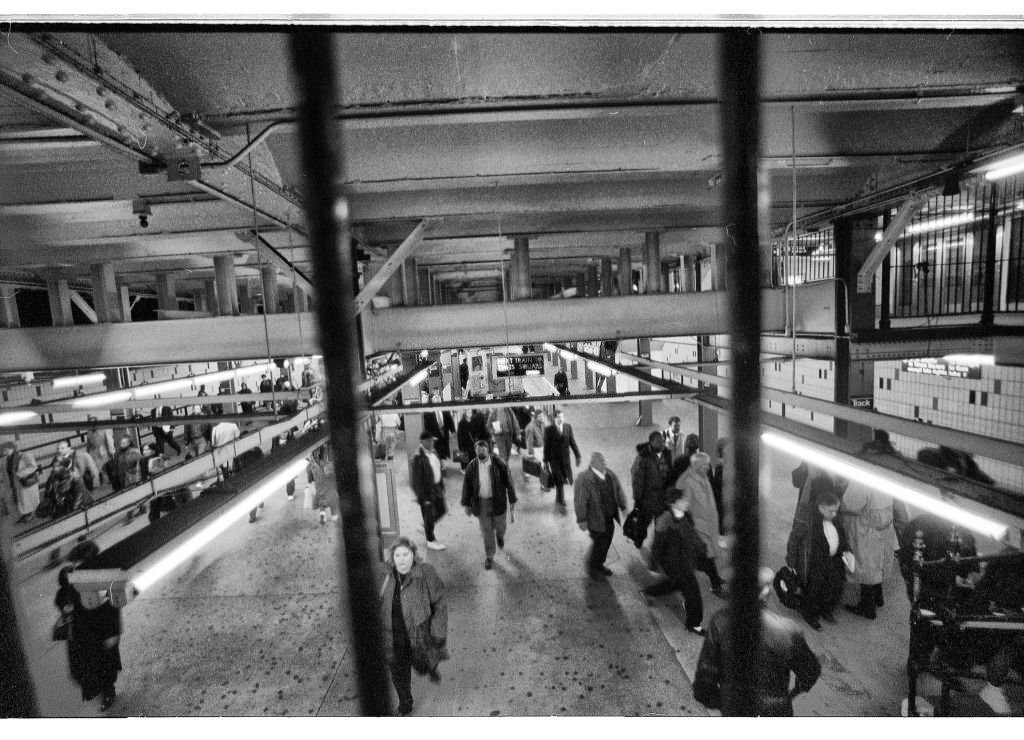
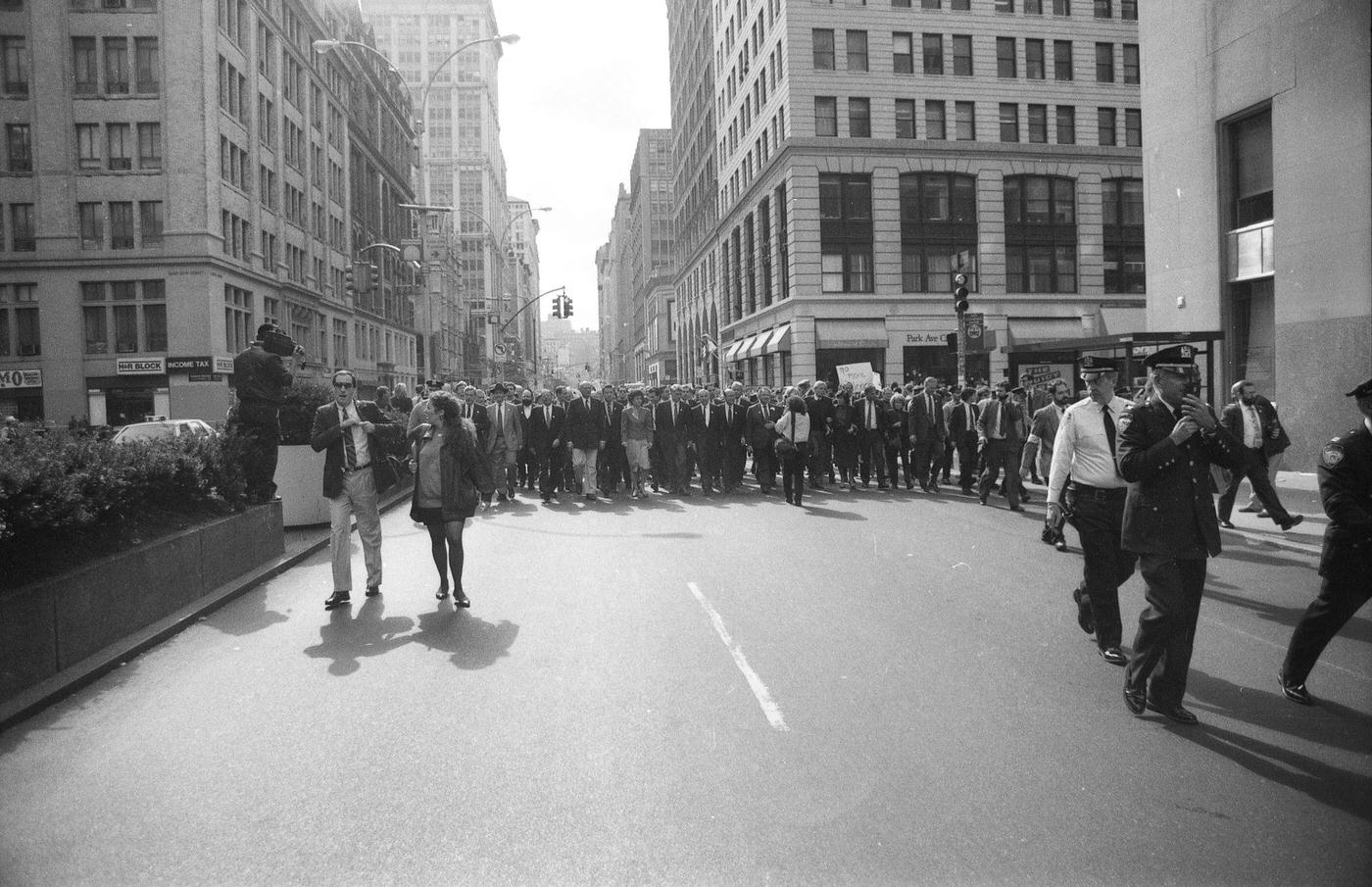
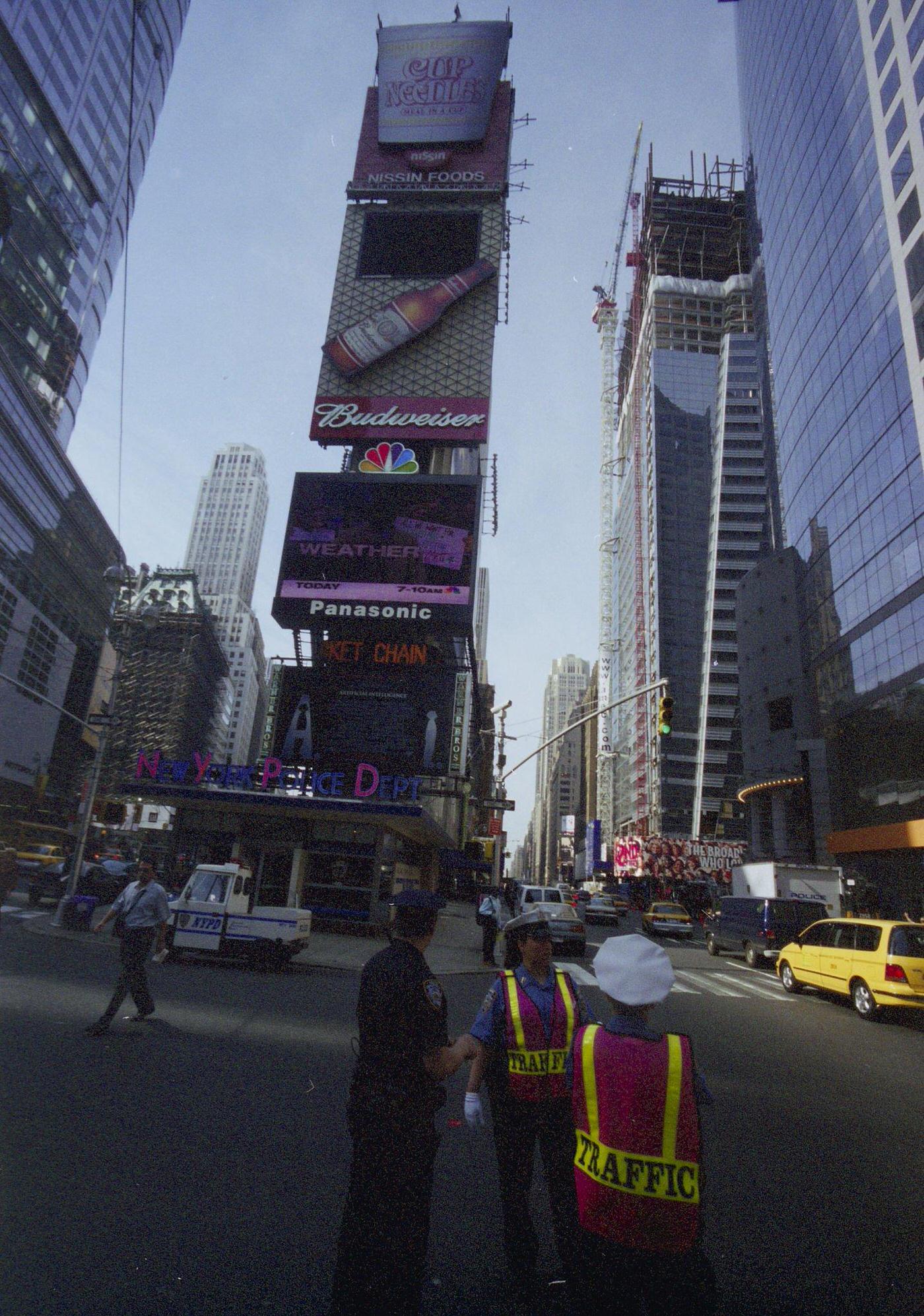
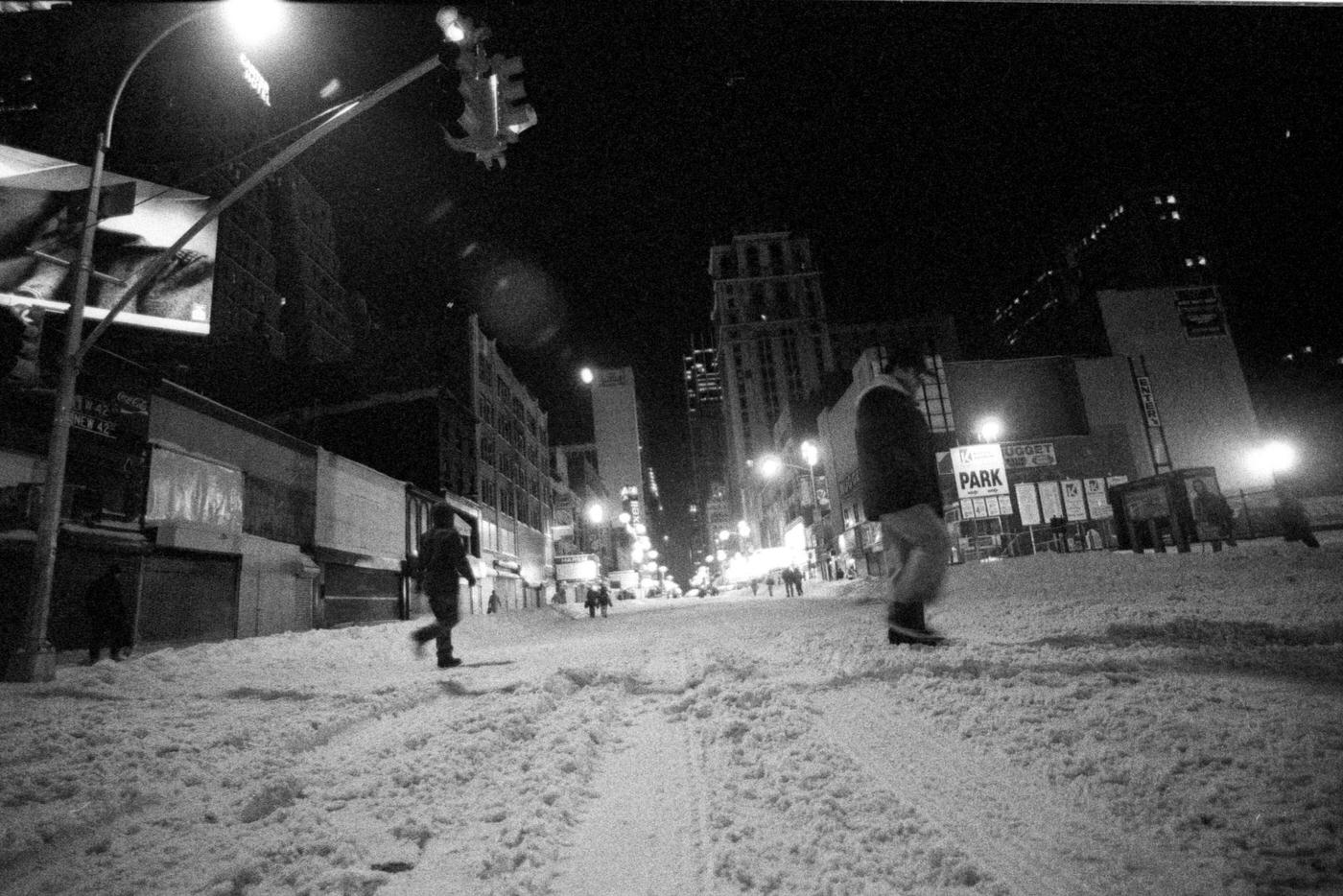
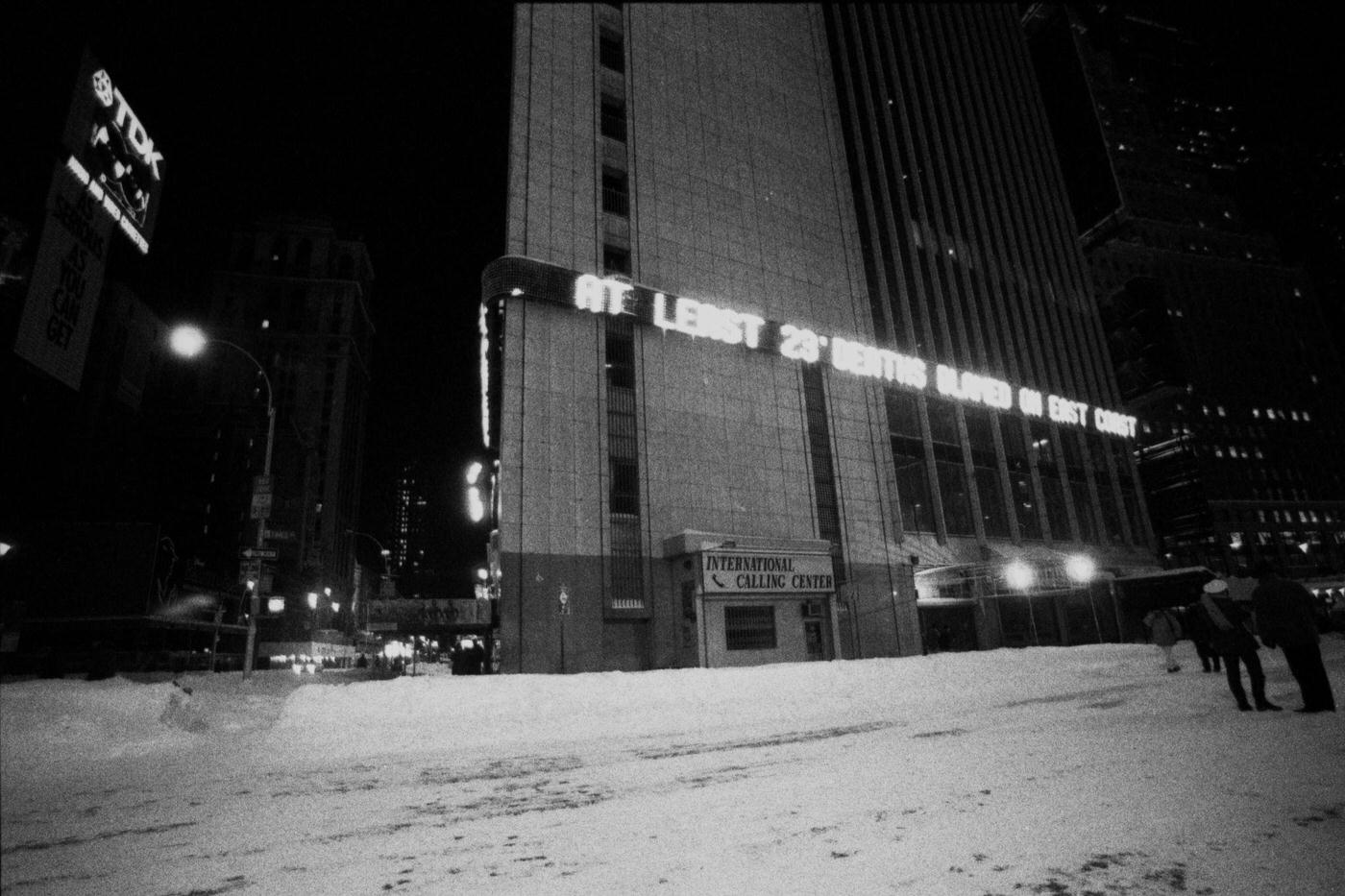
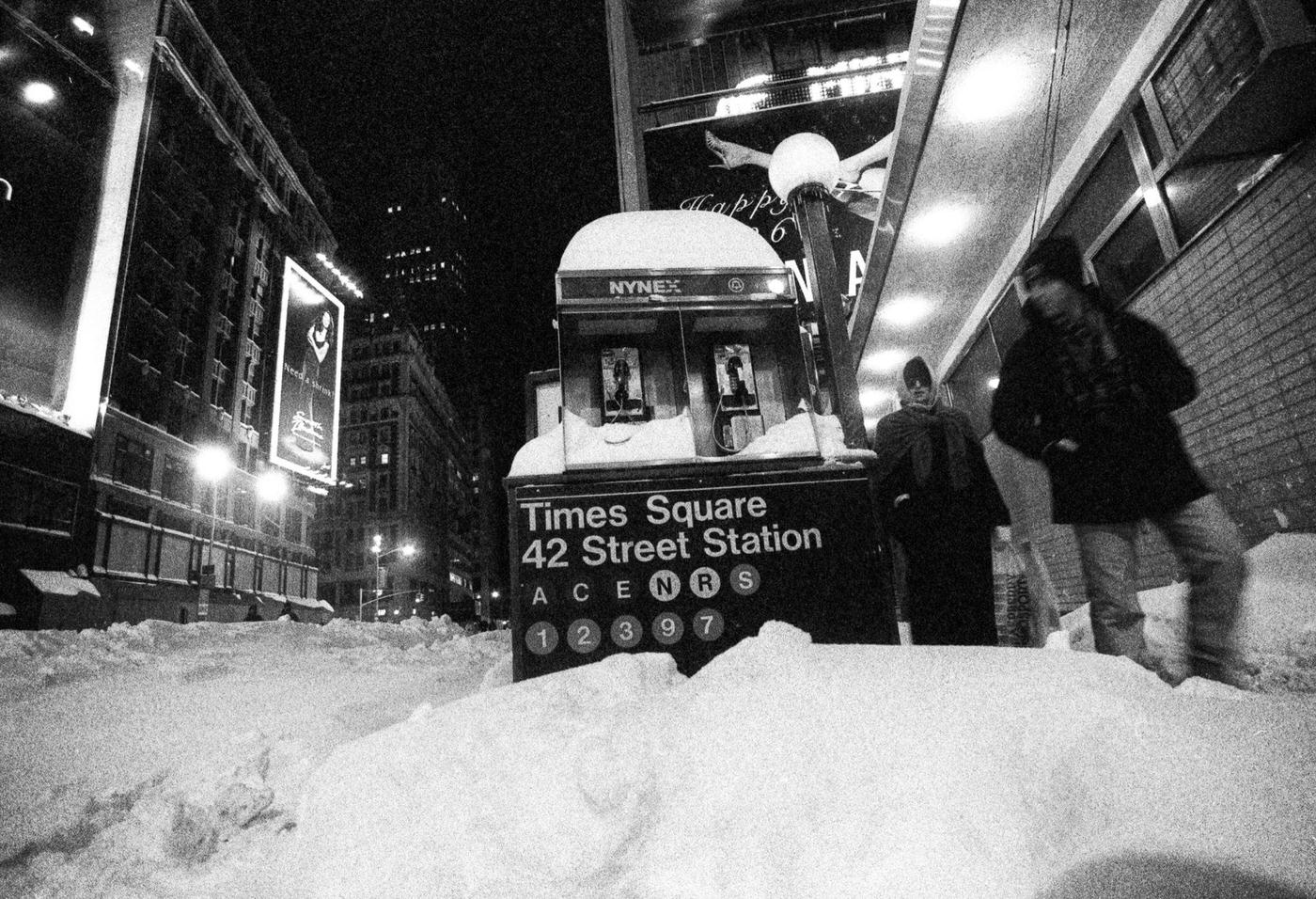
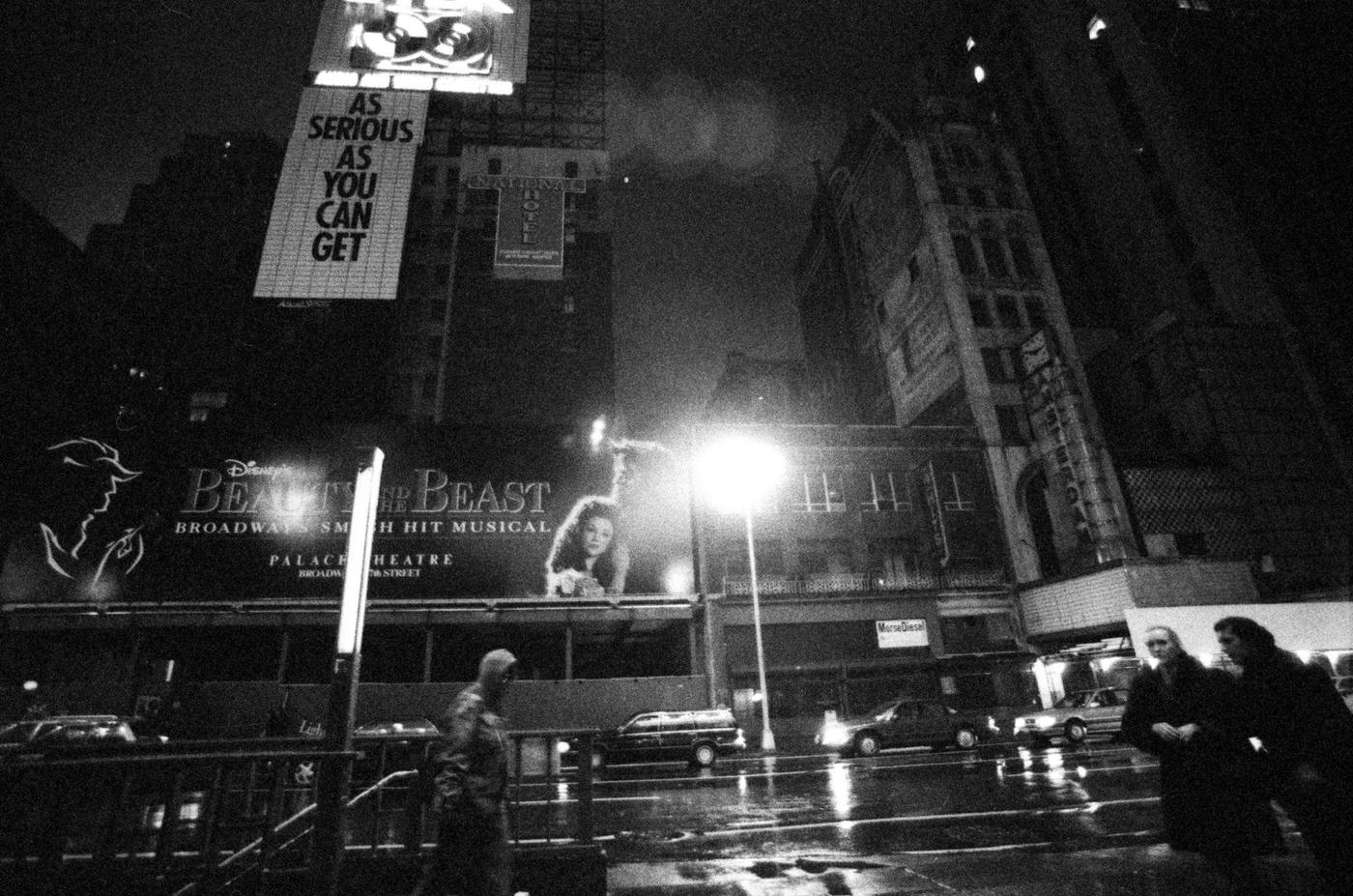
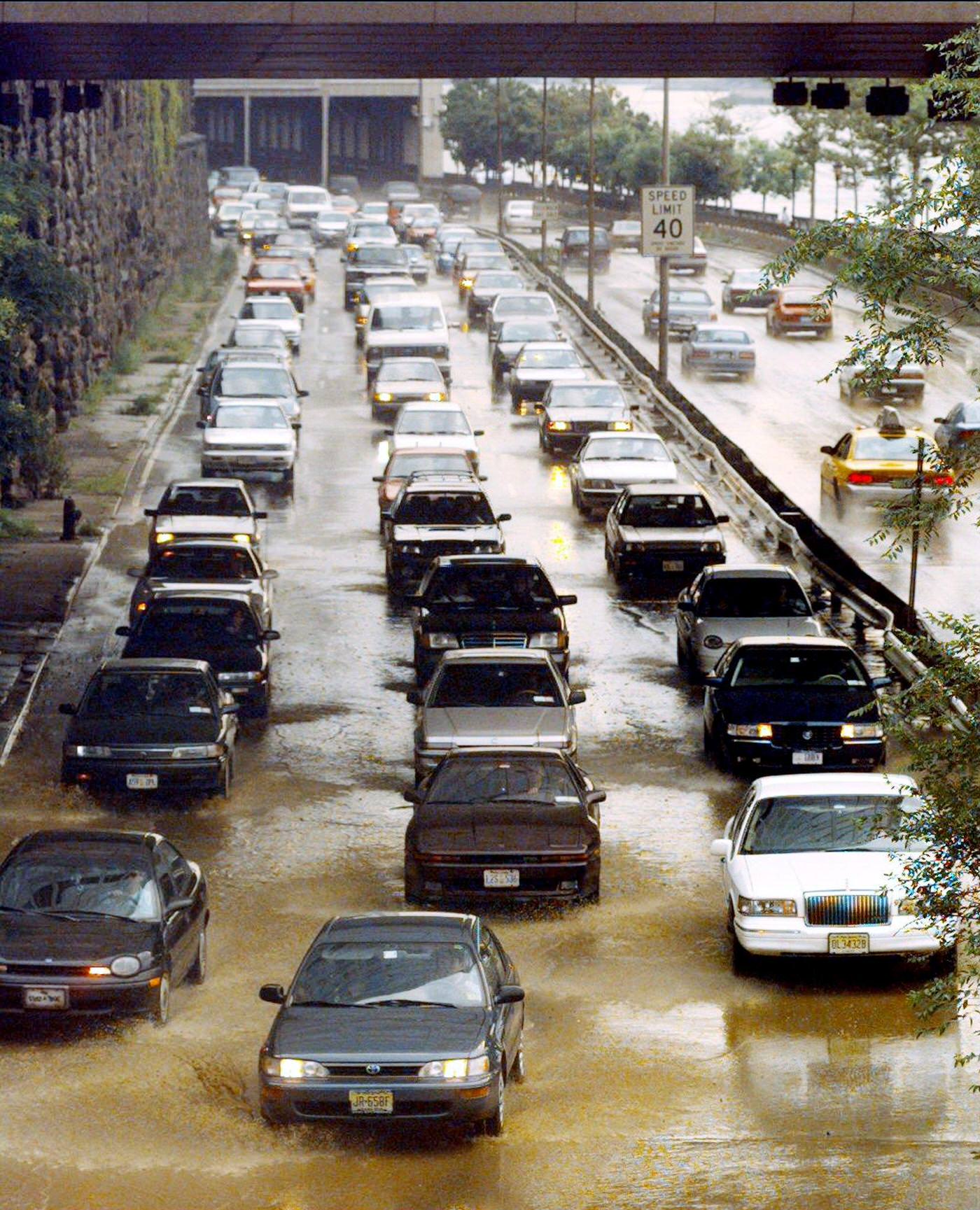

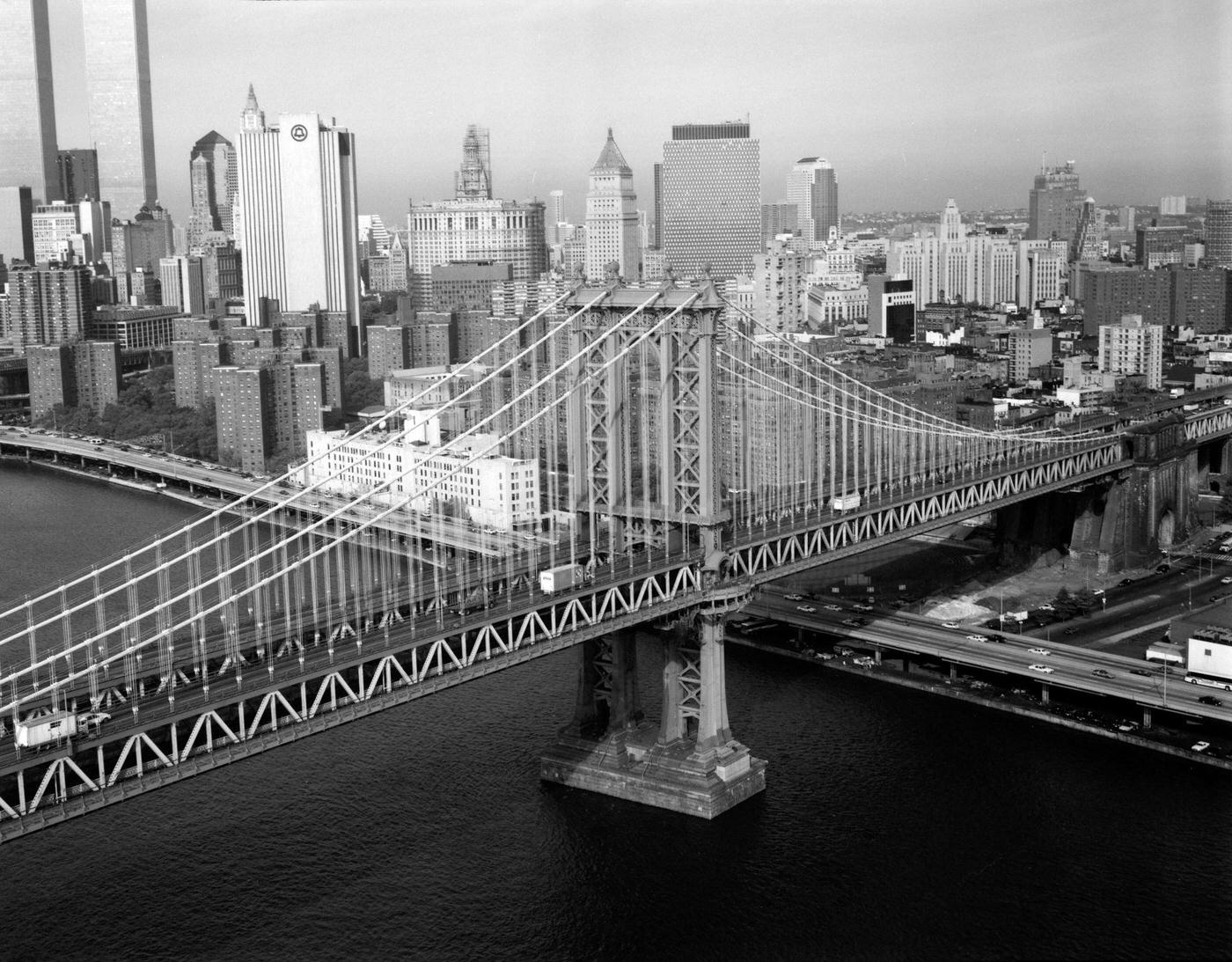
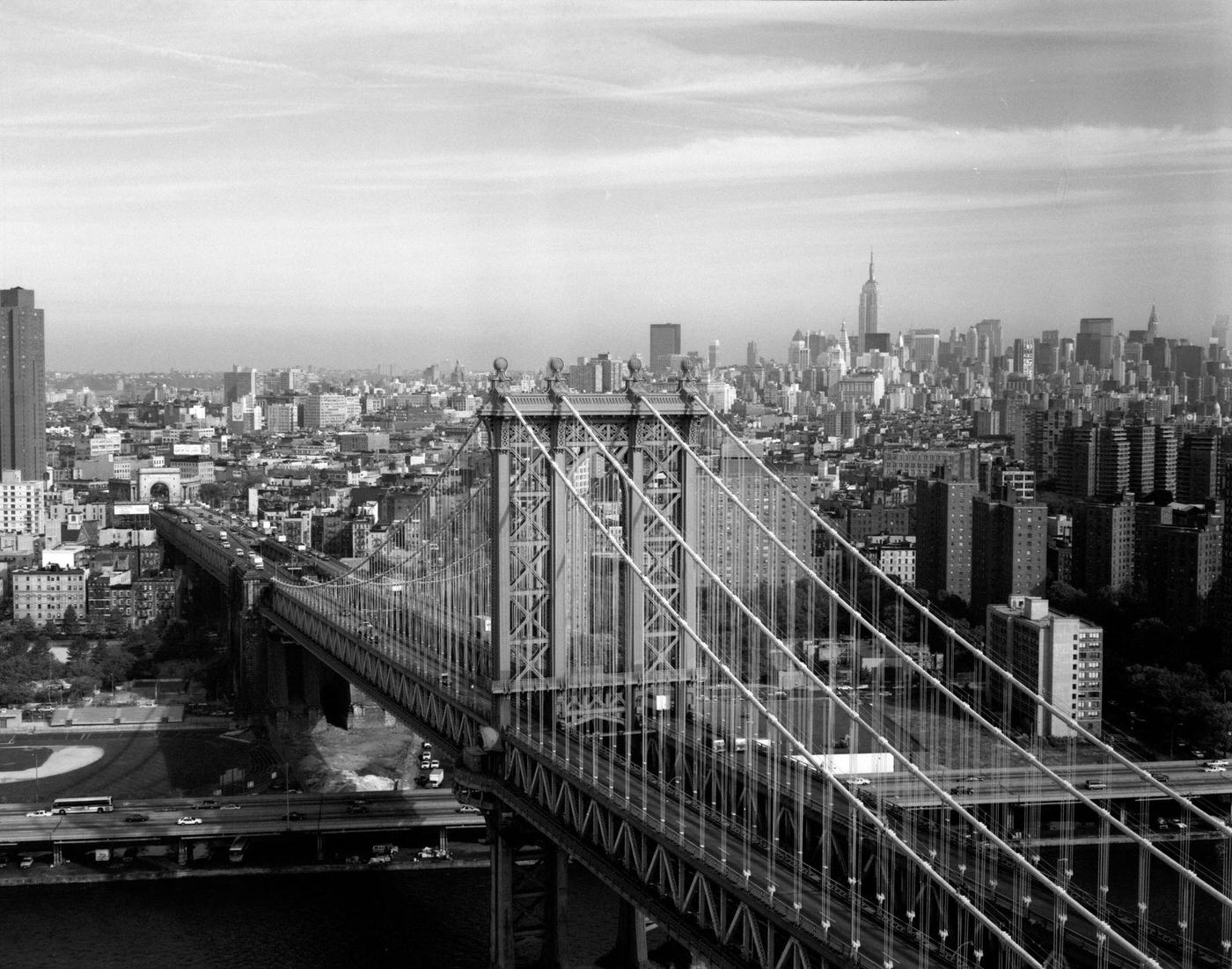
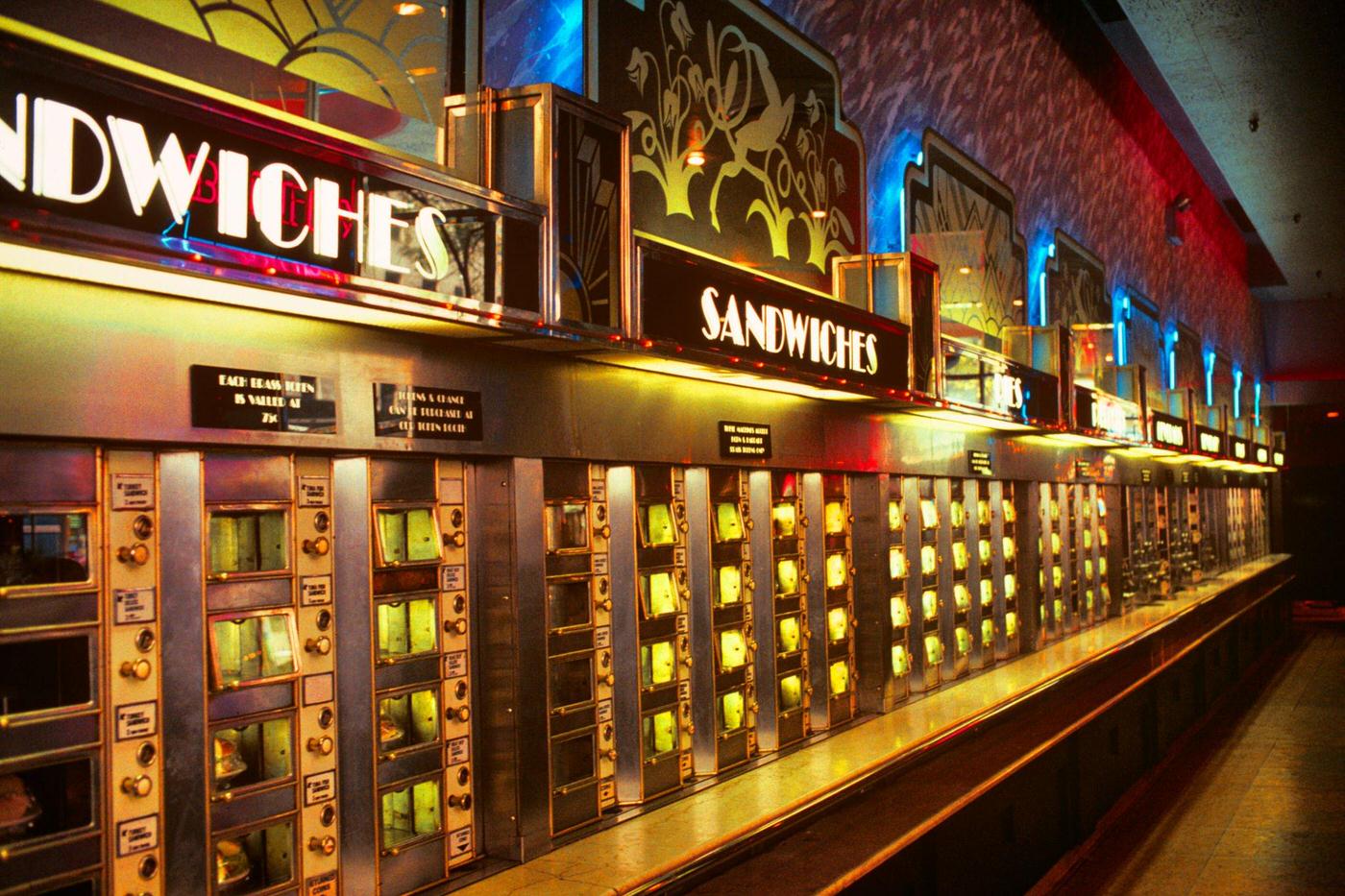
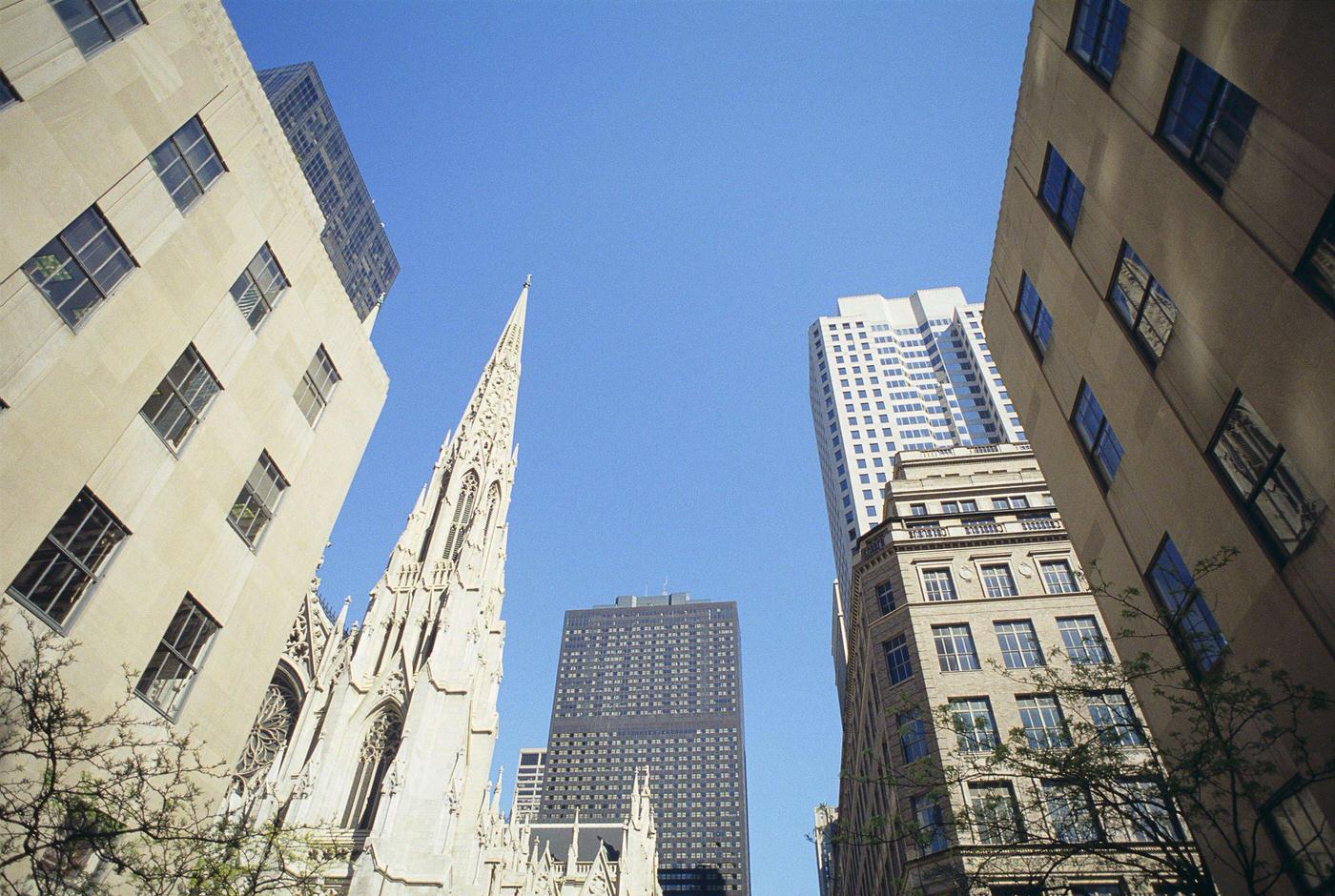
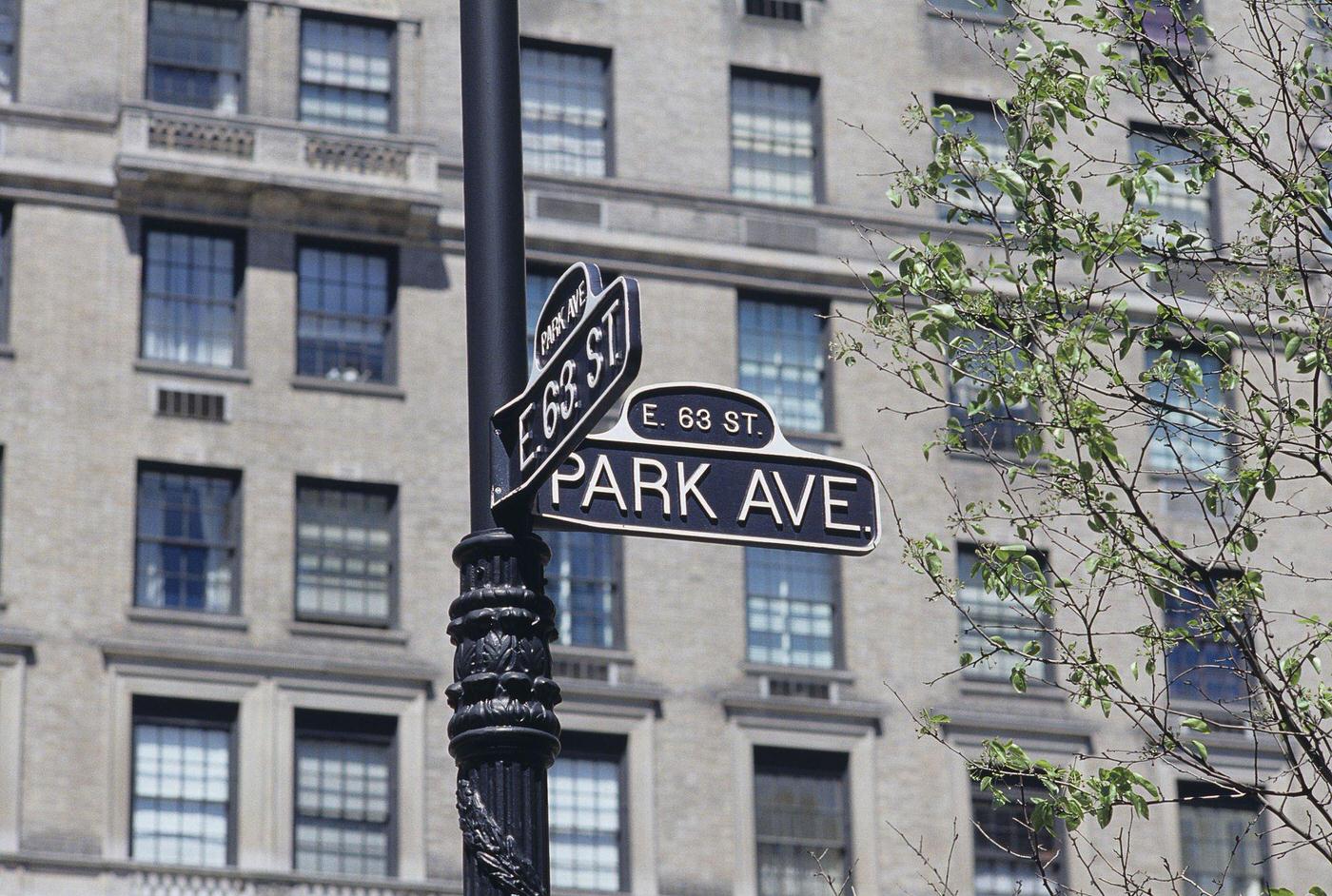
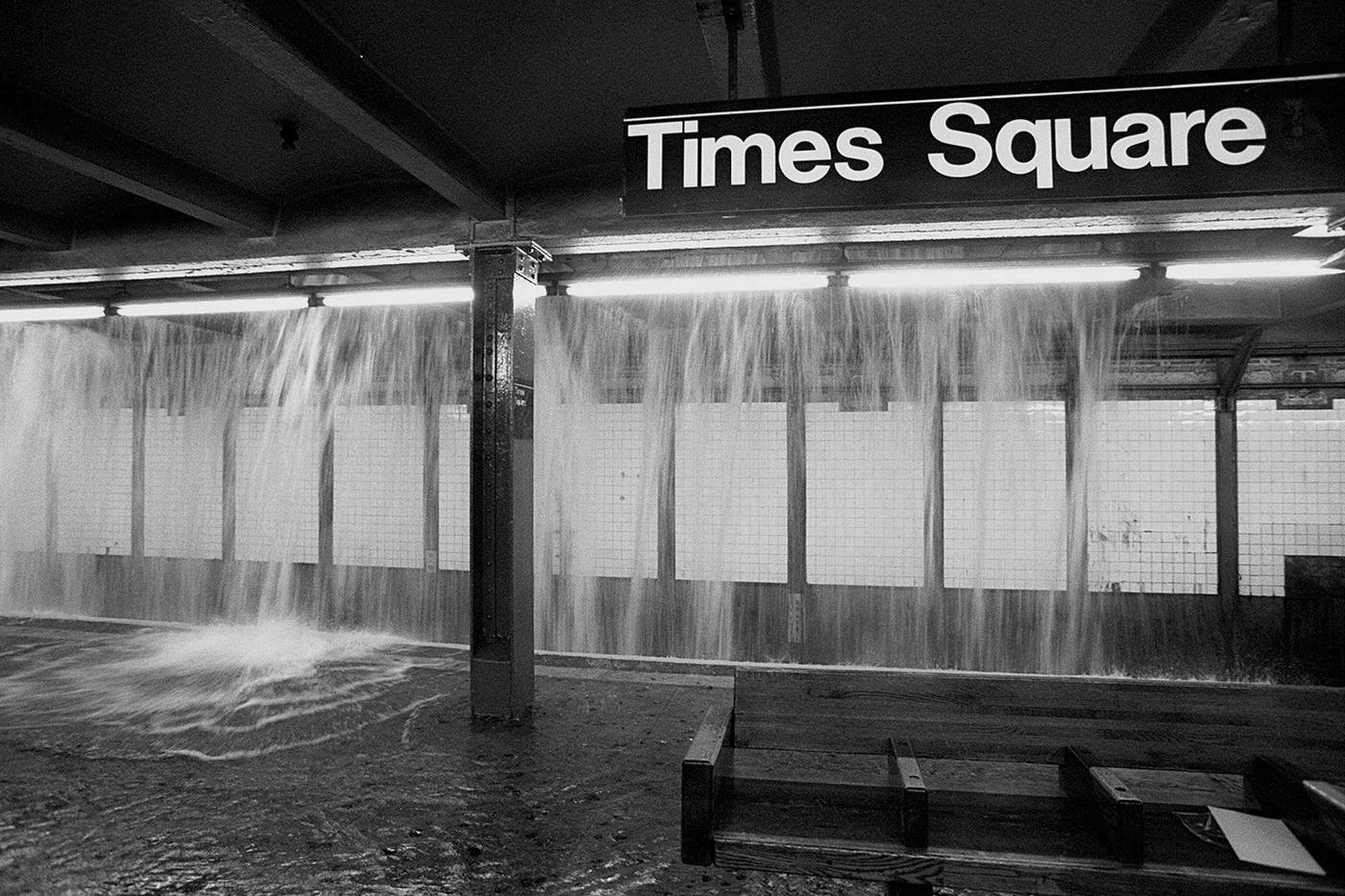

GIPHY App Key not set. Please check settings